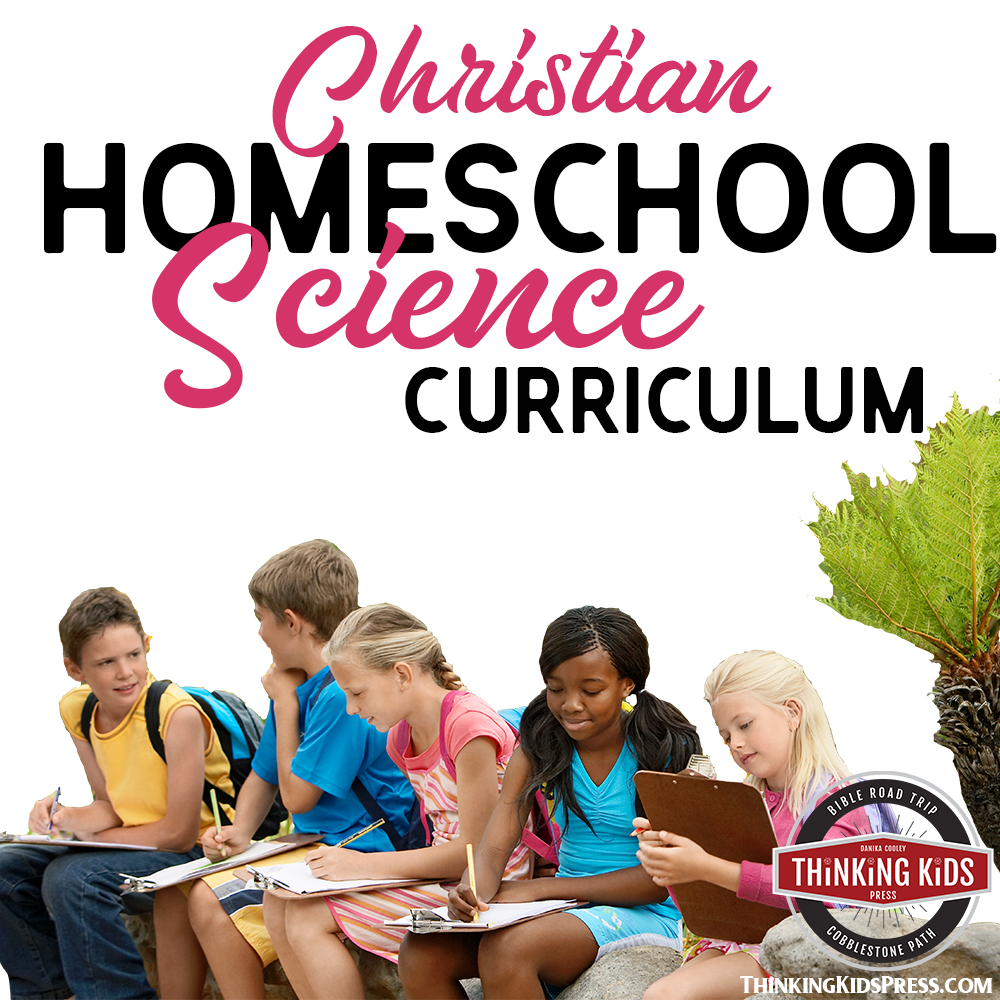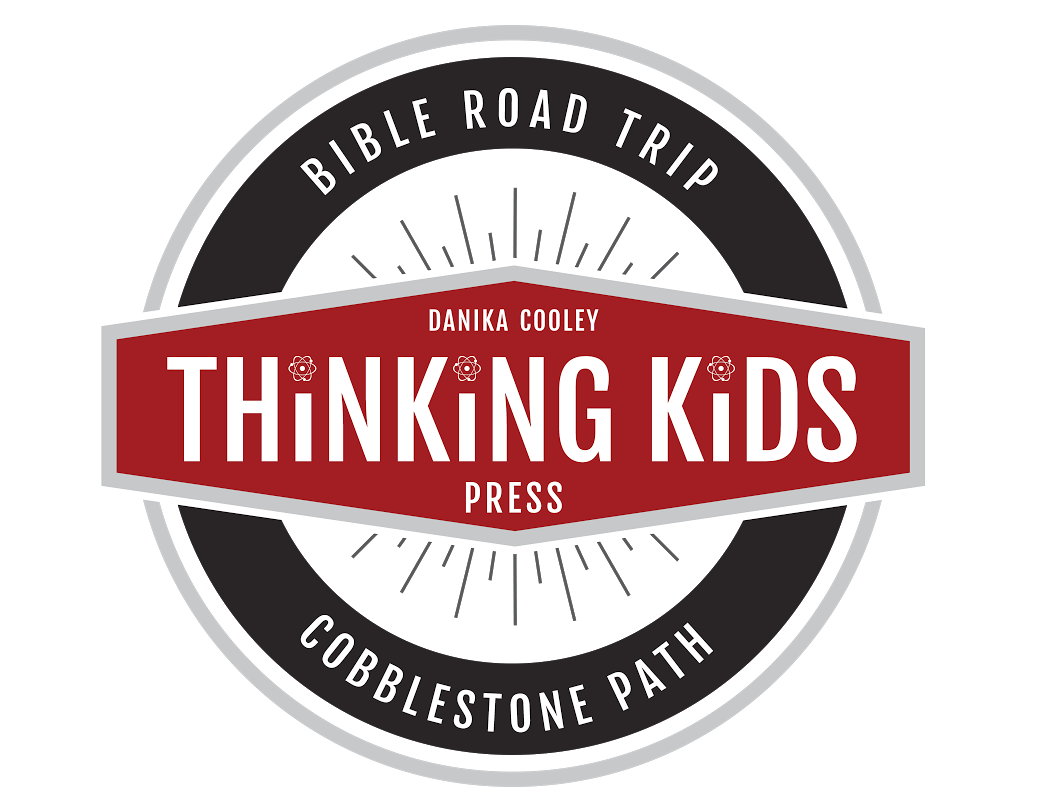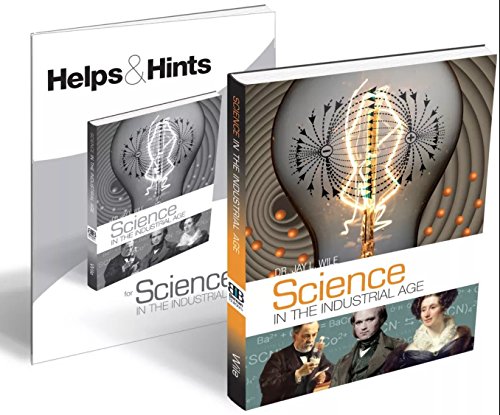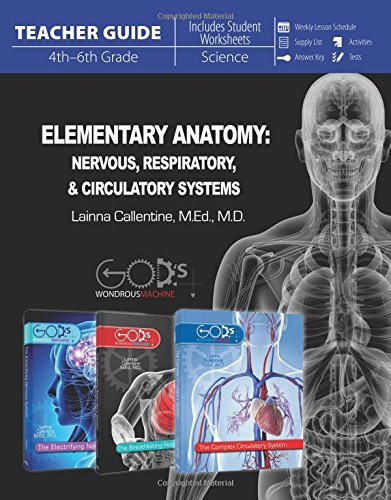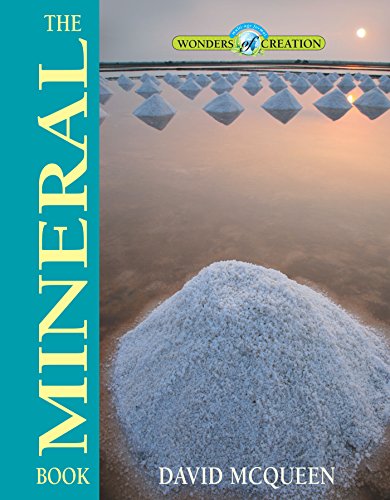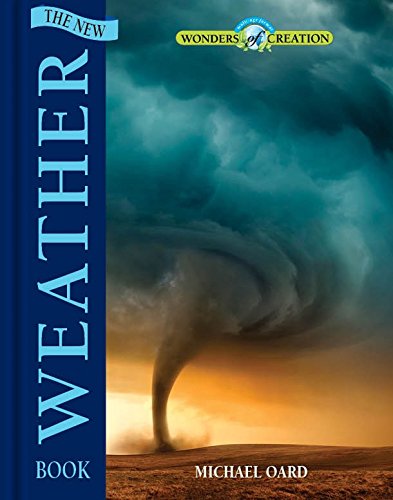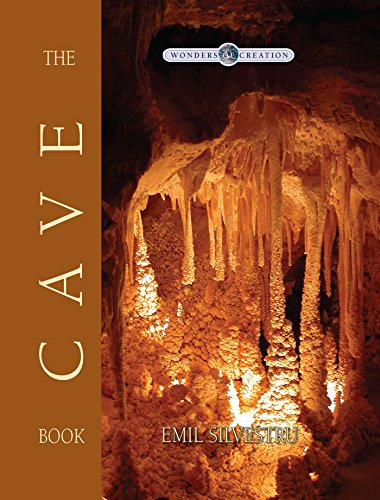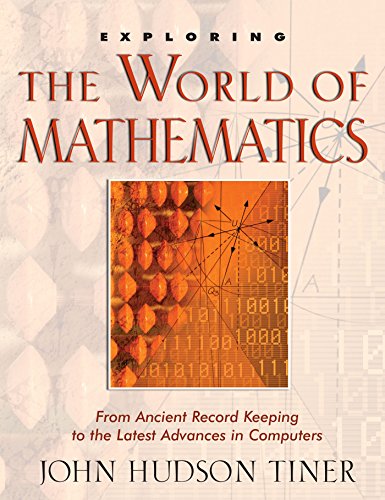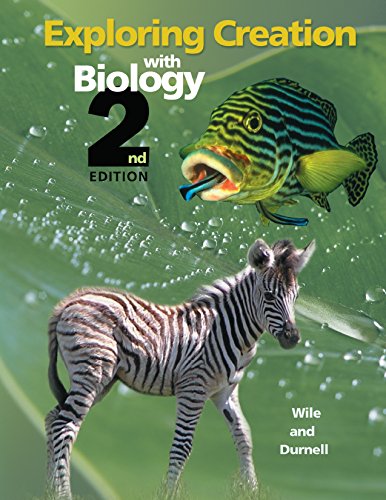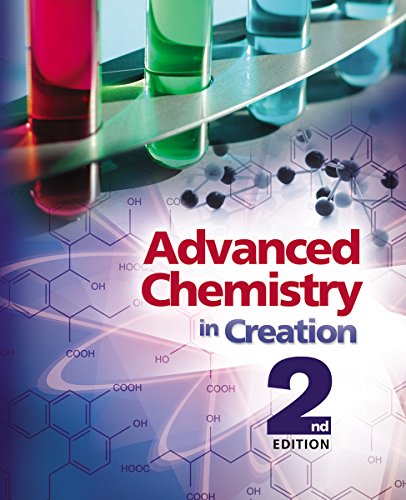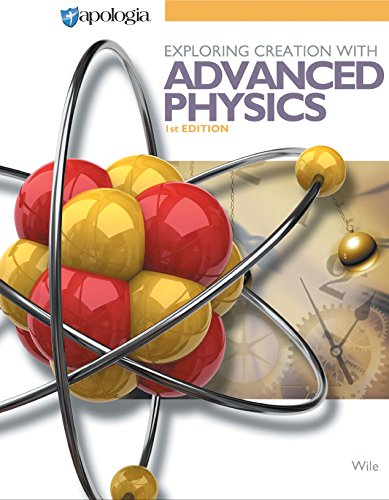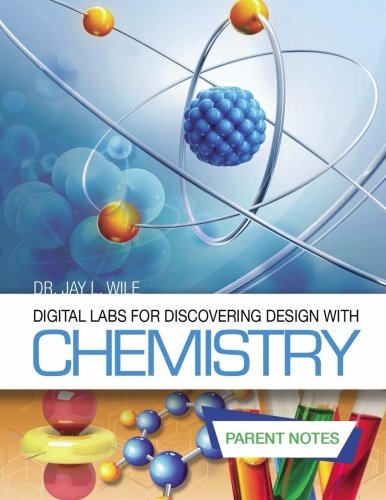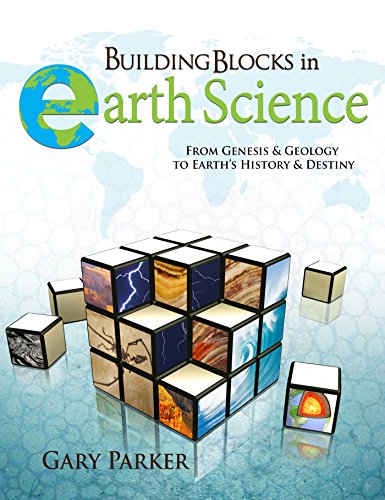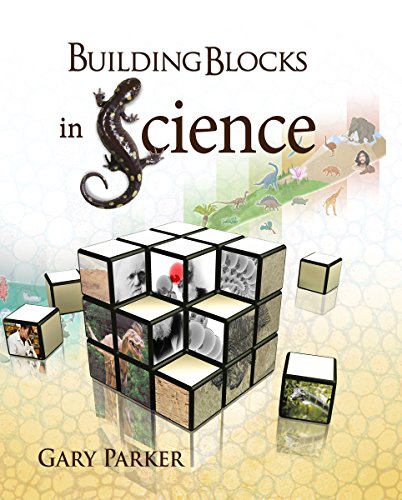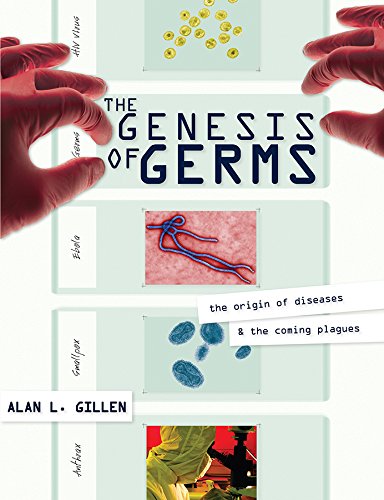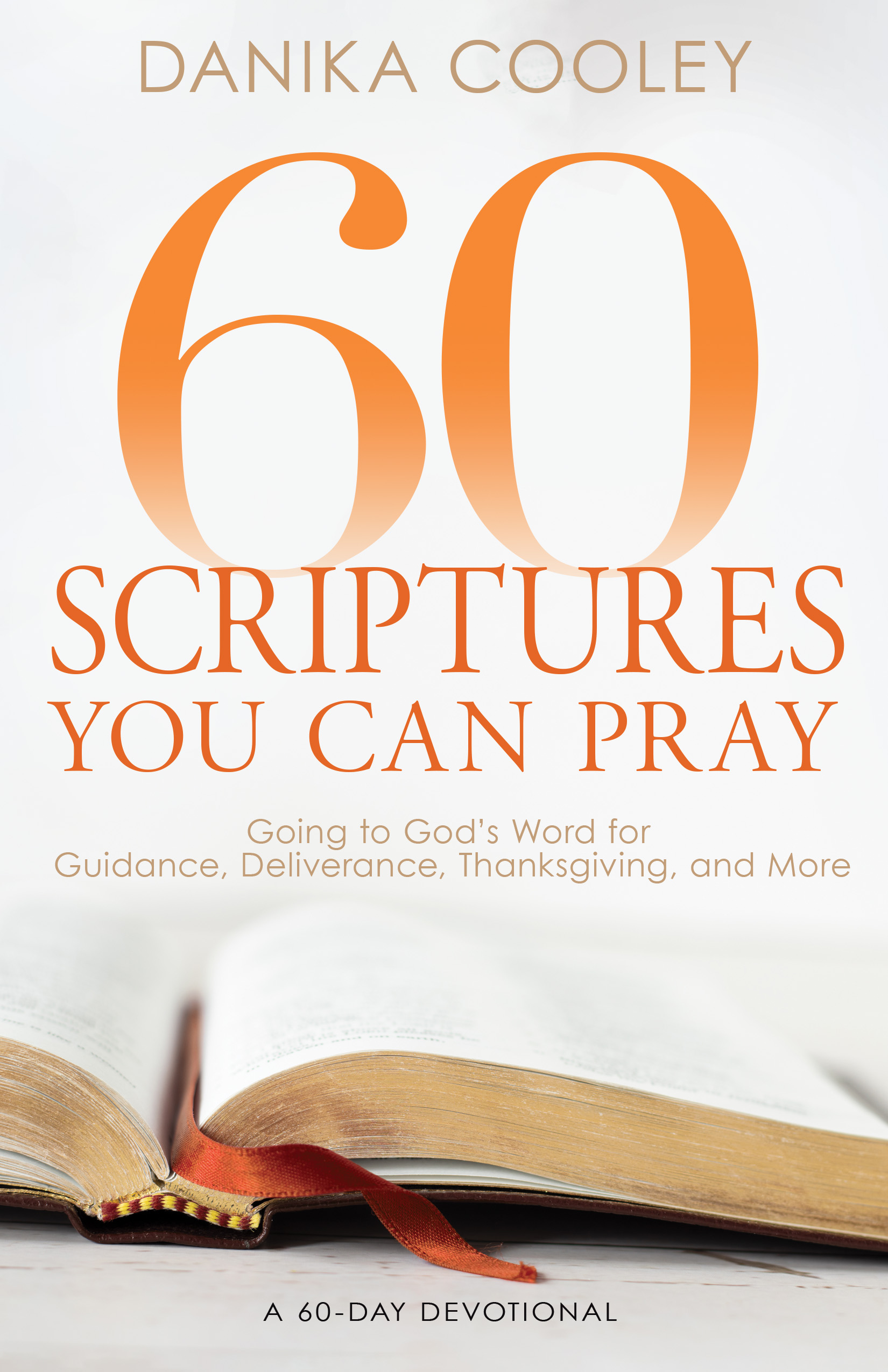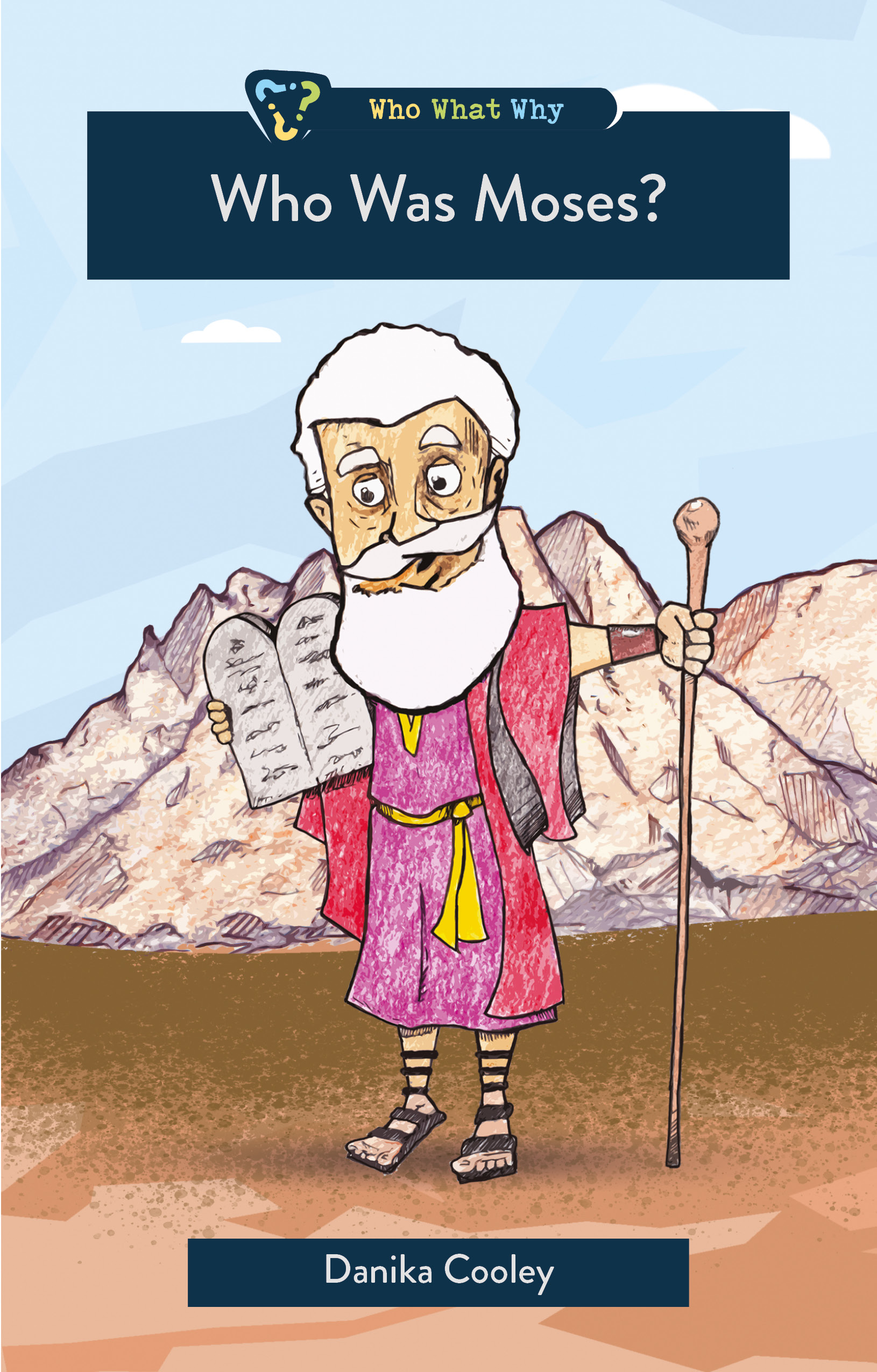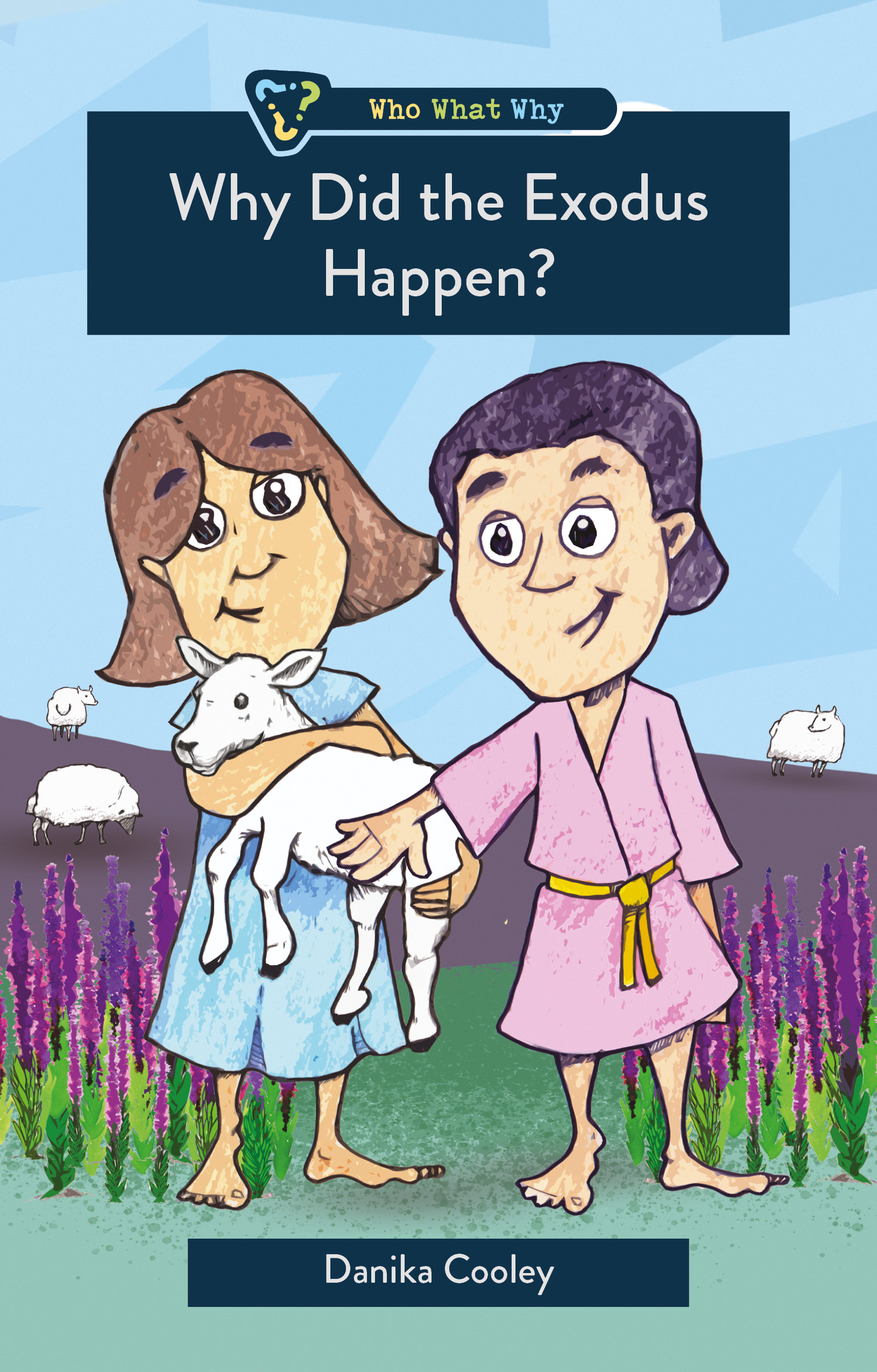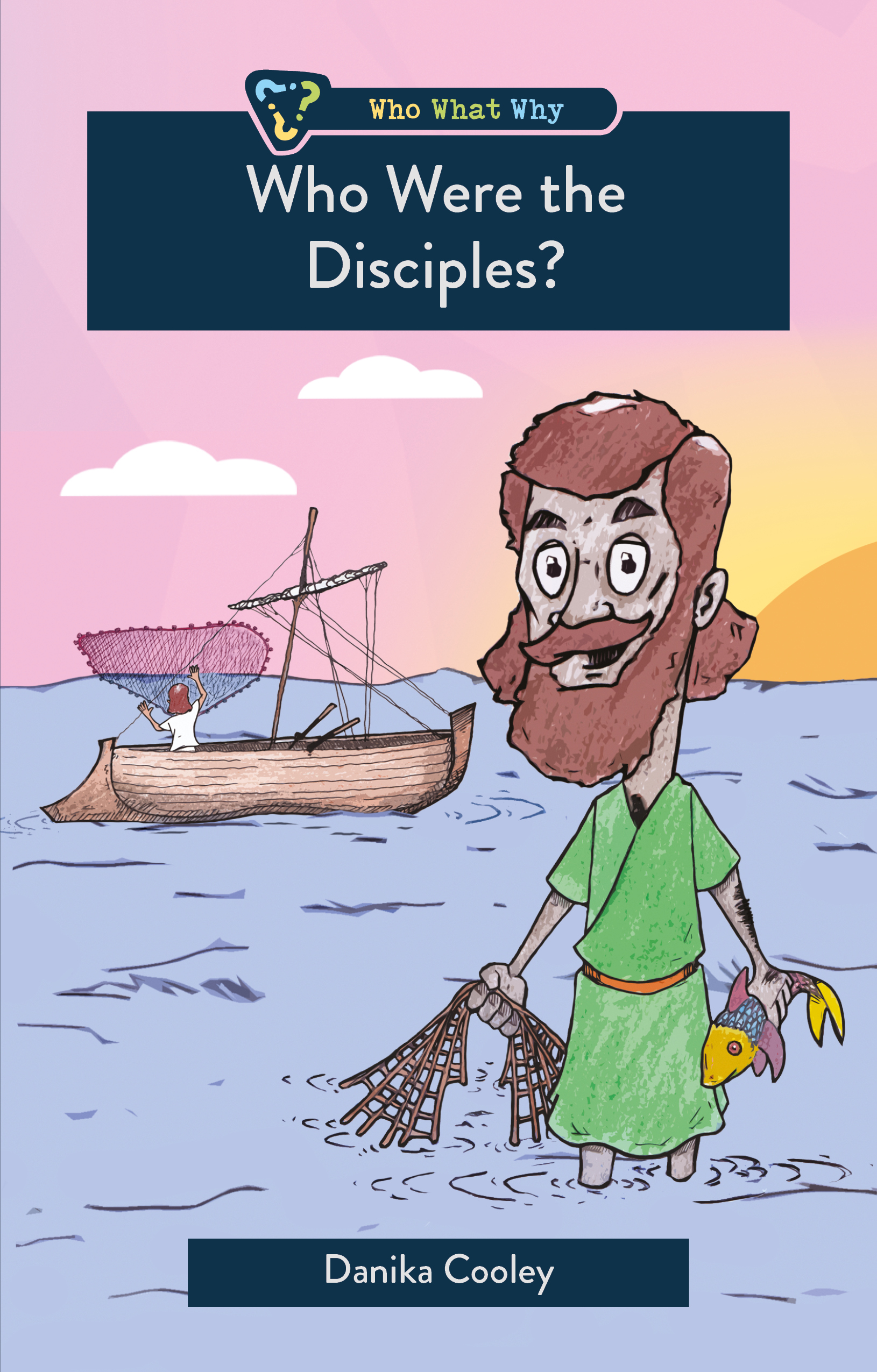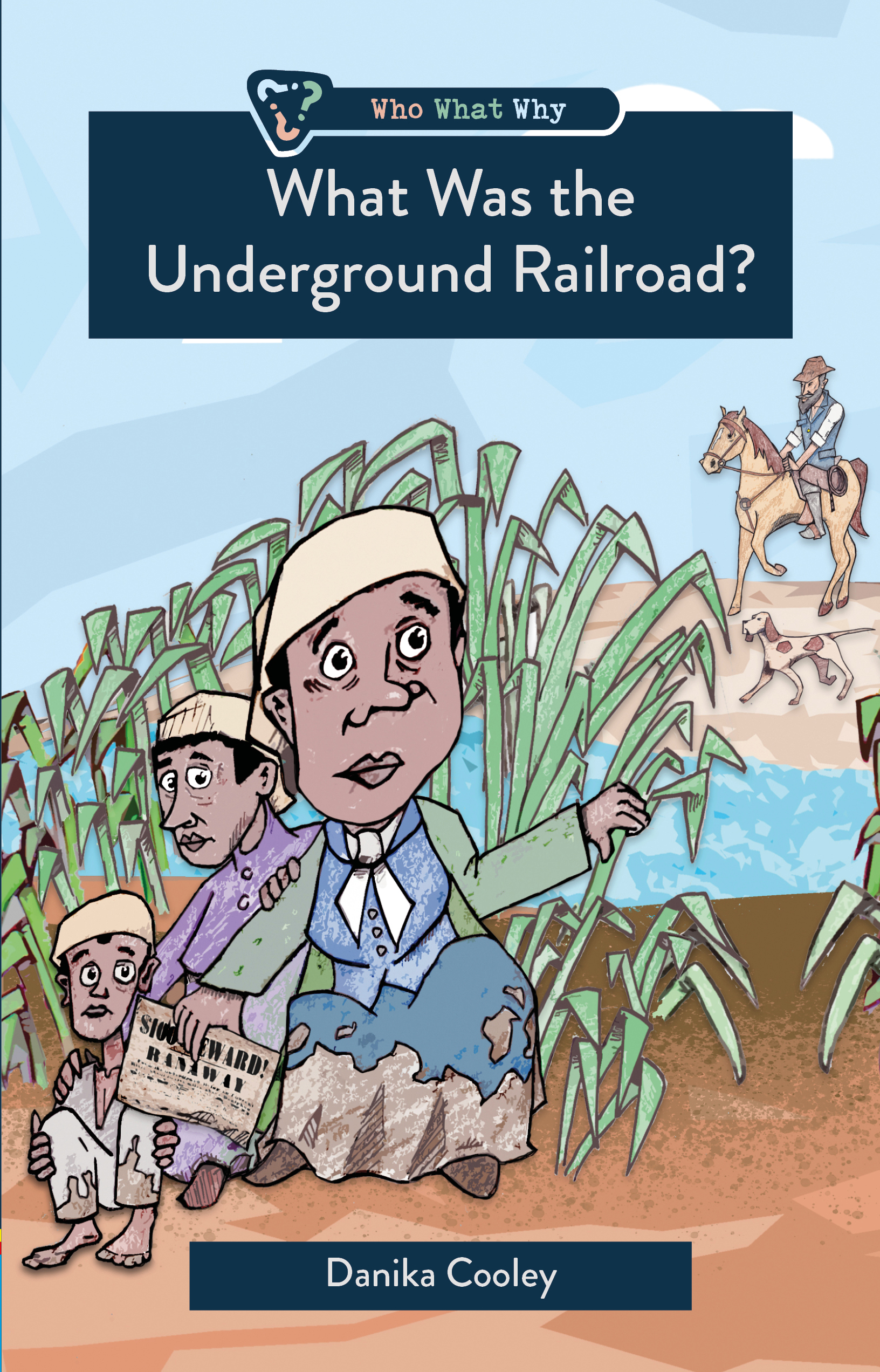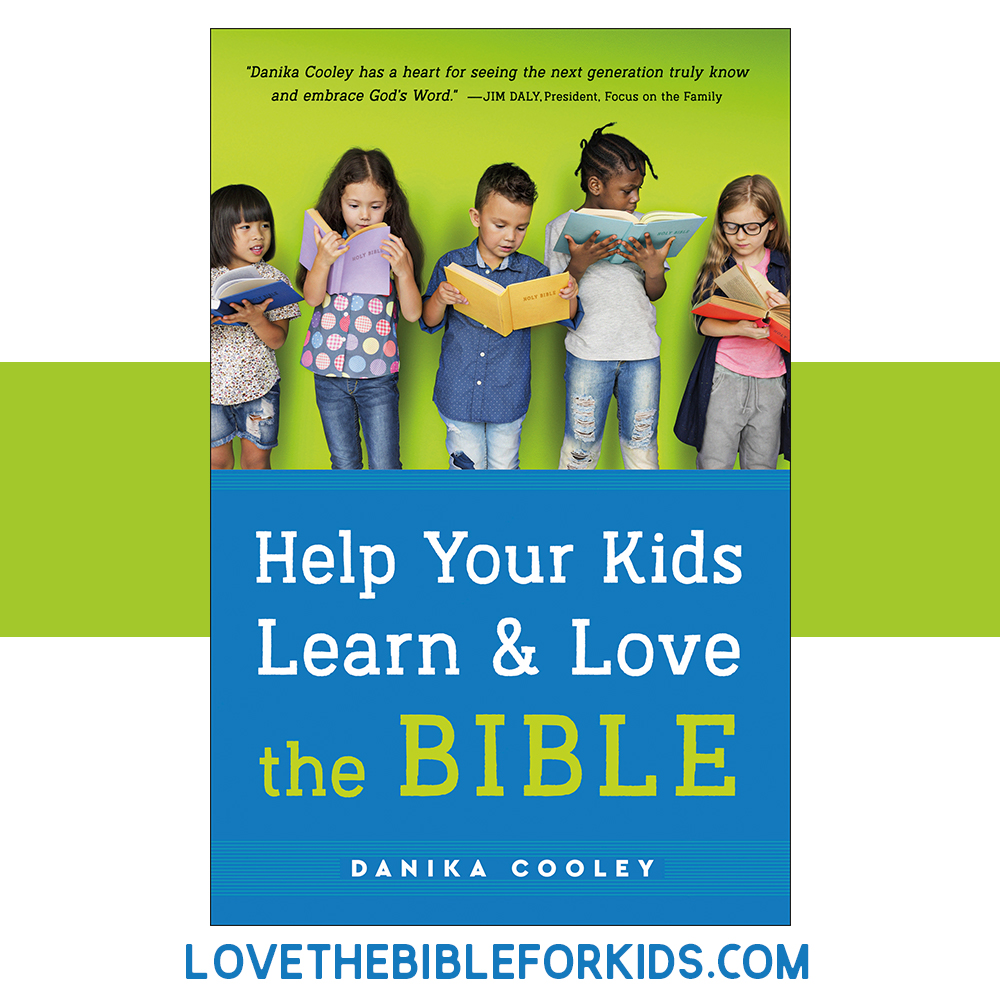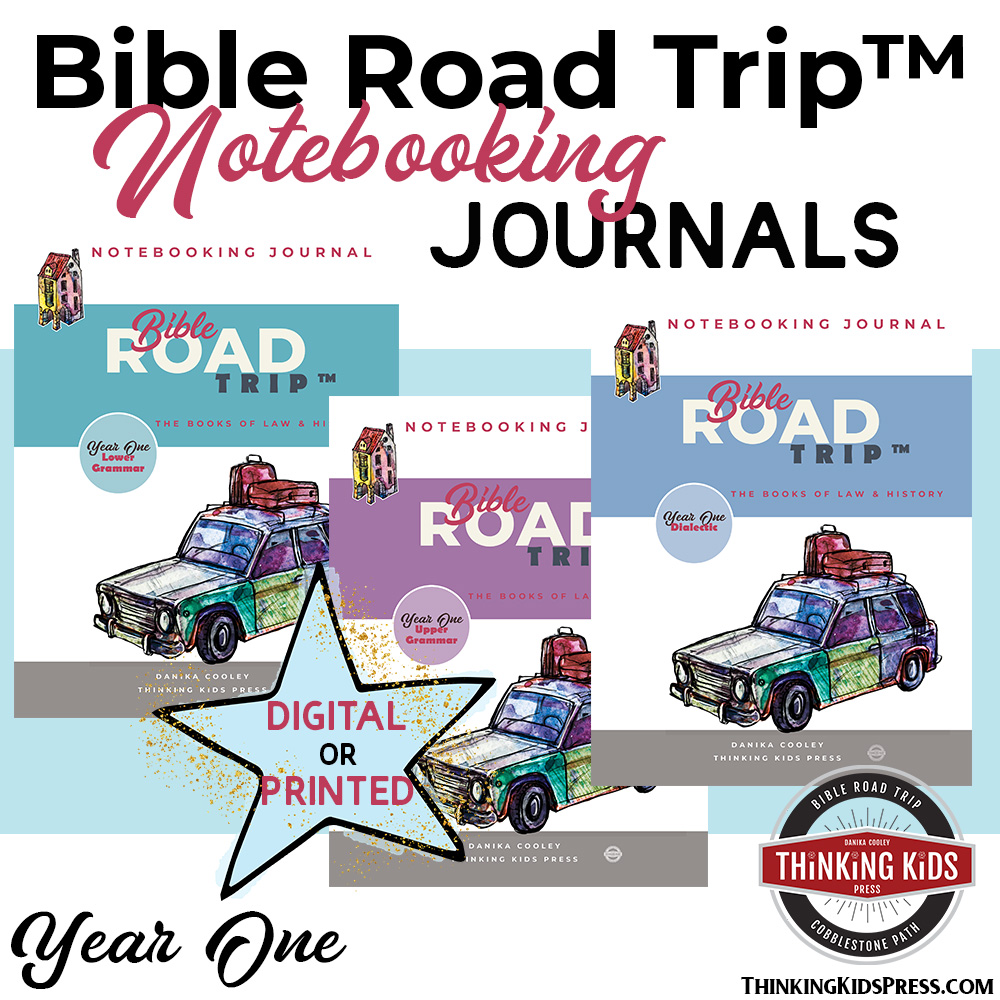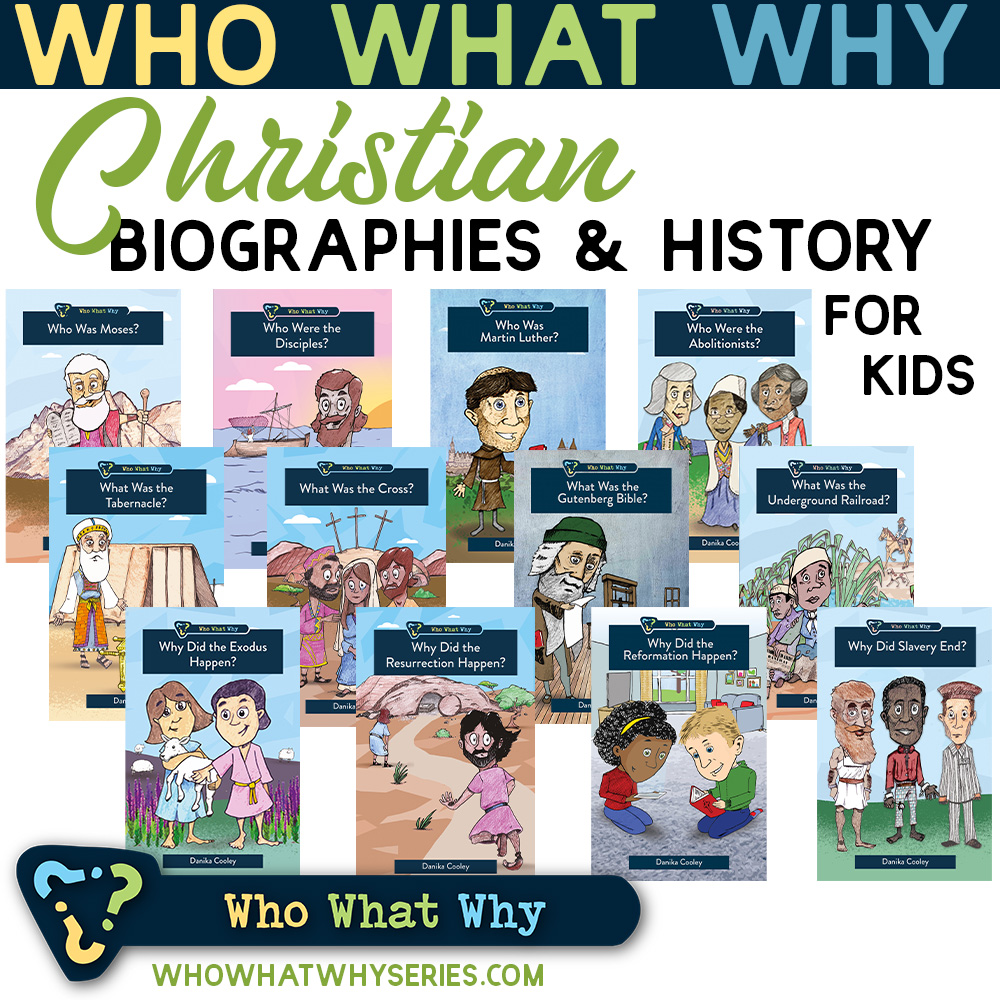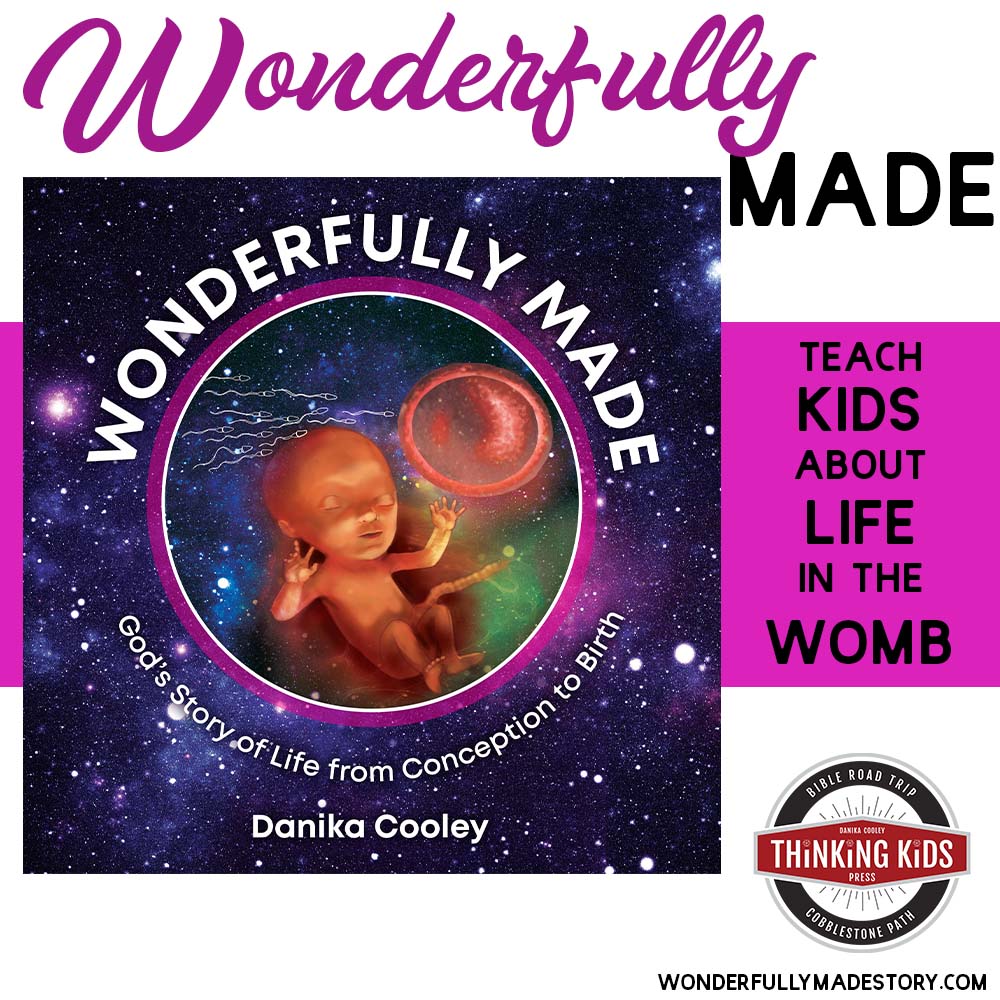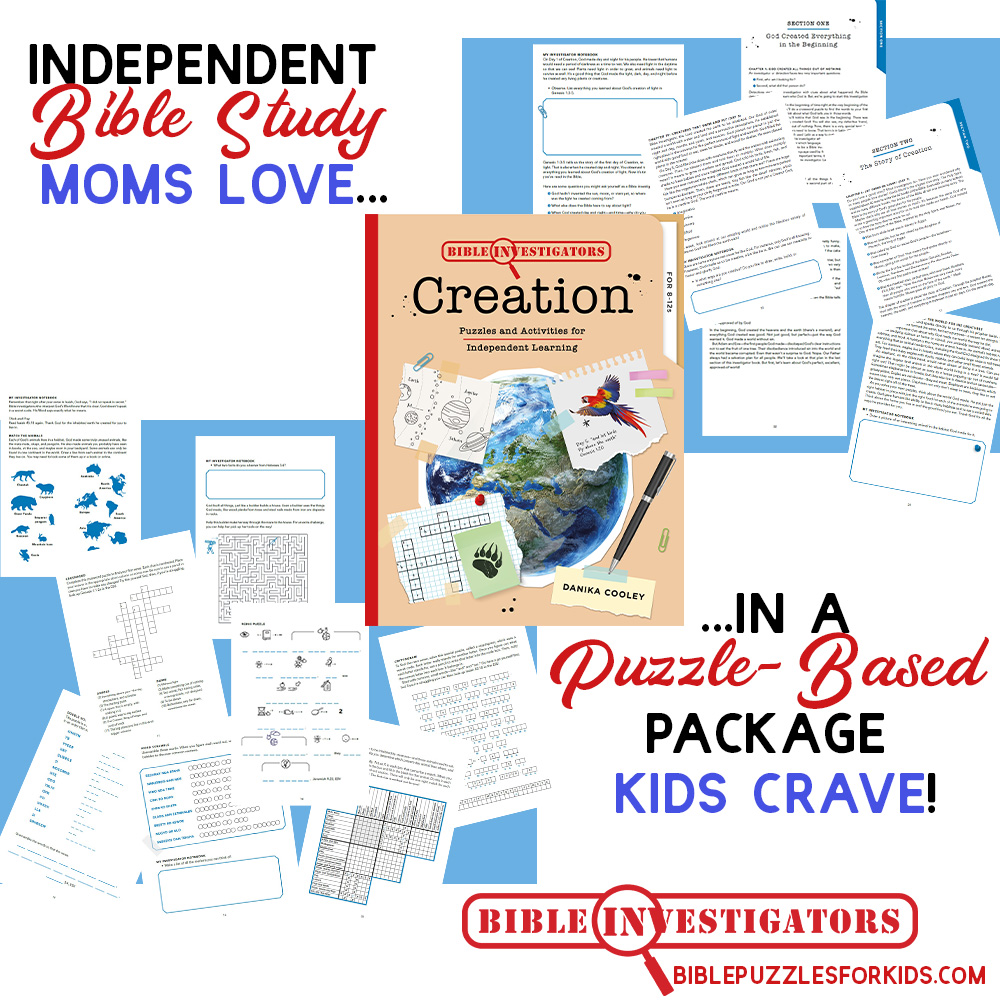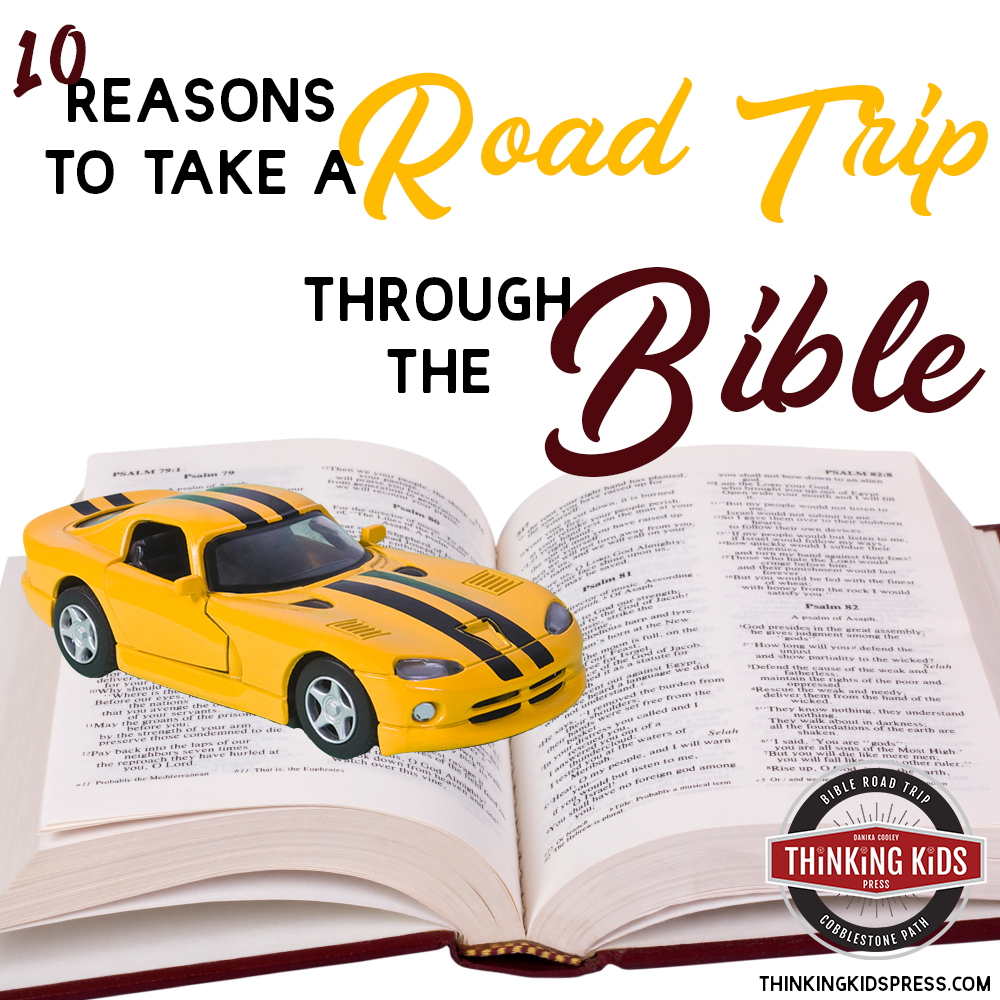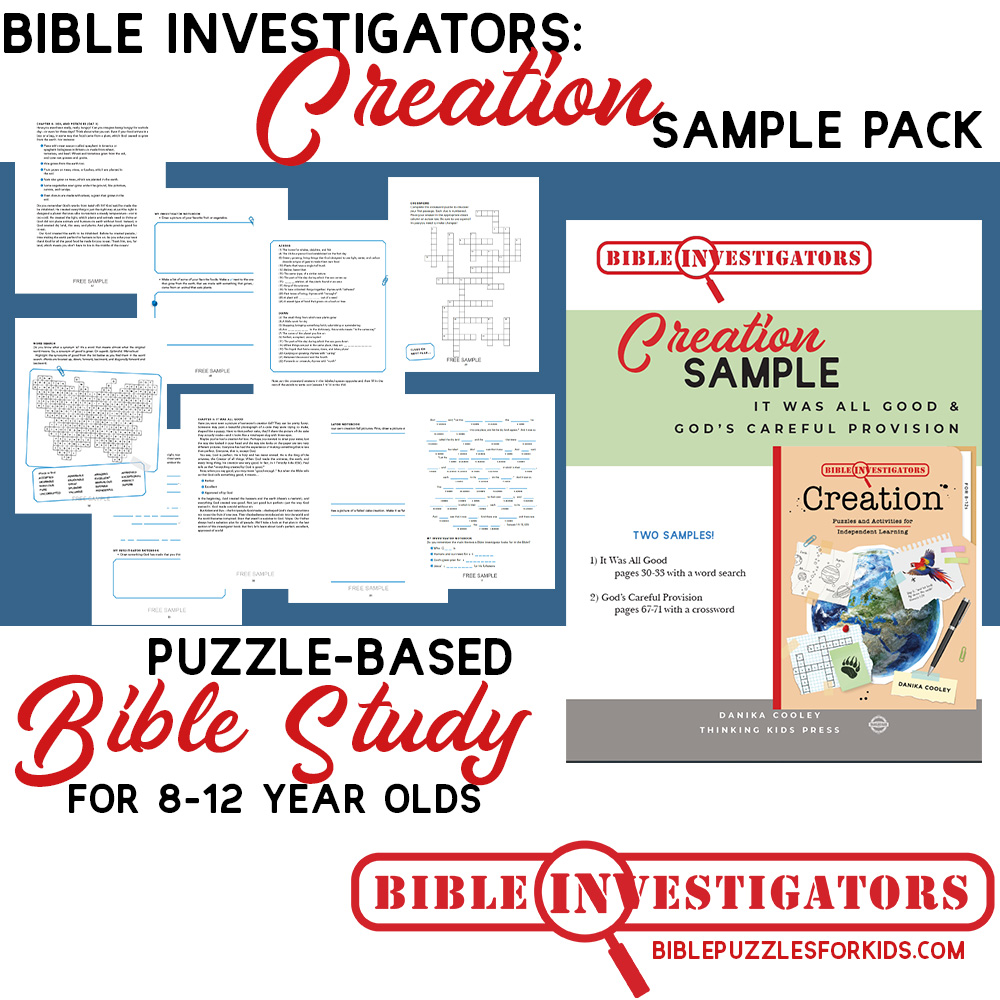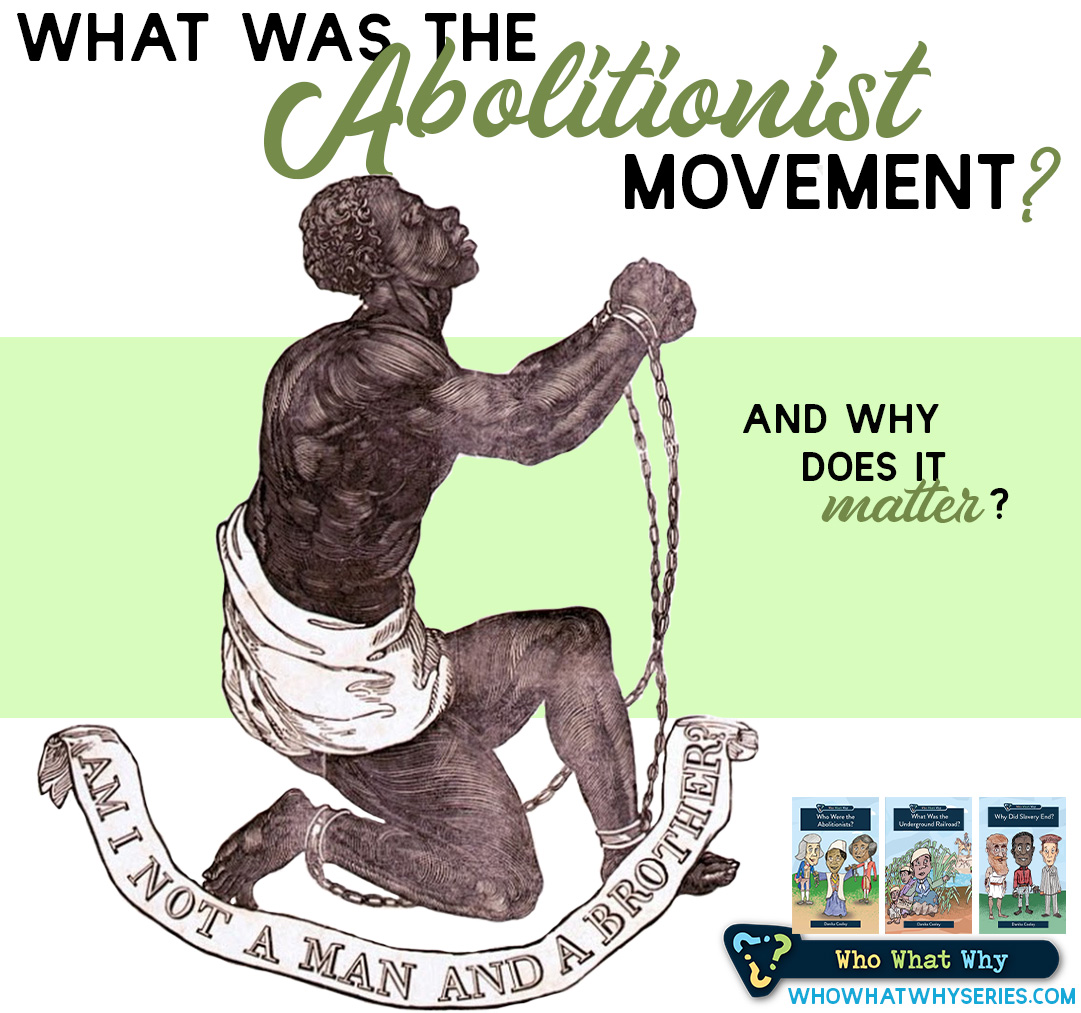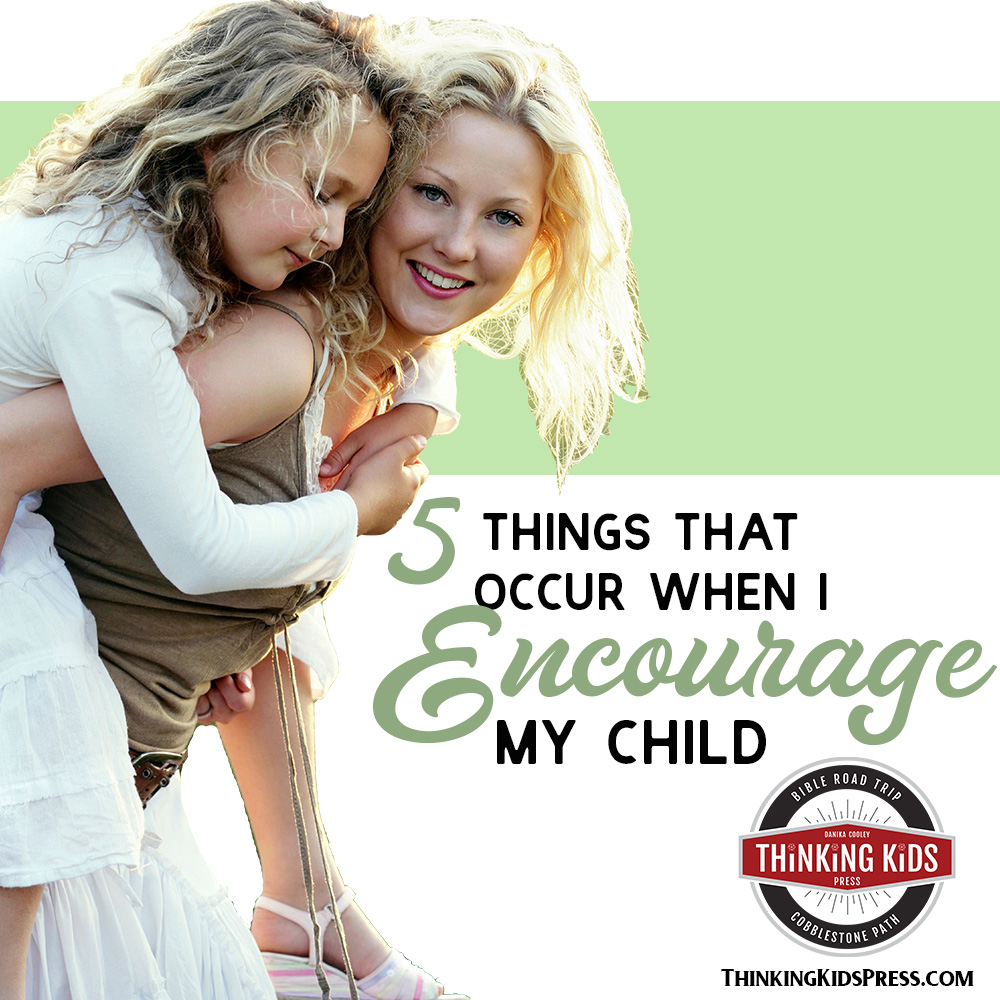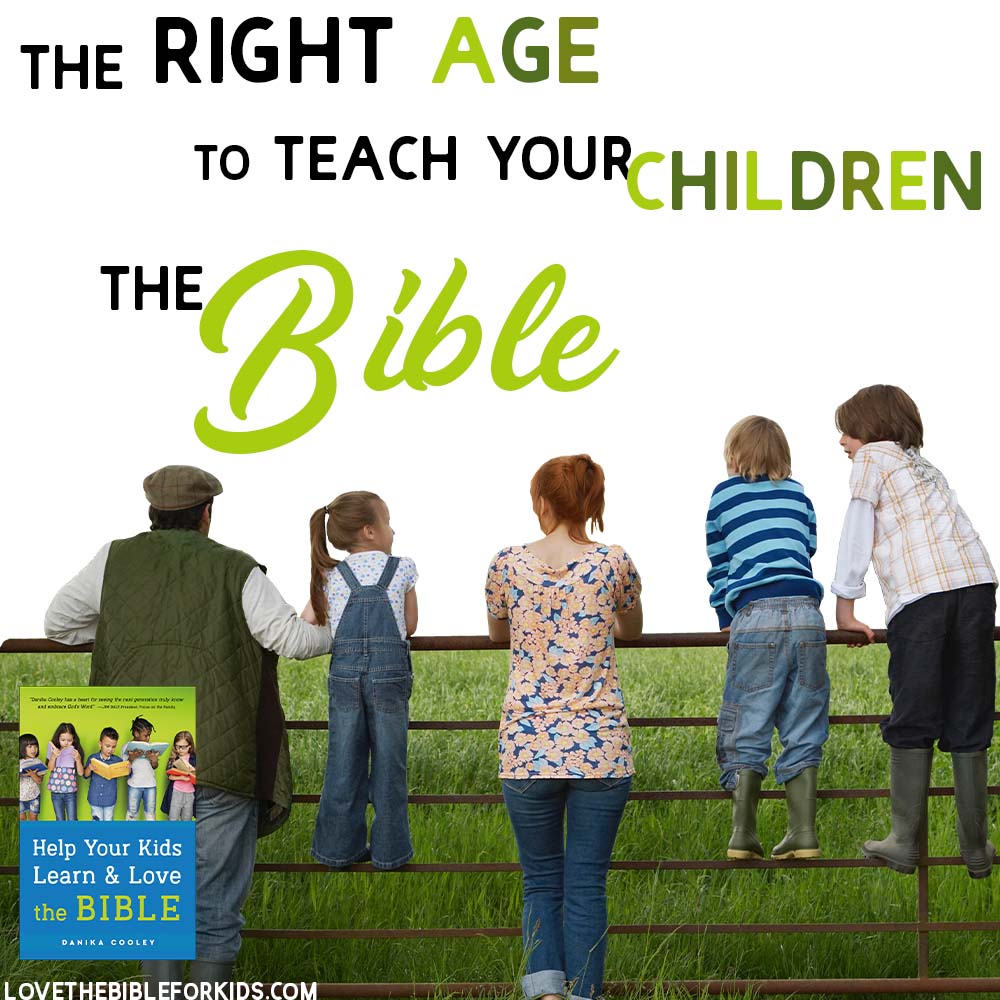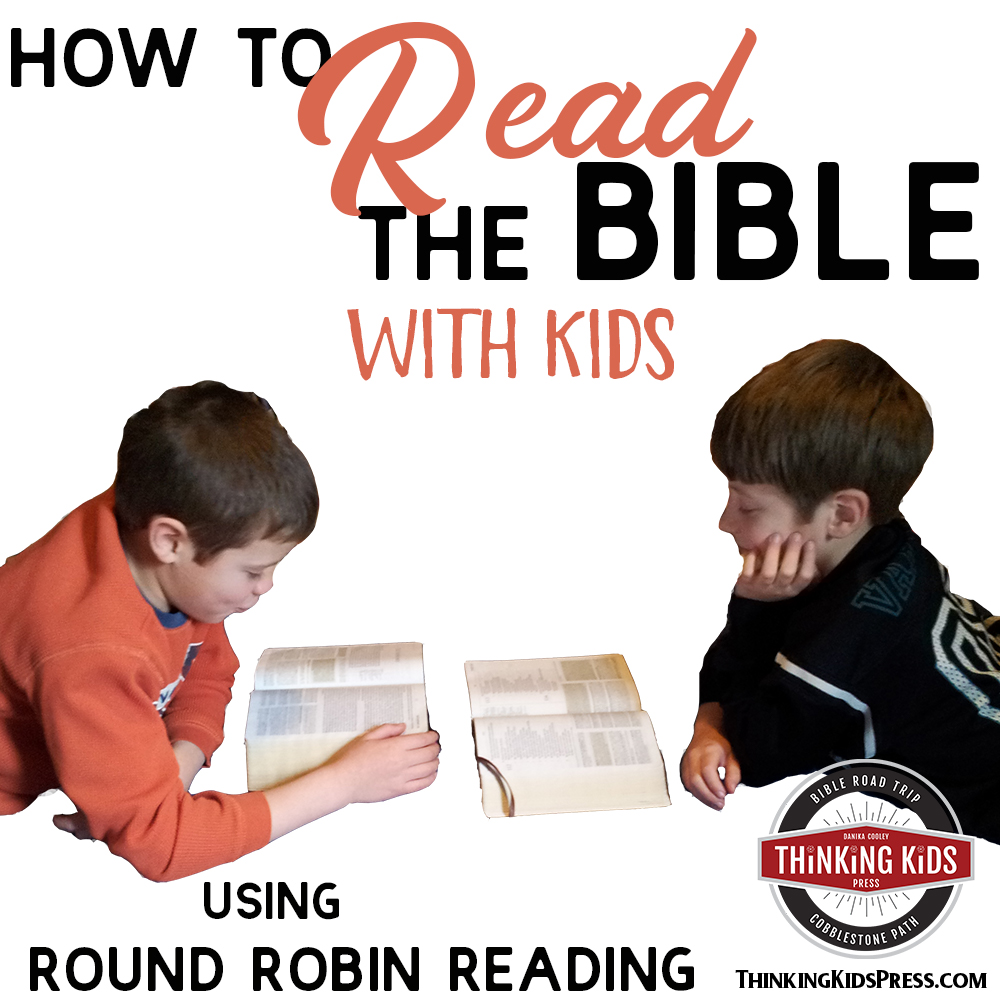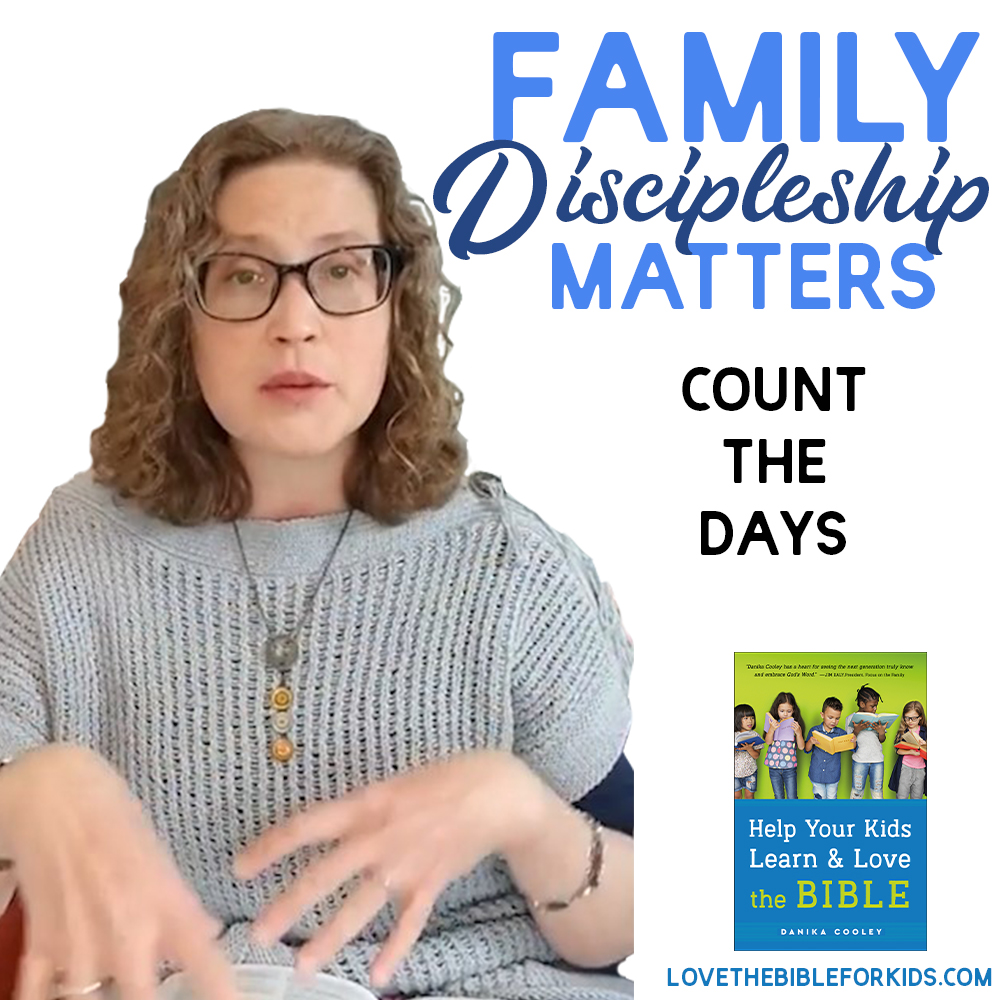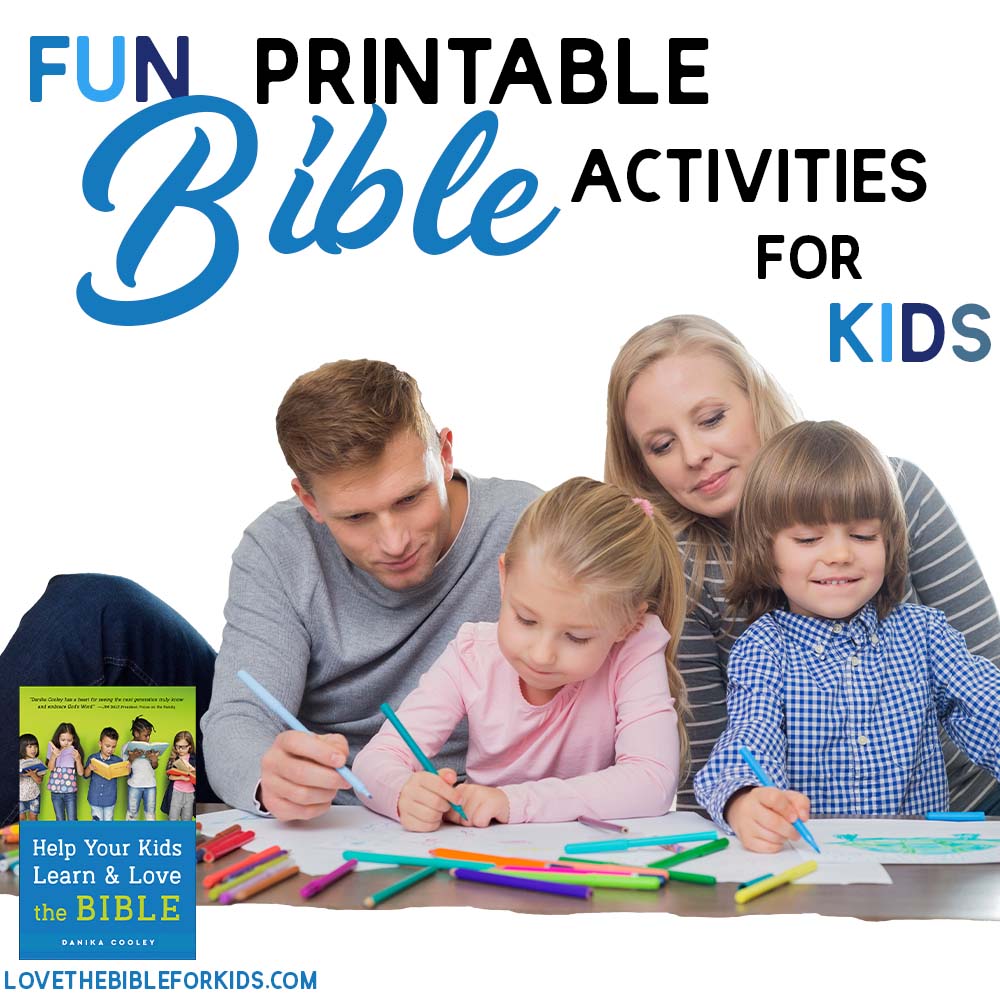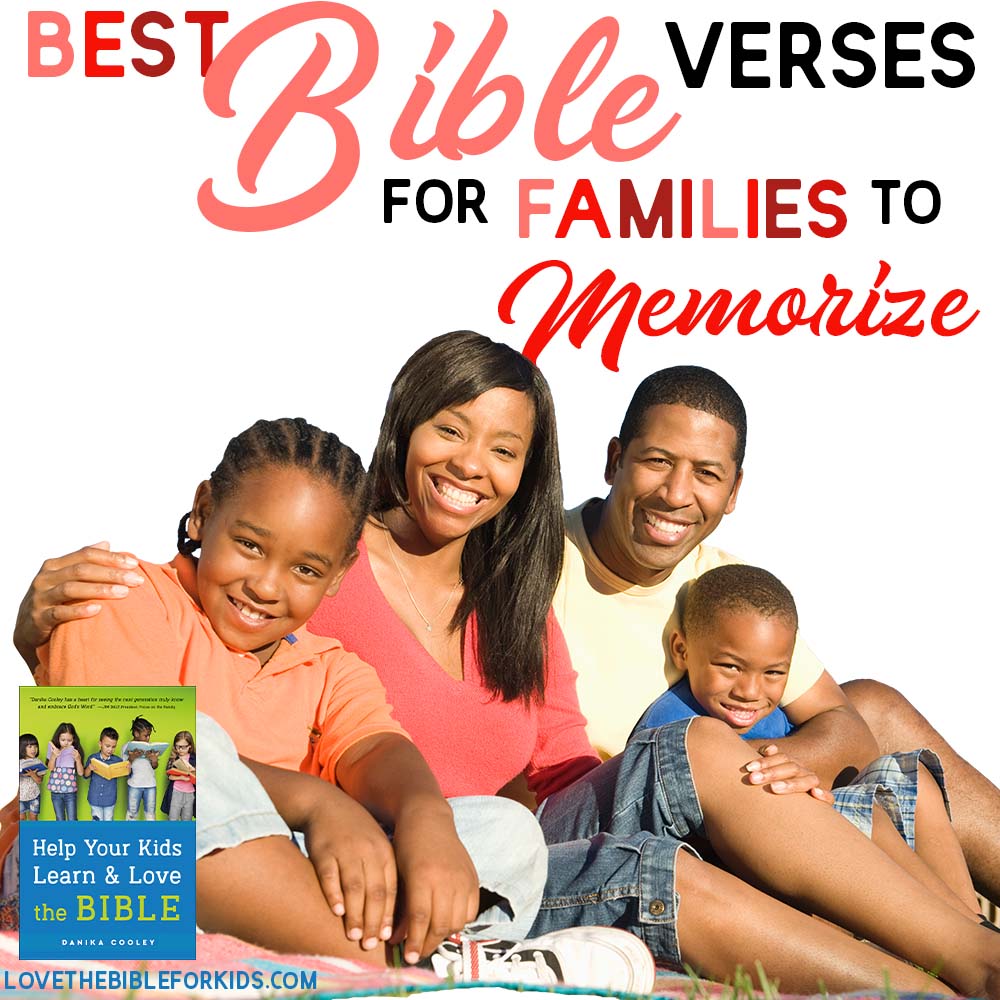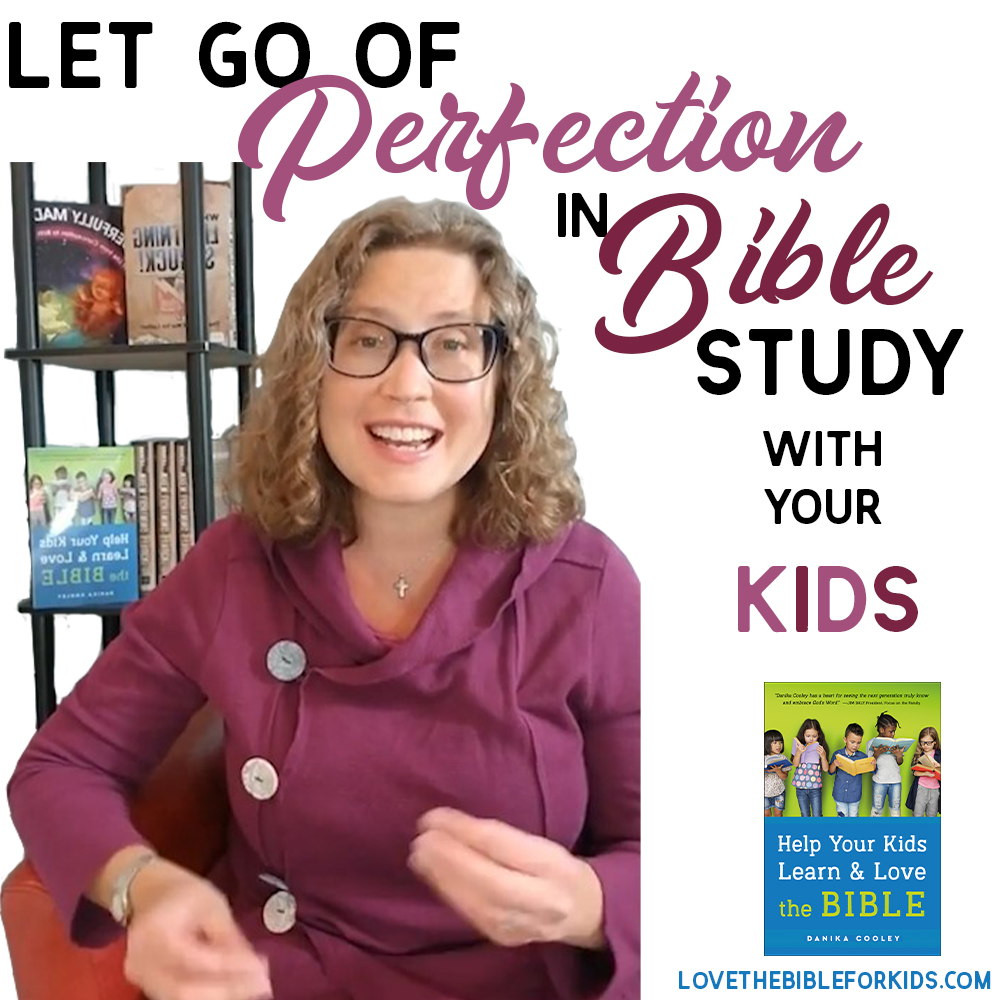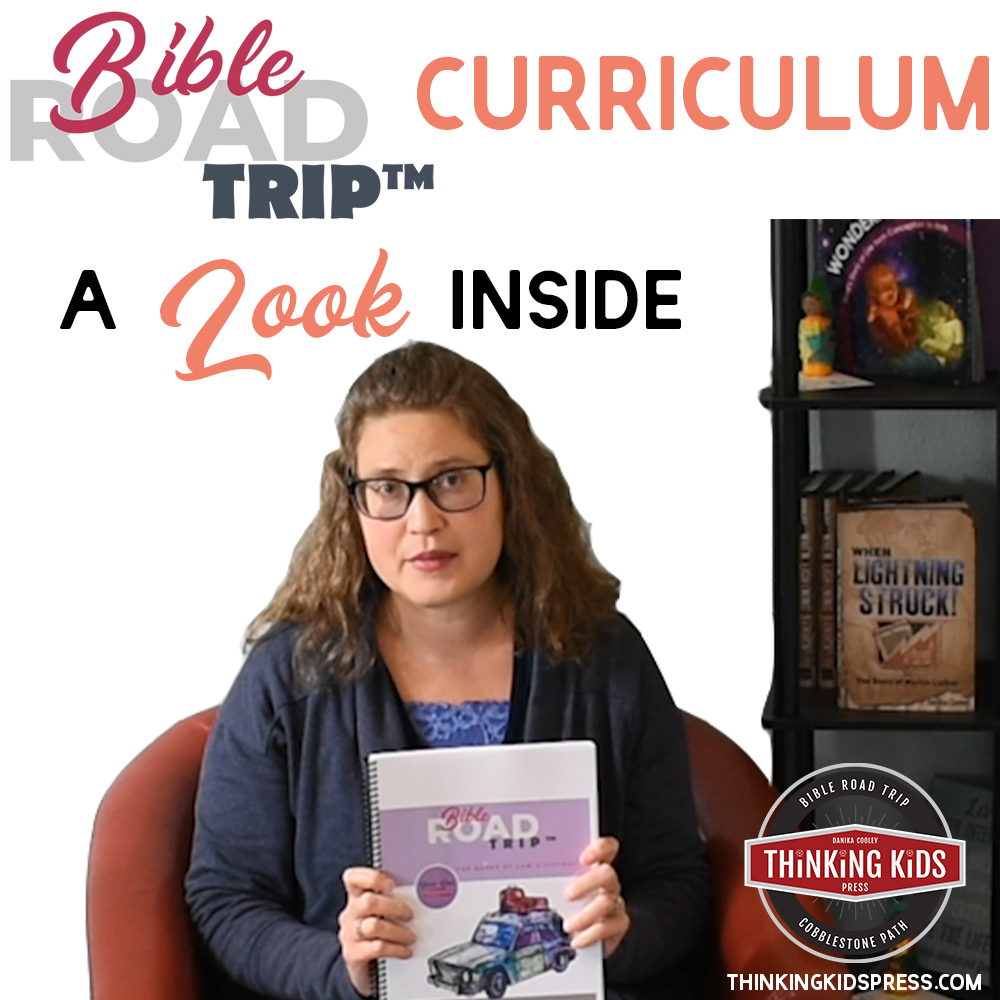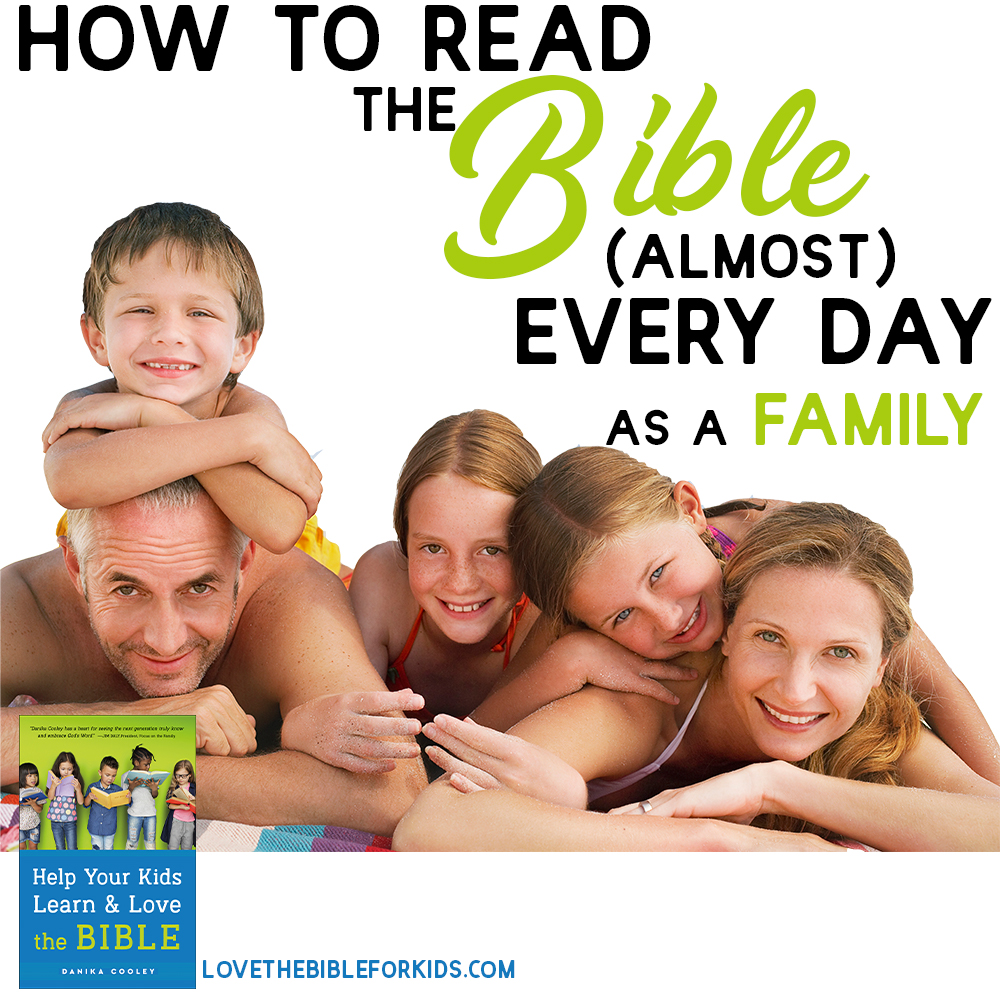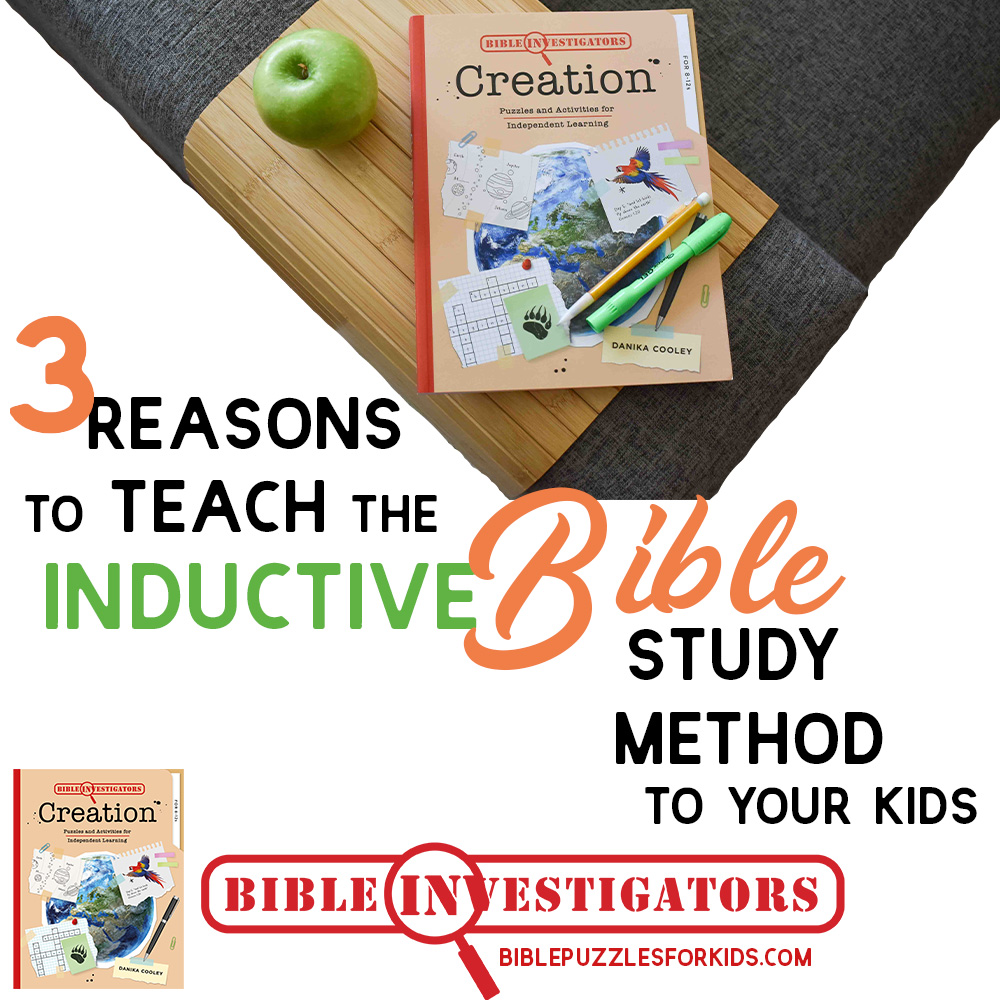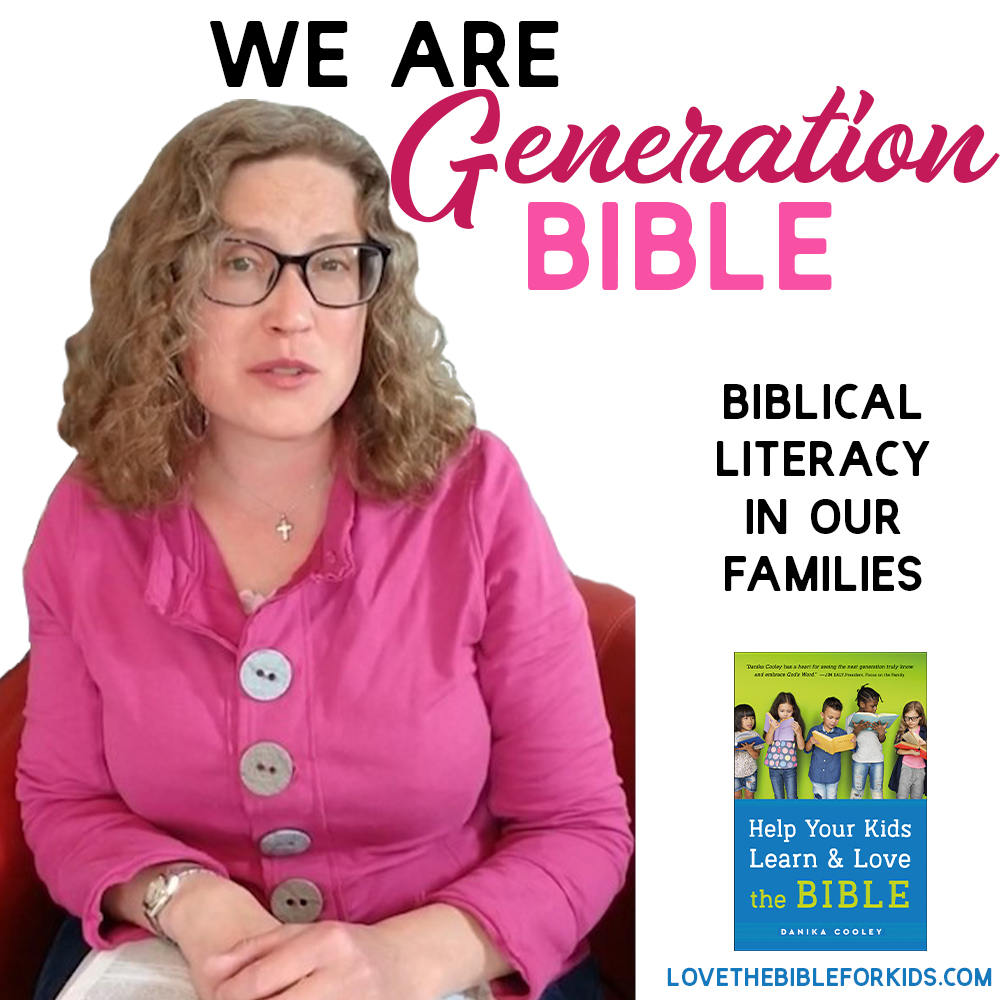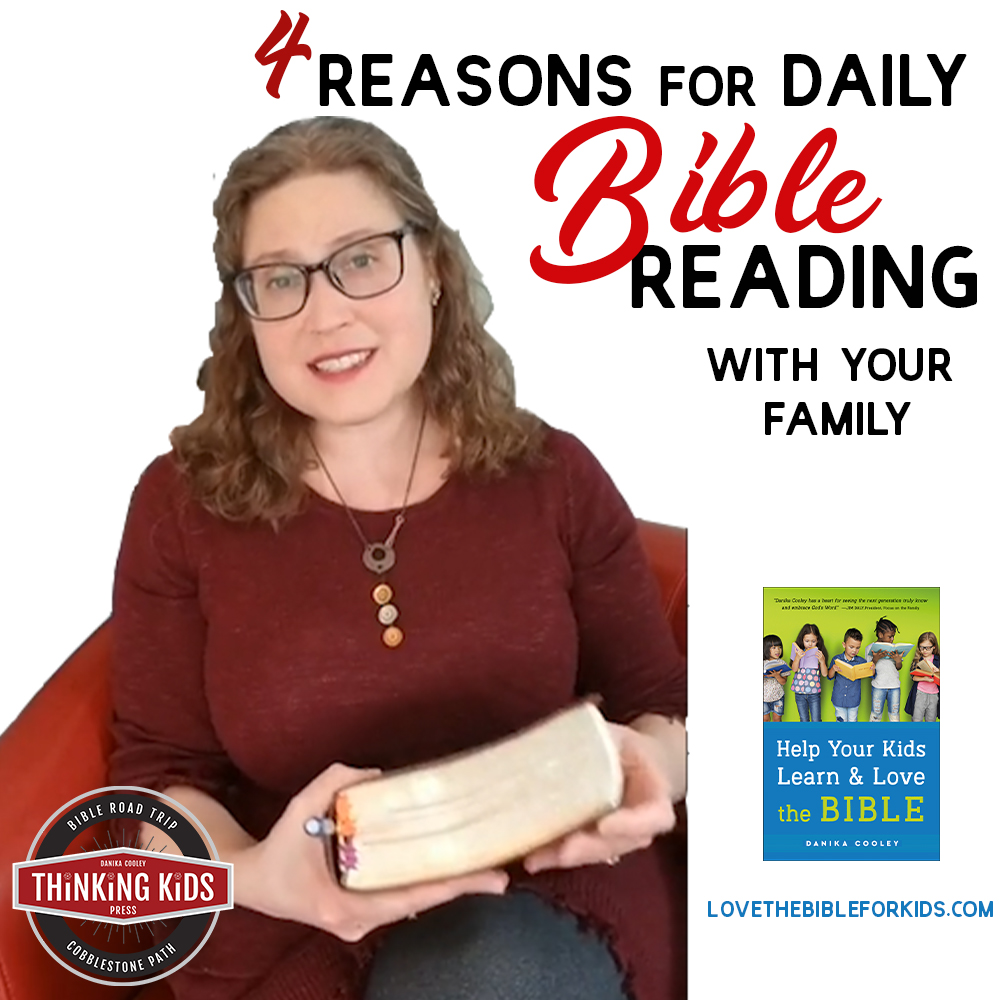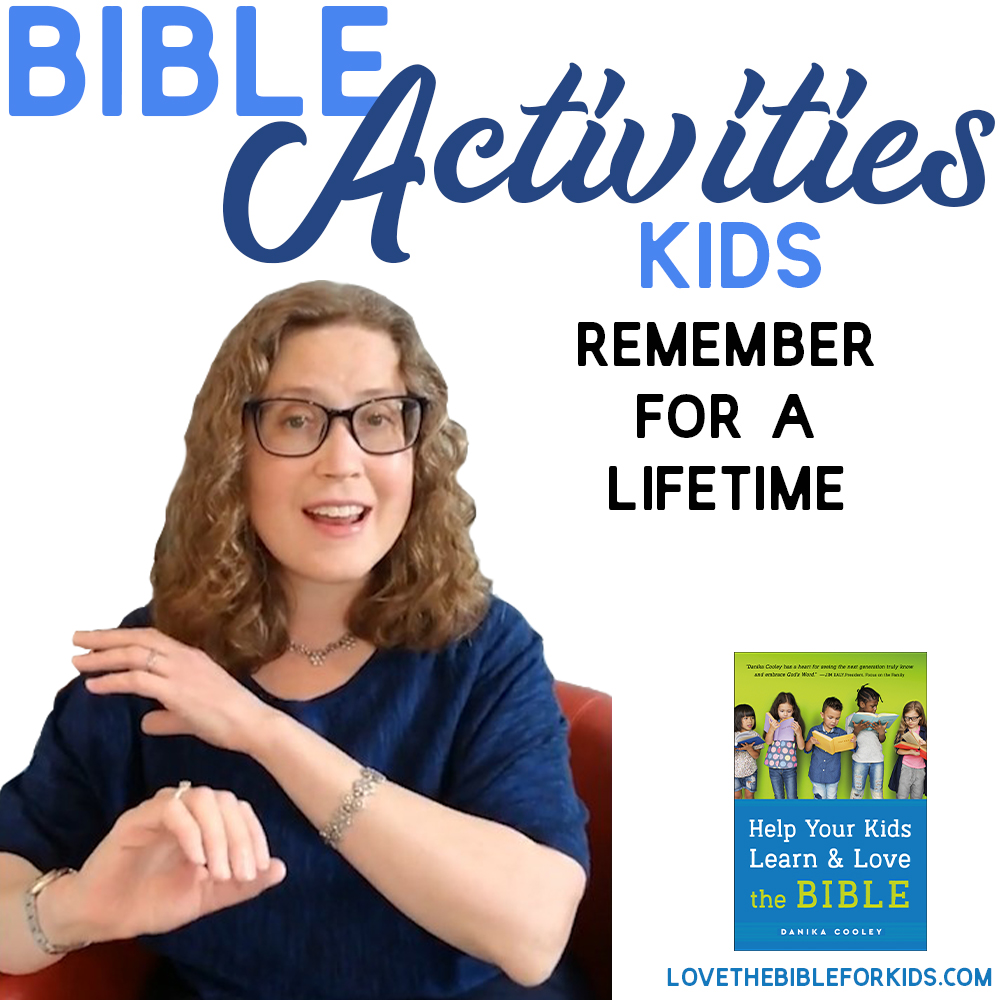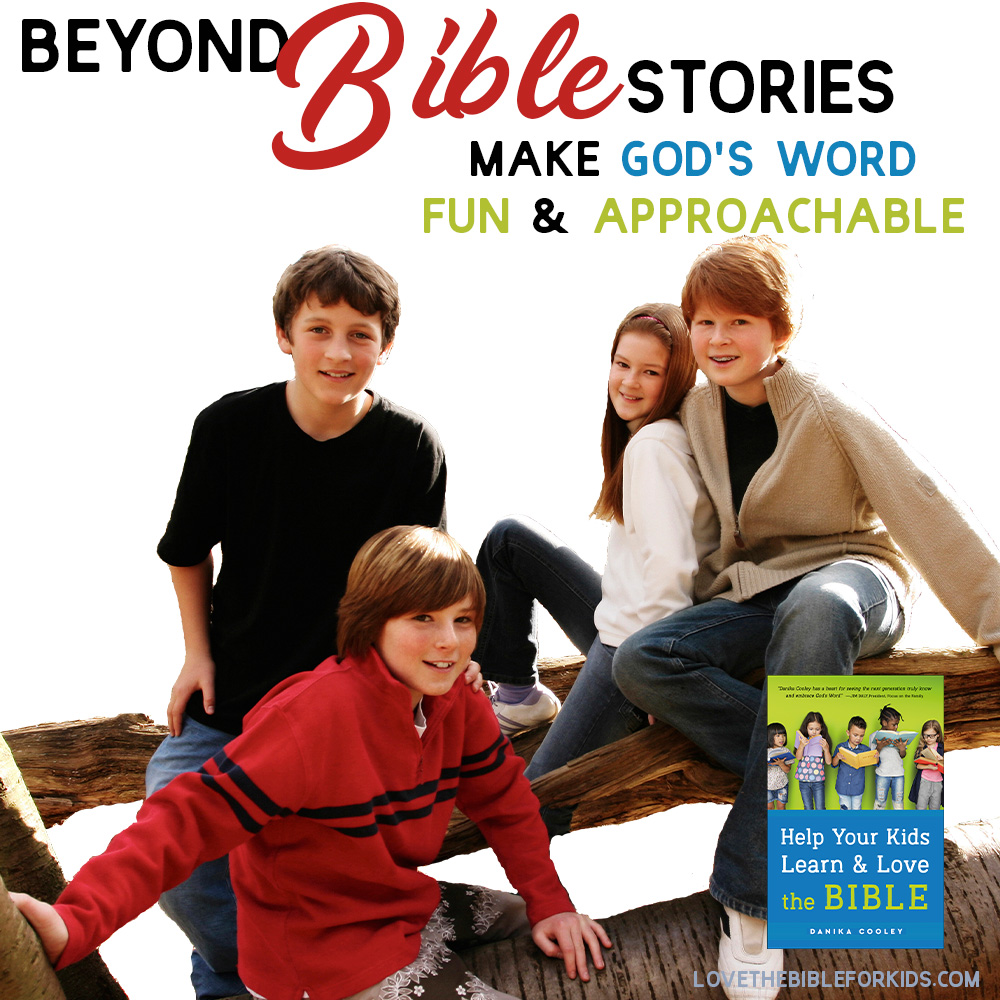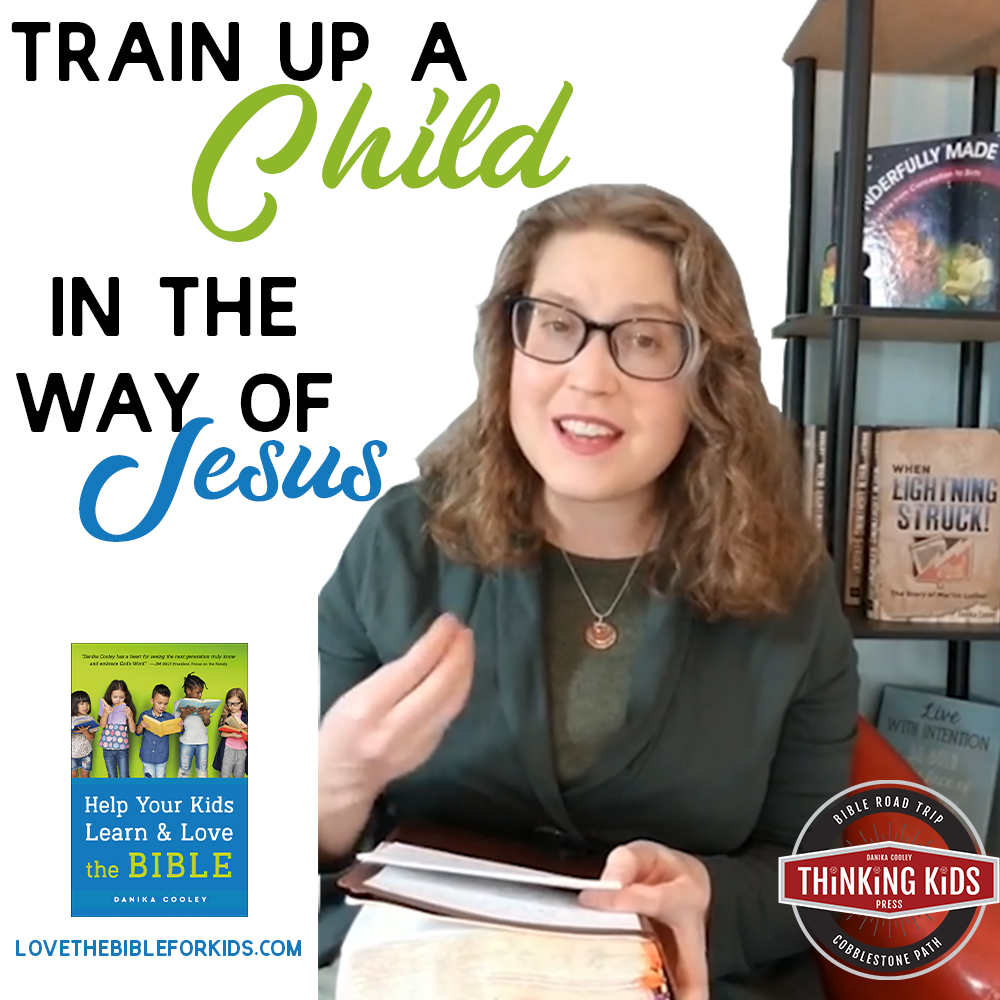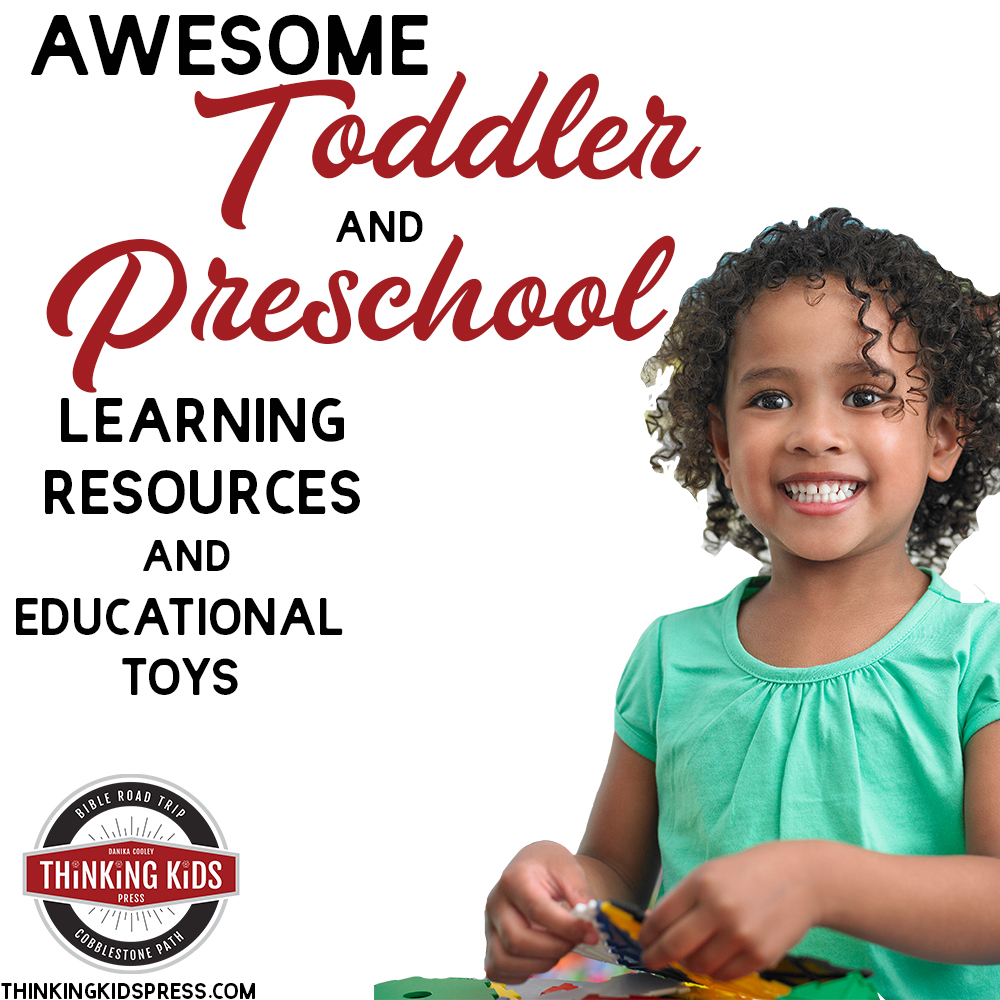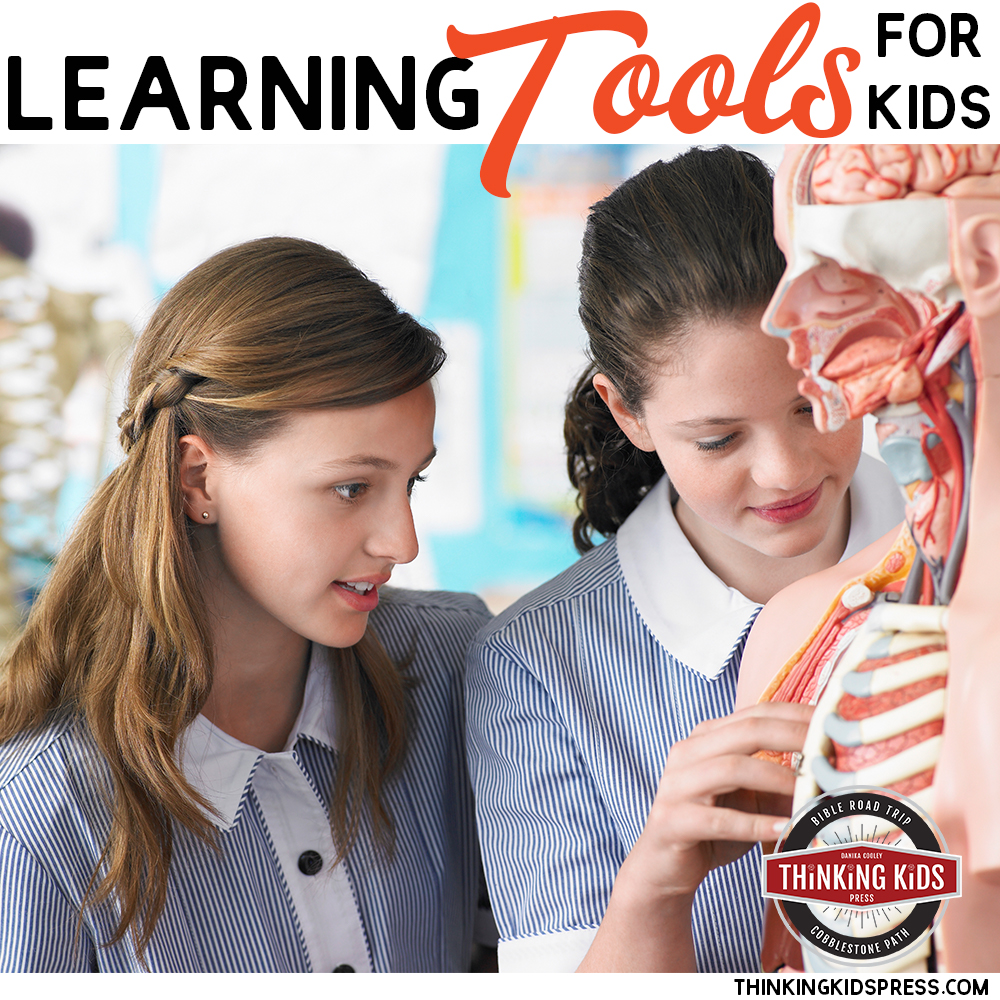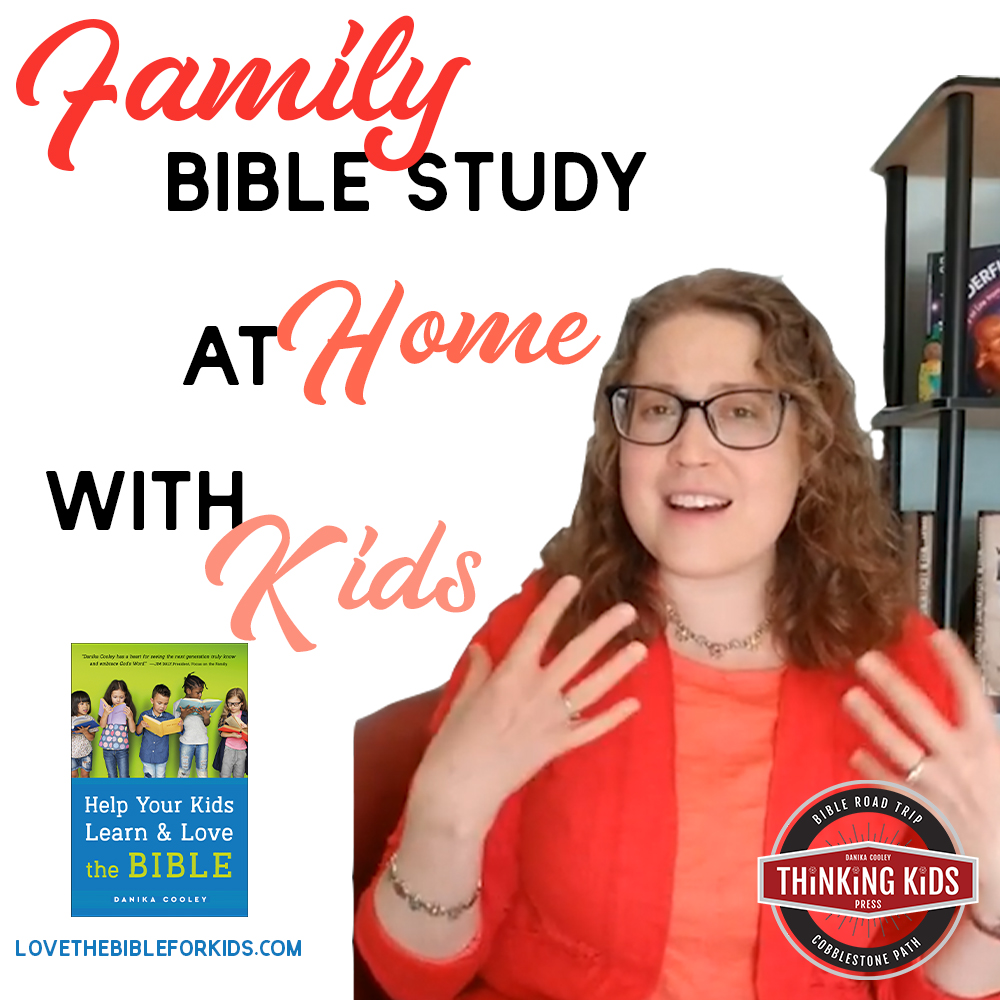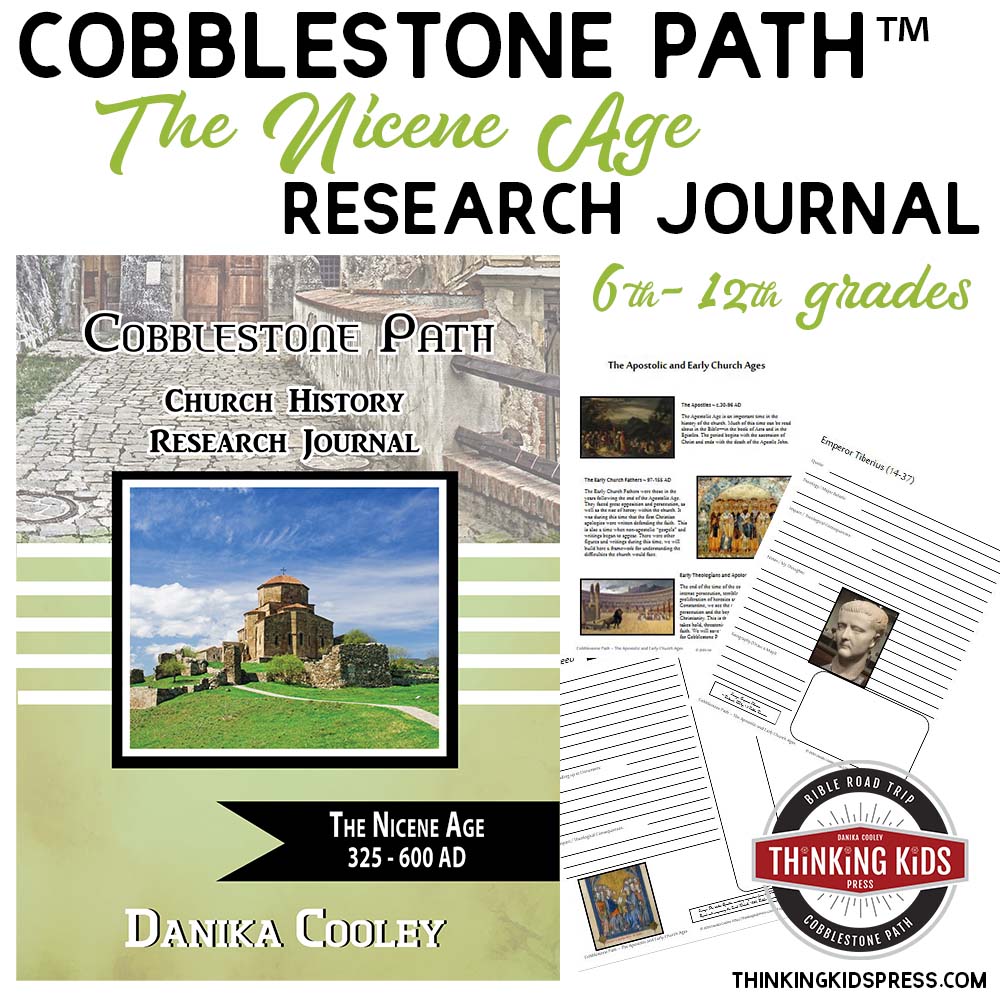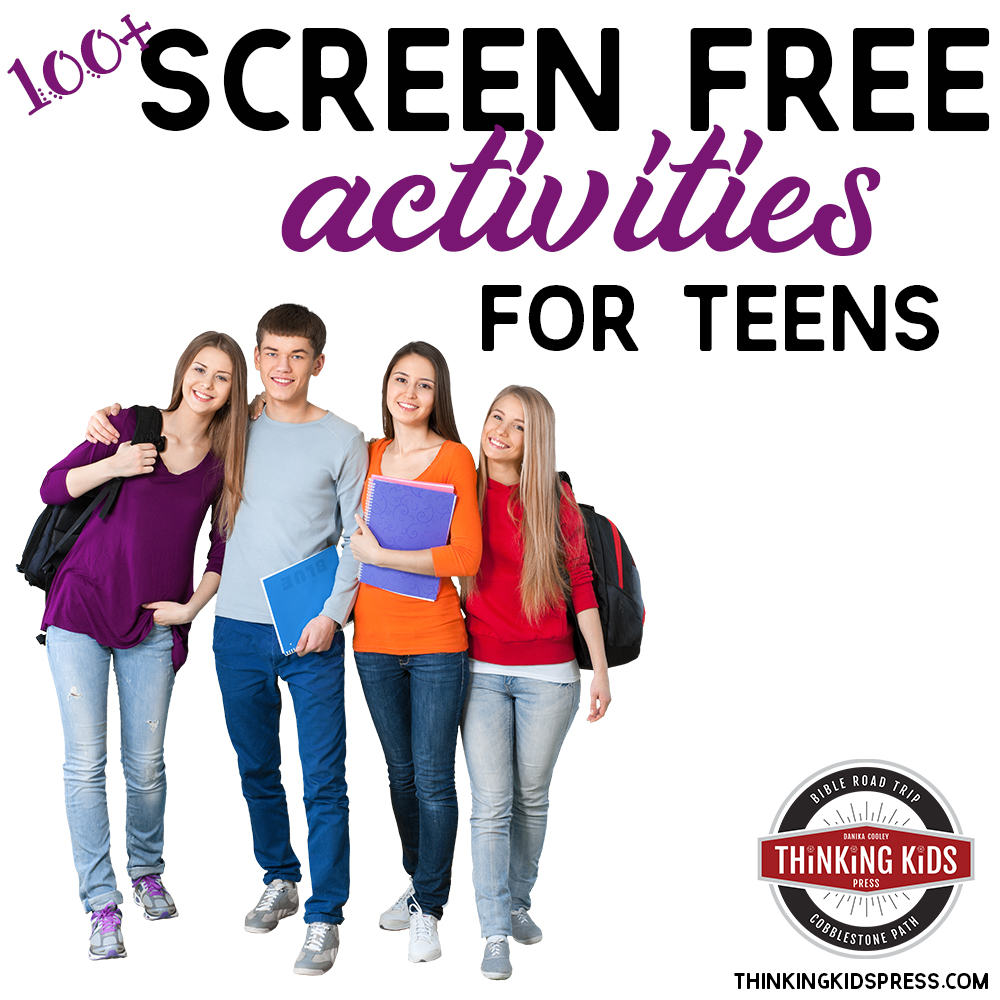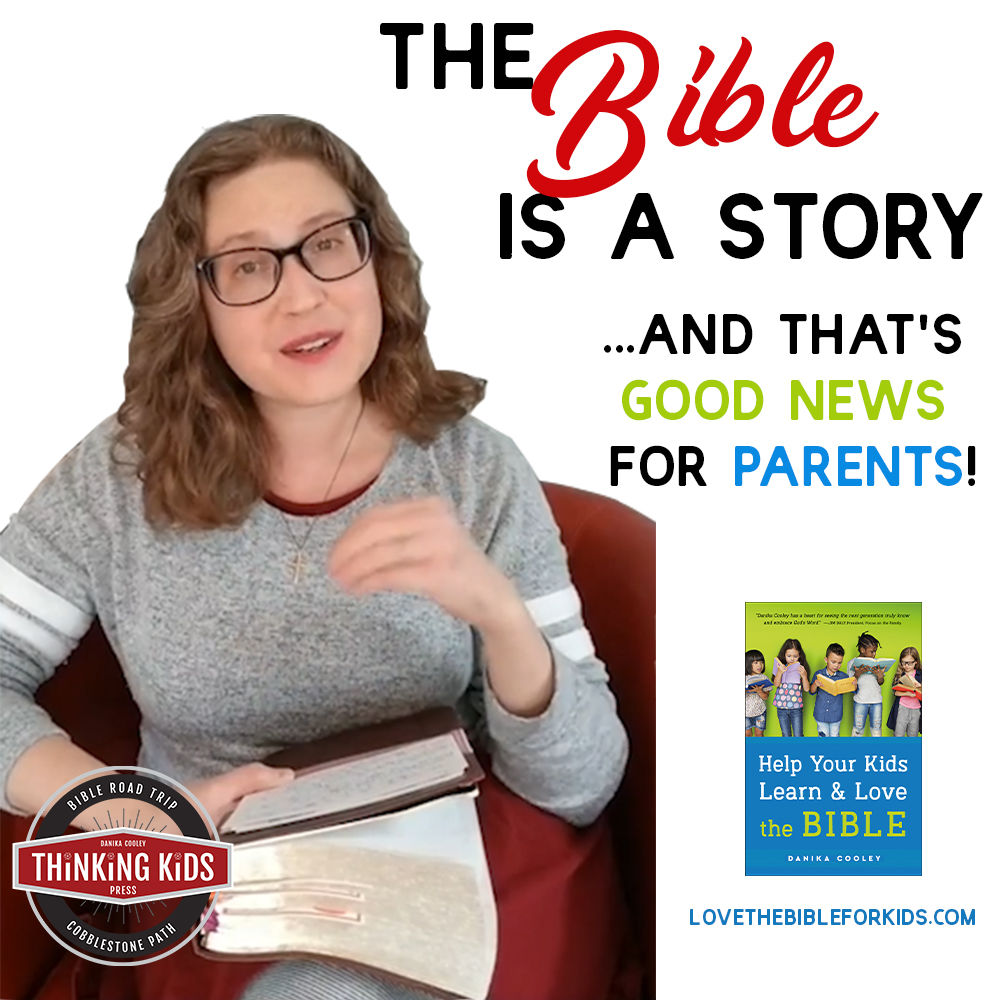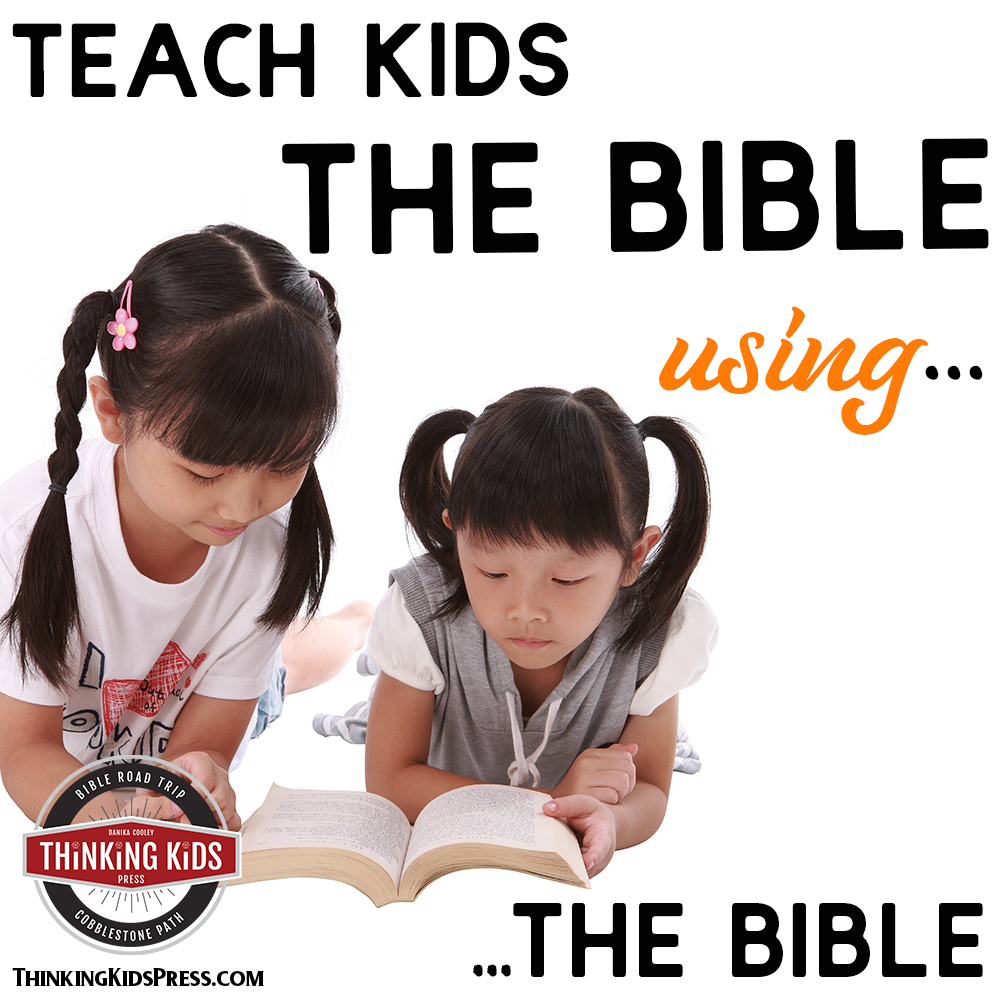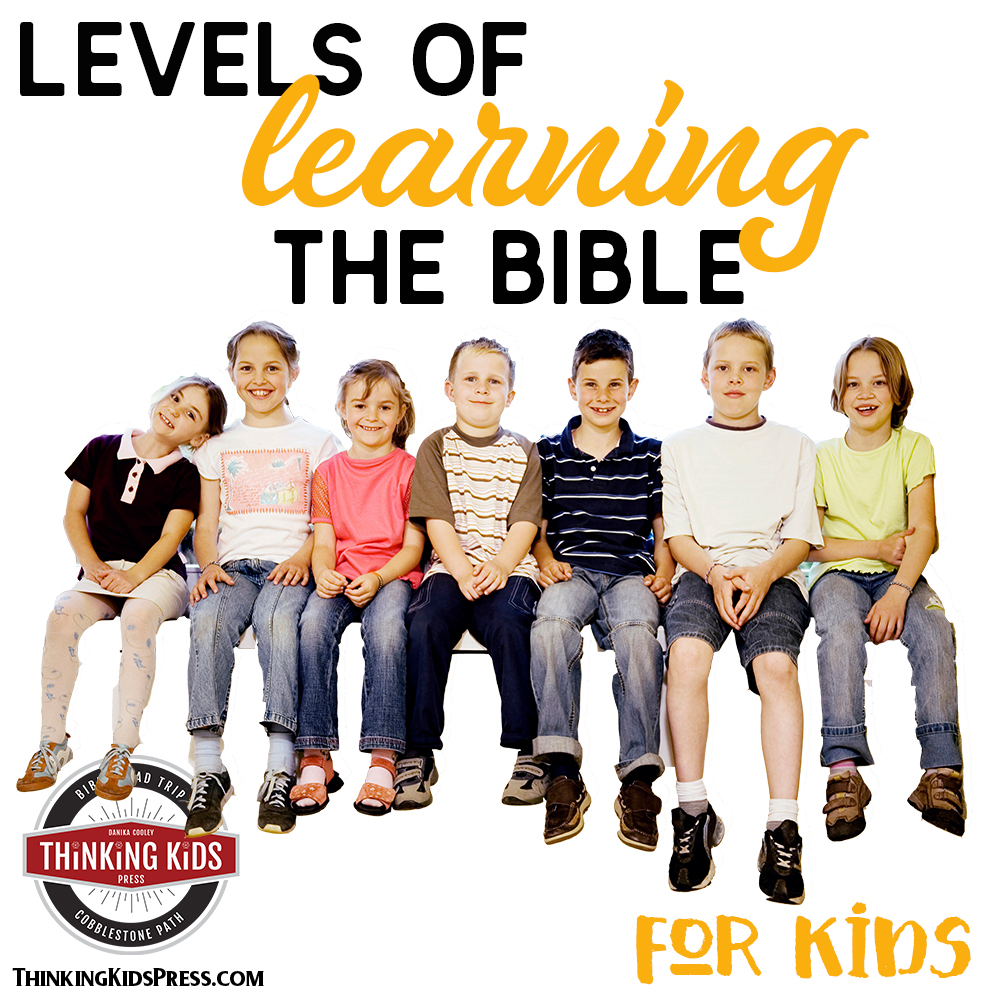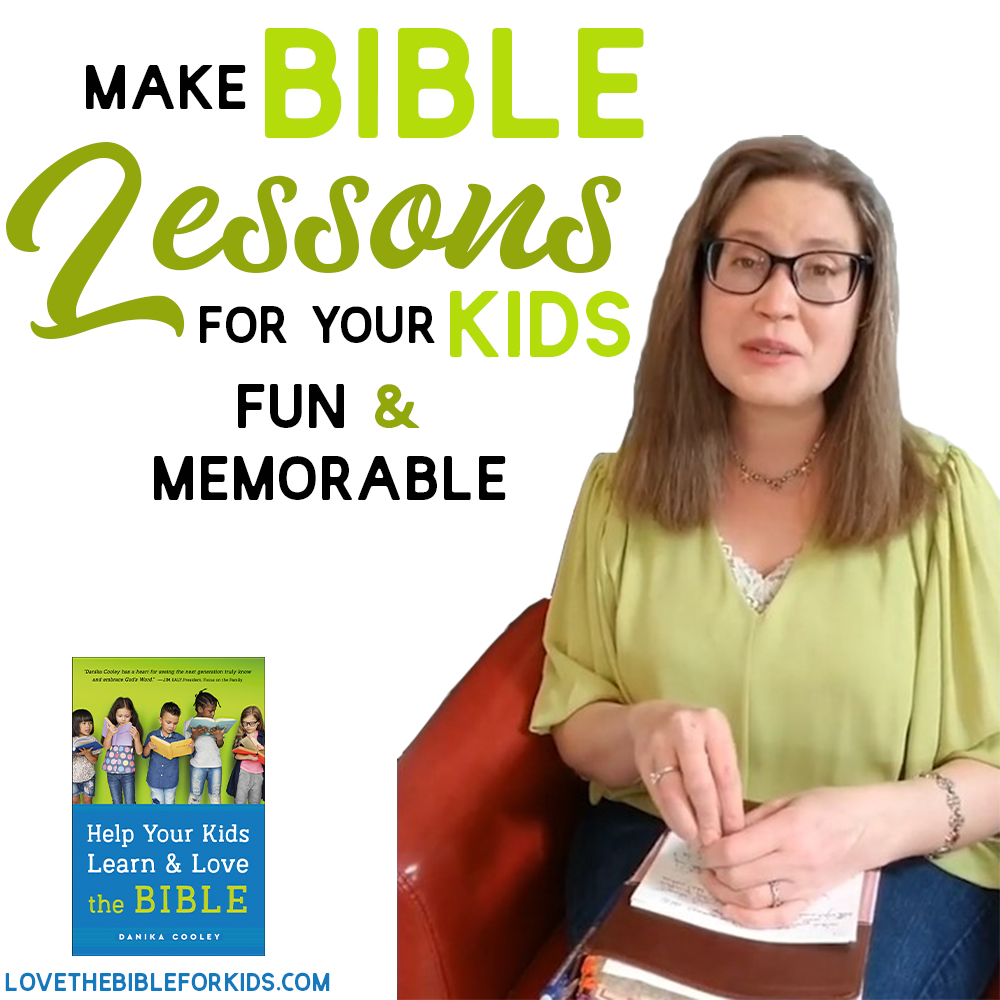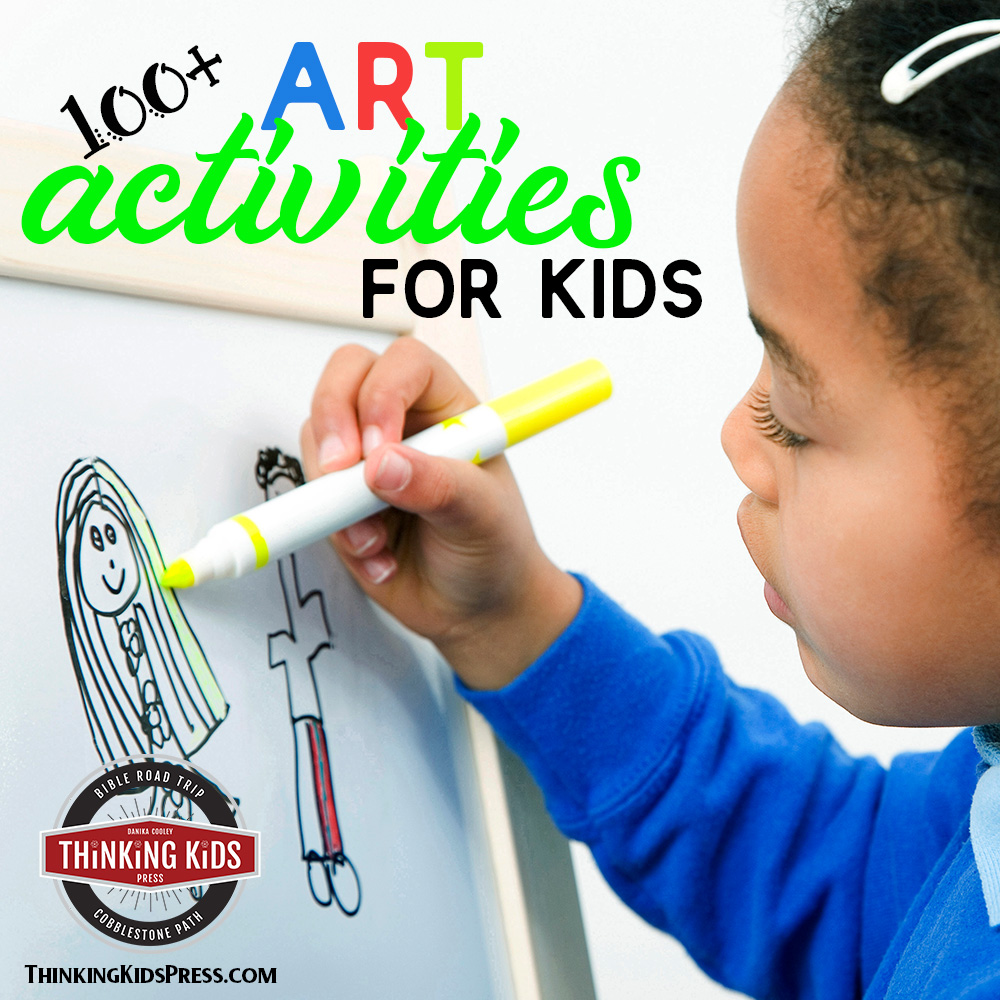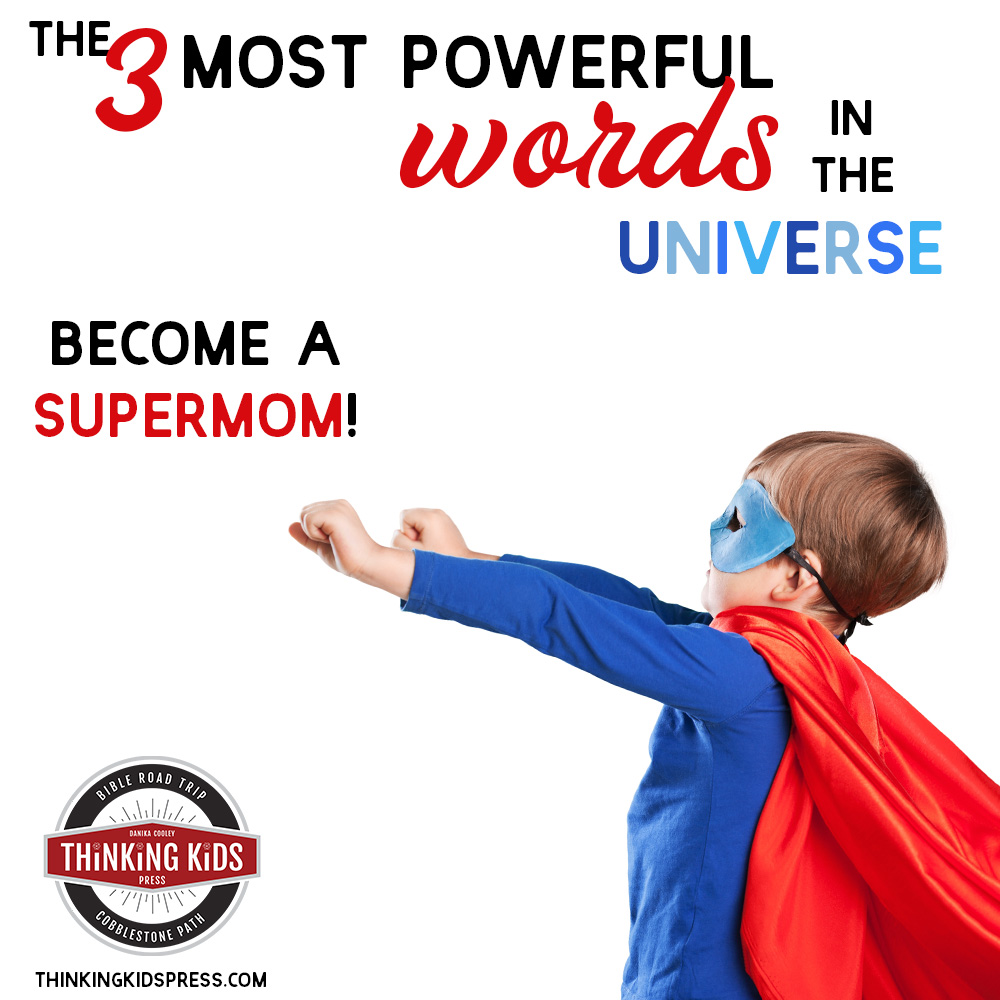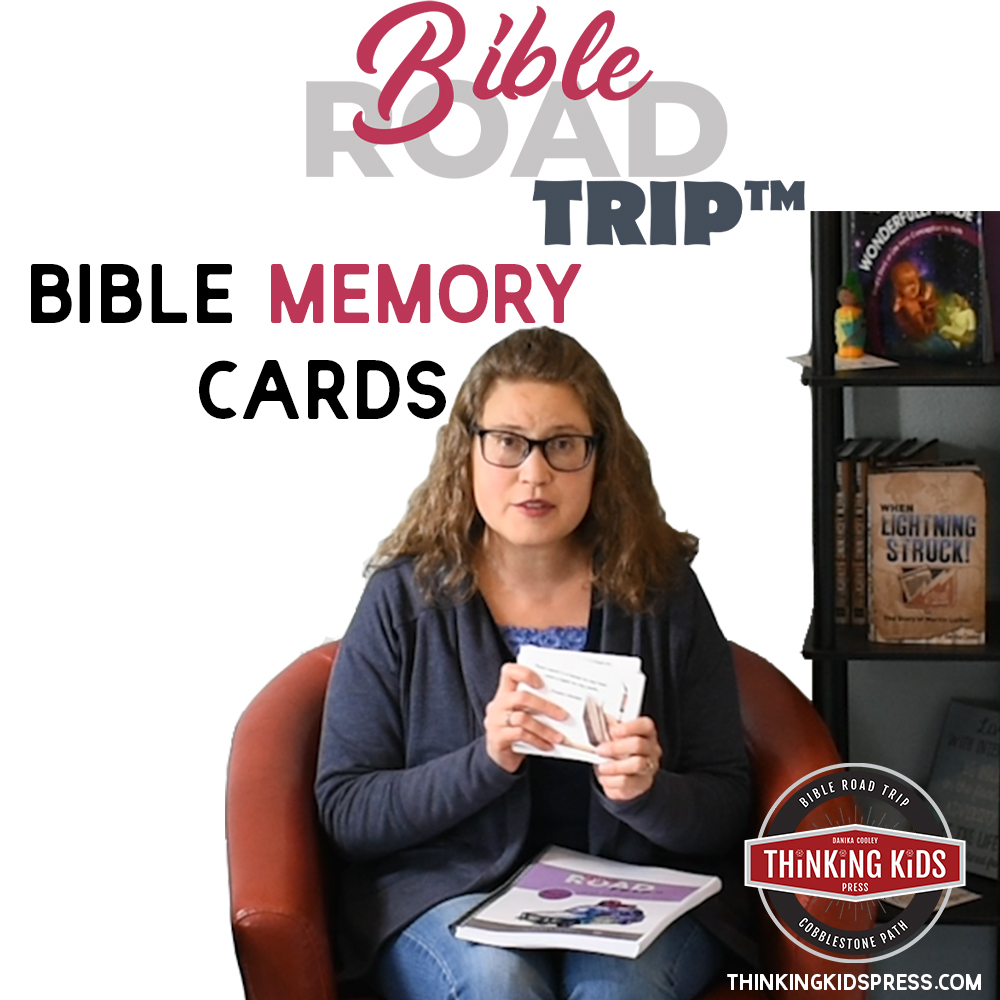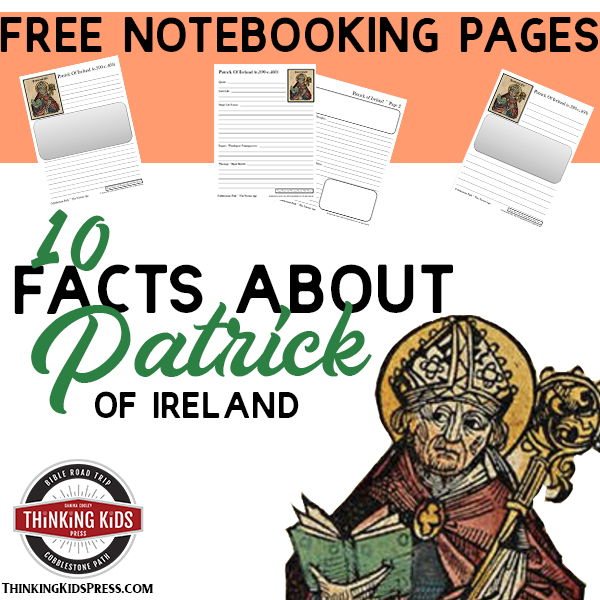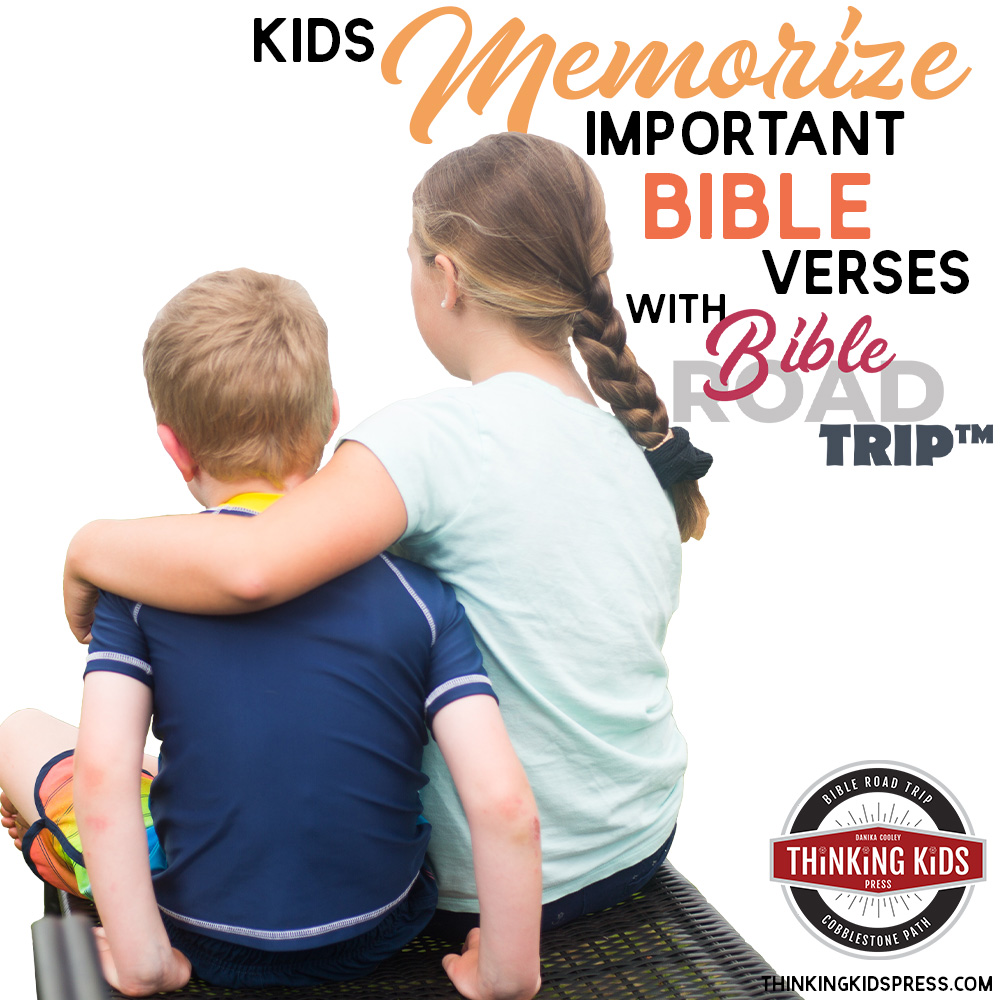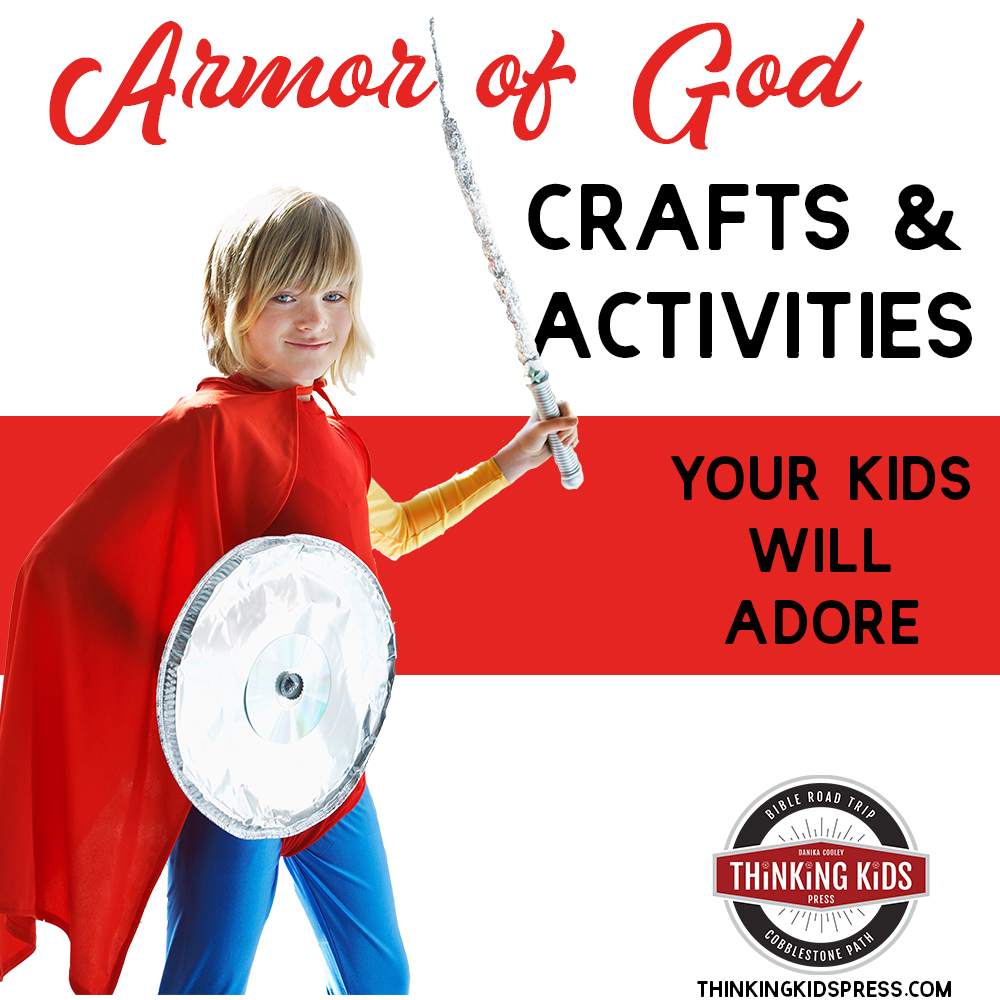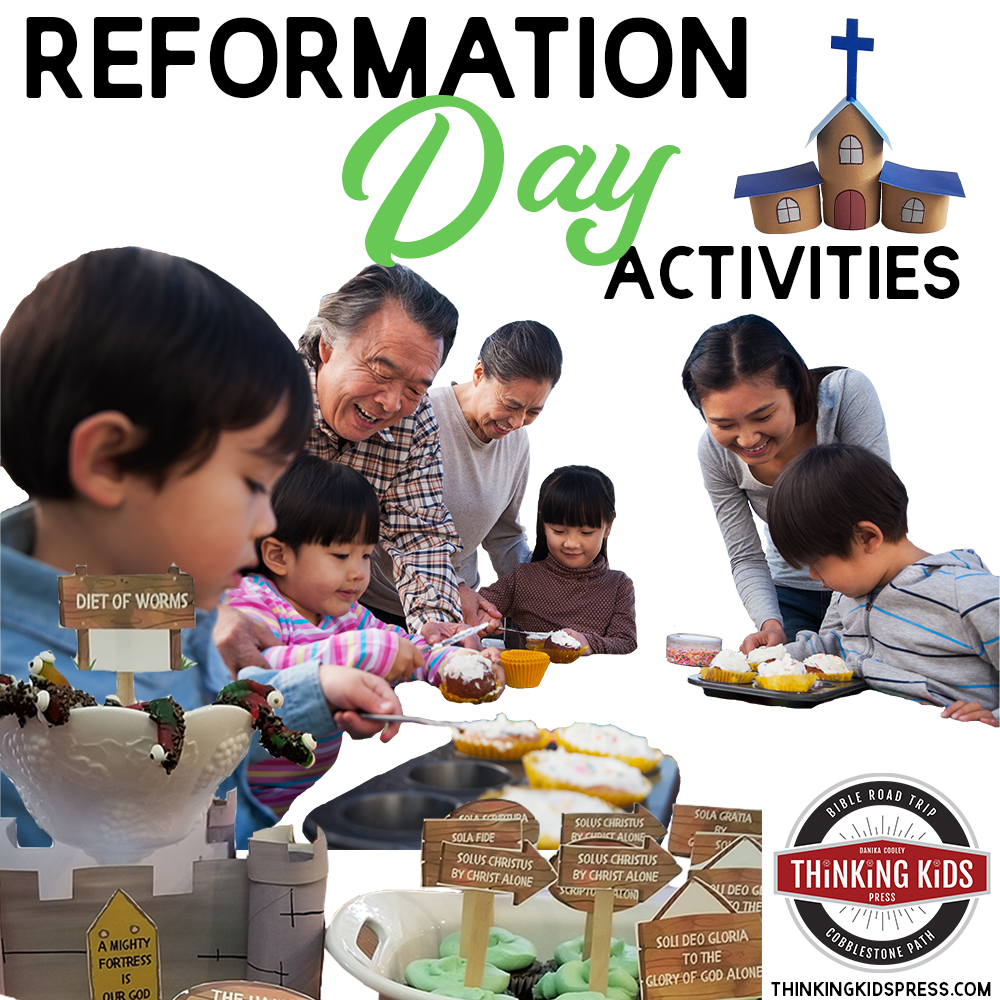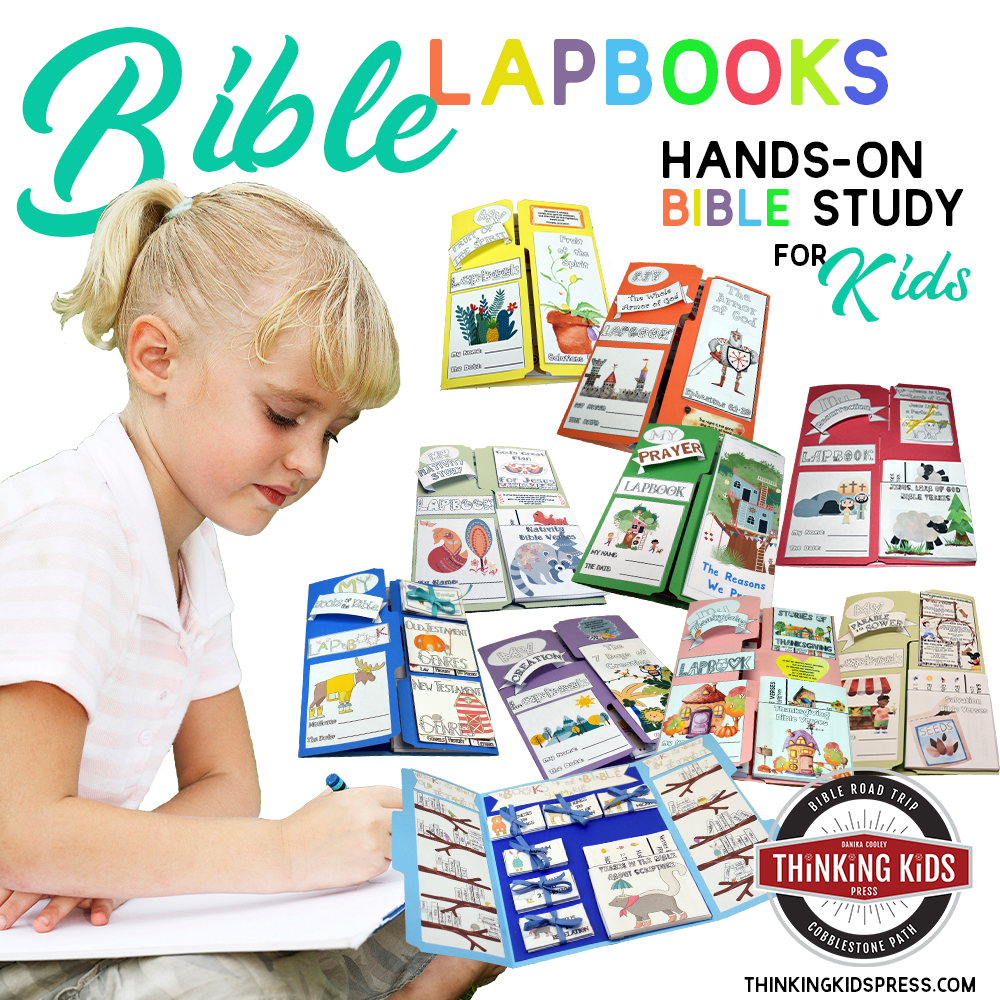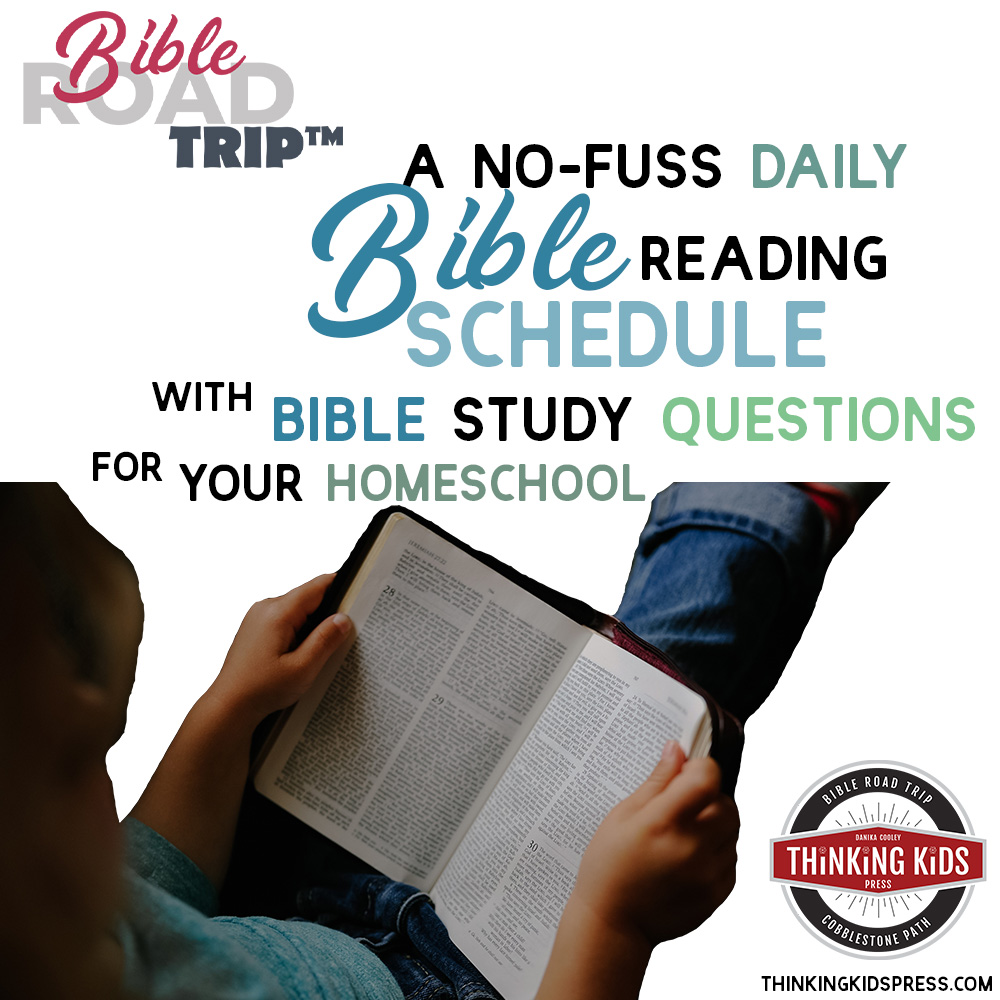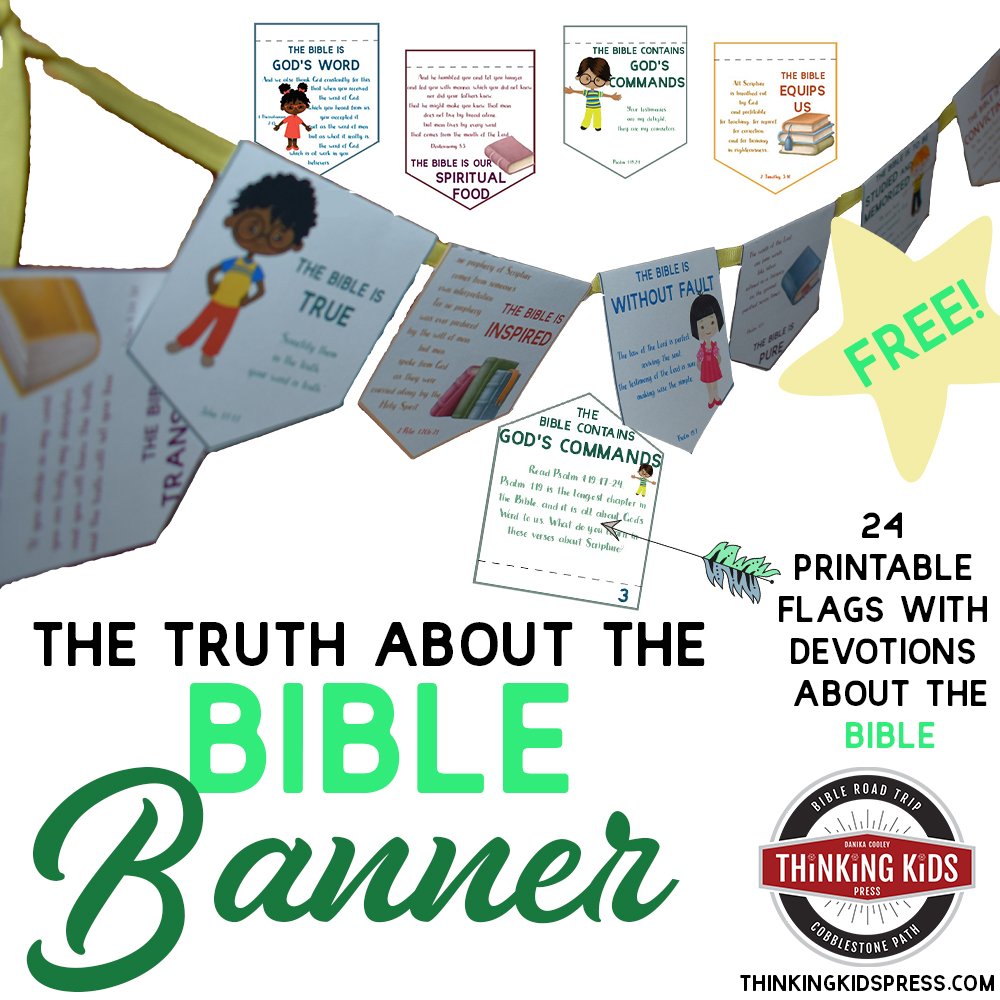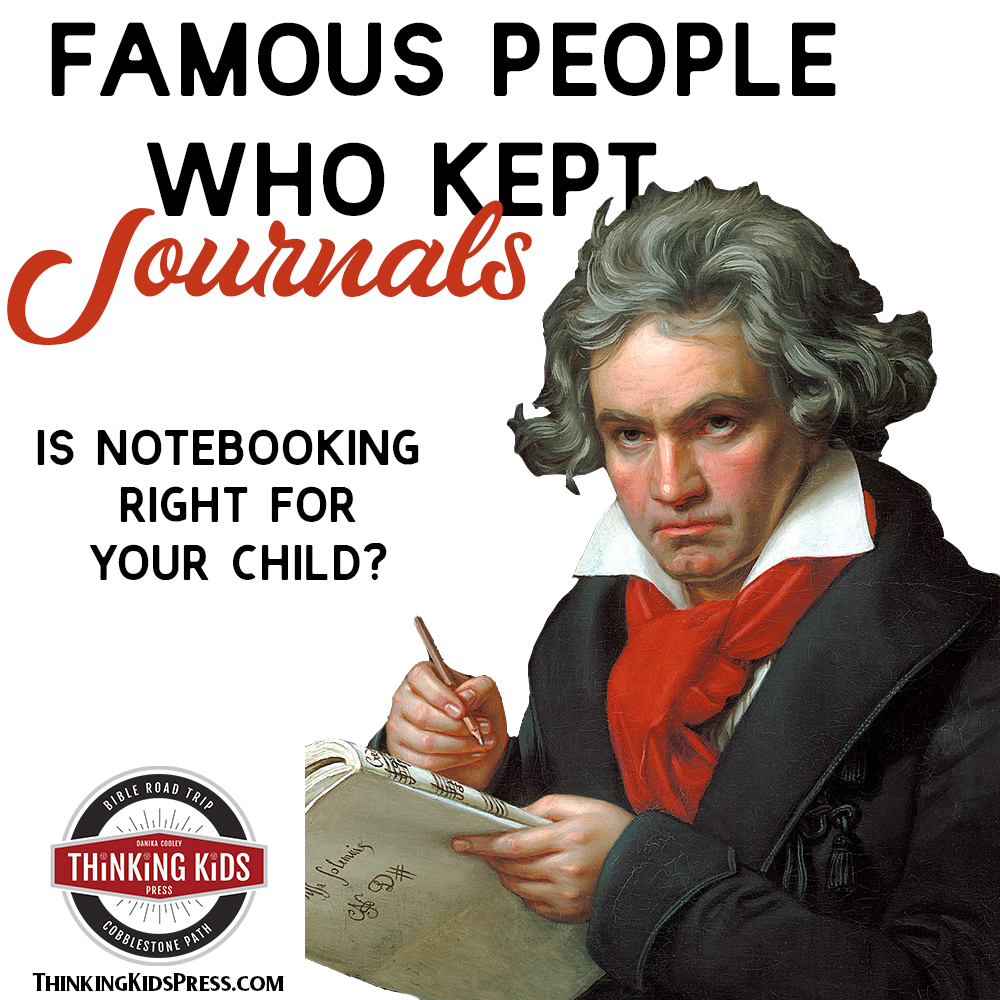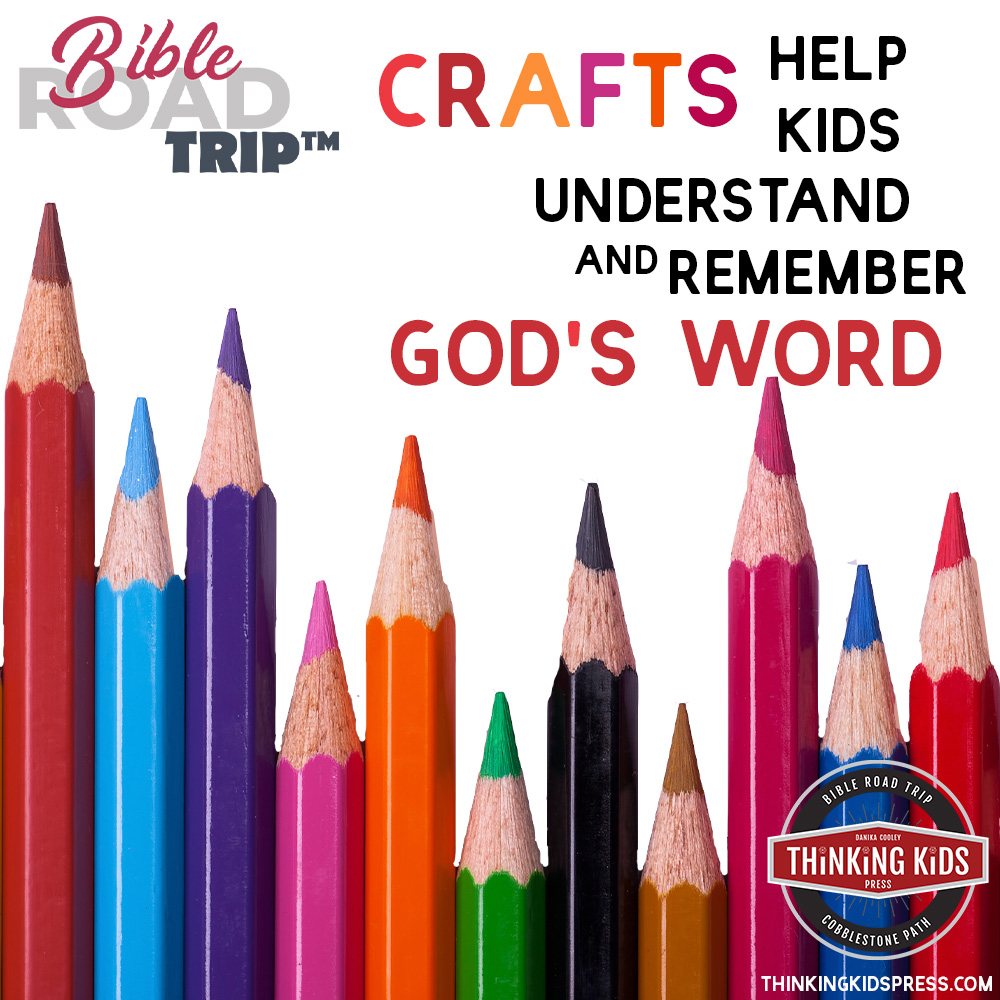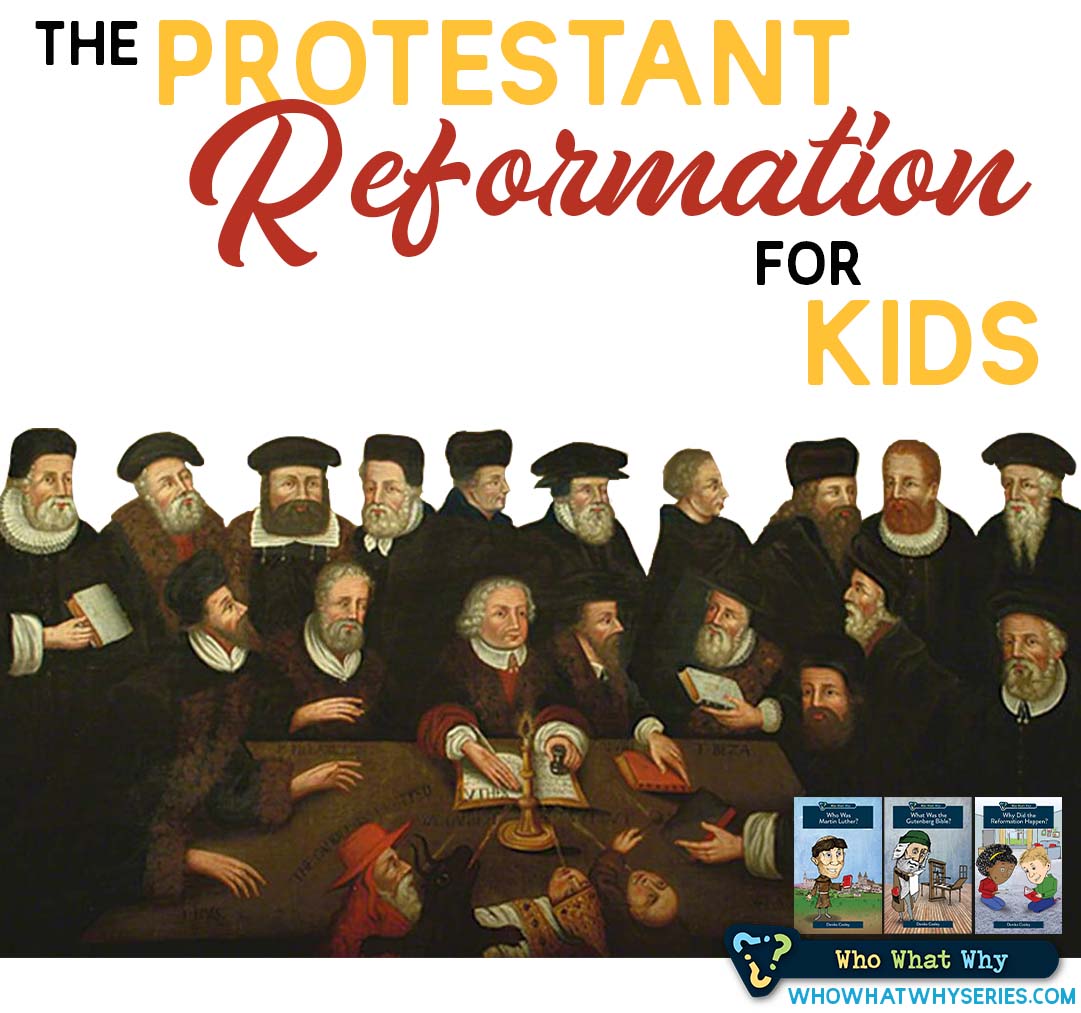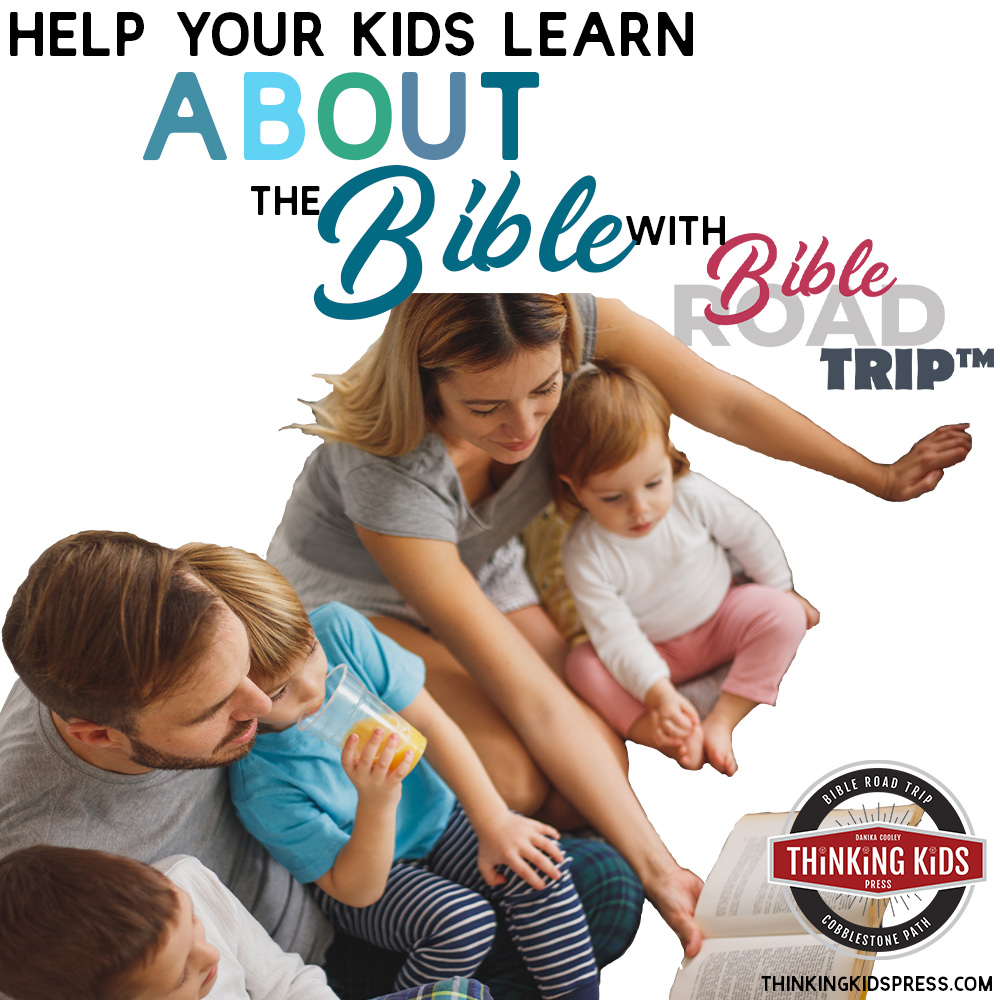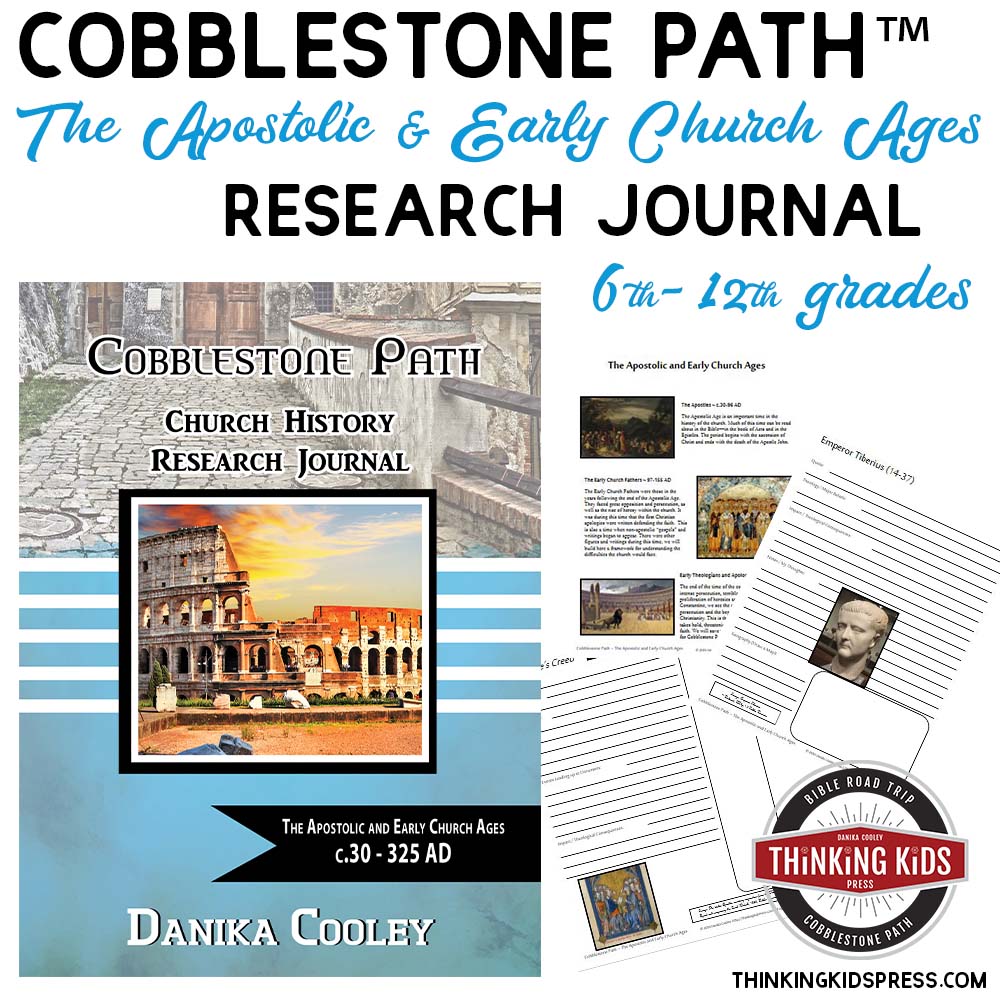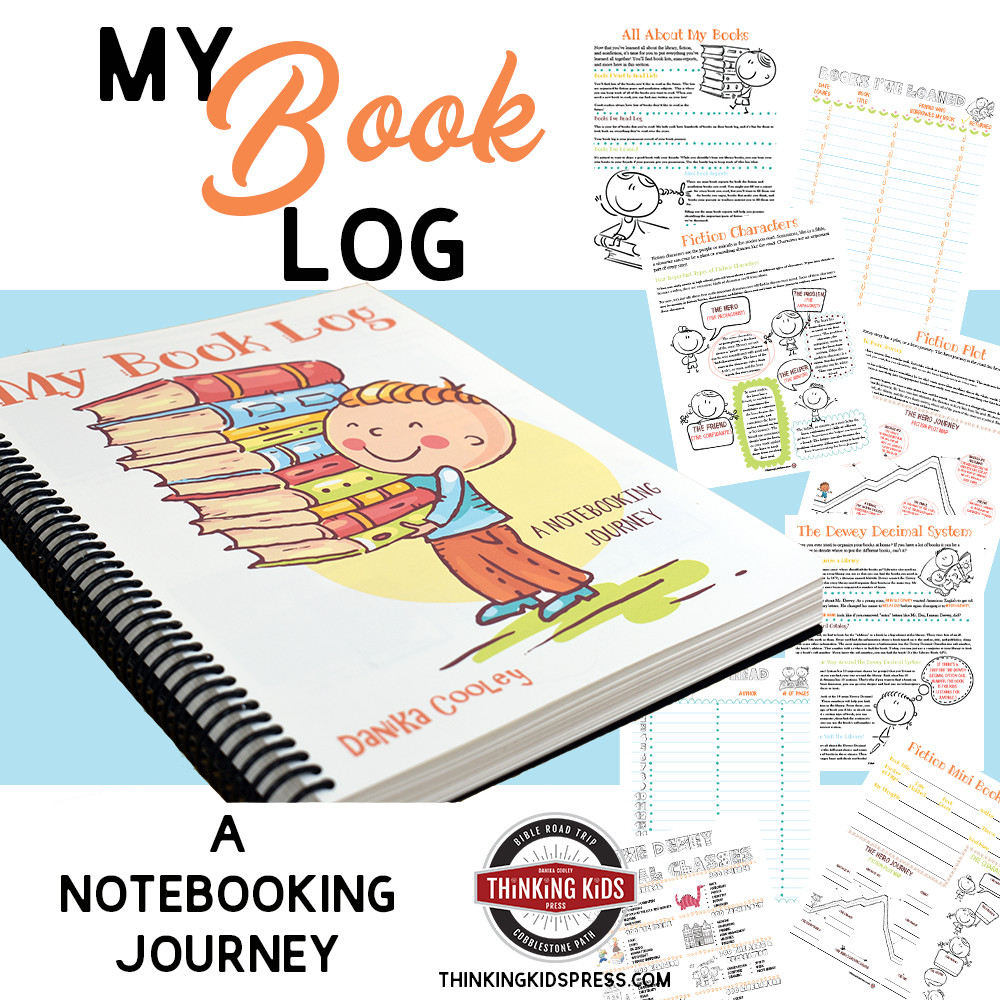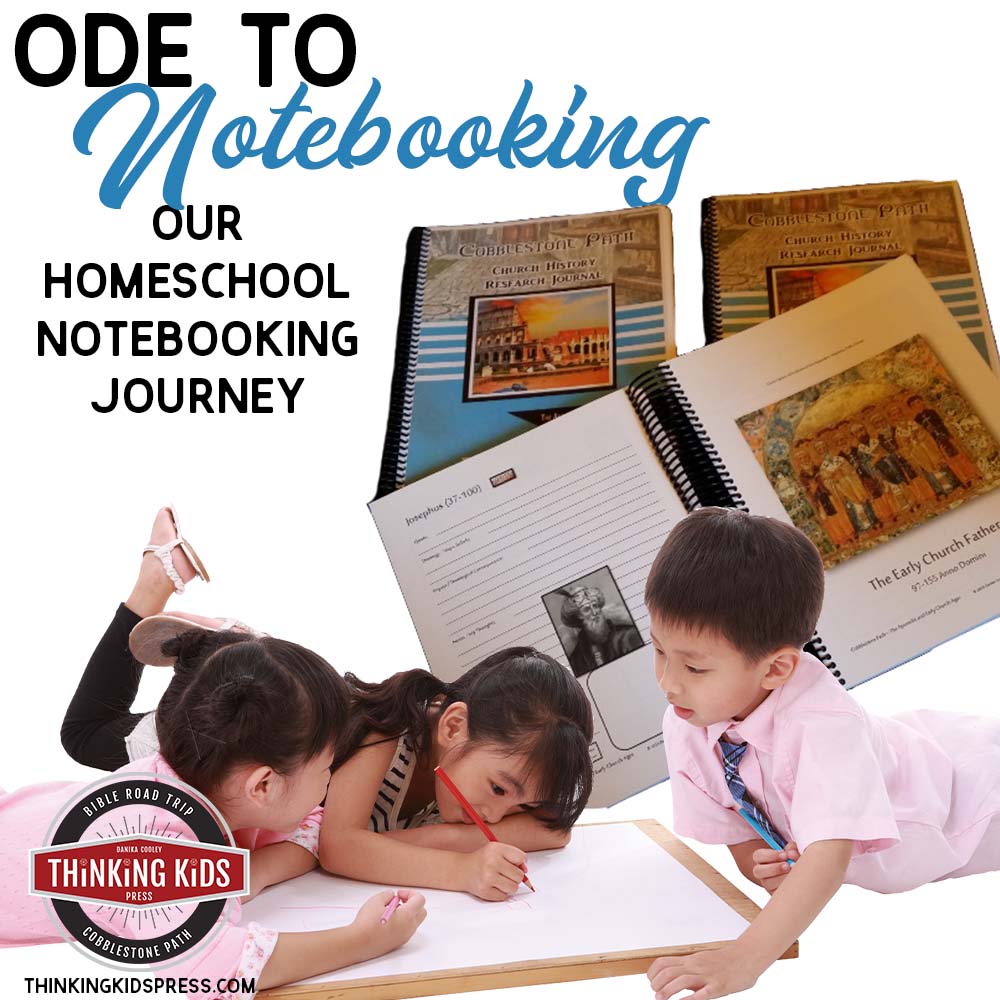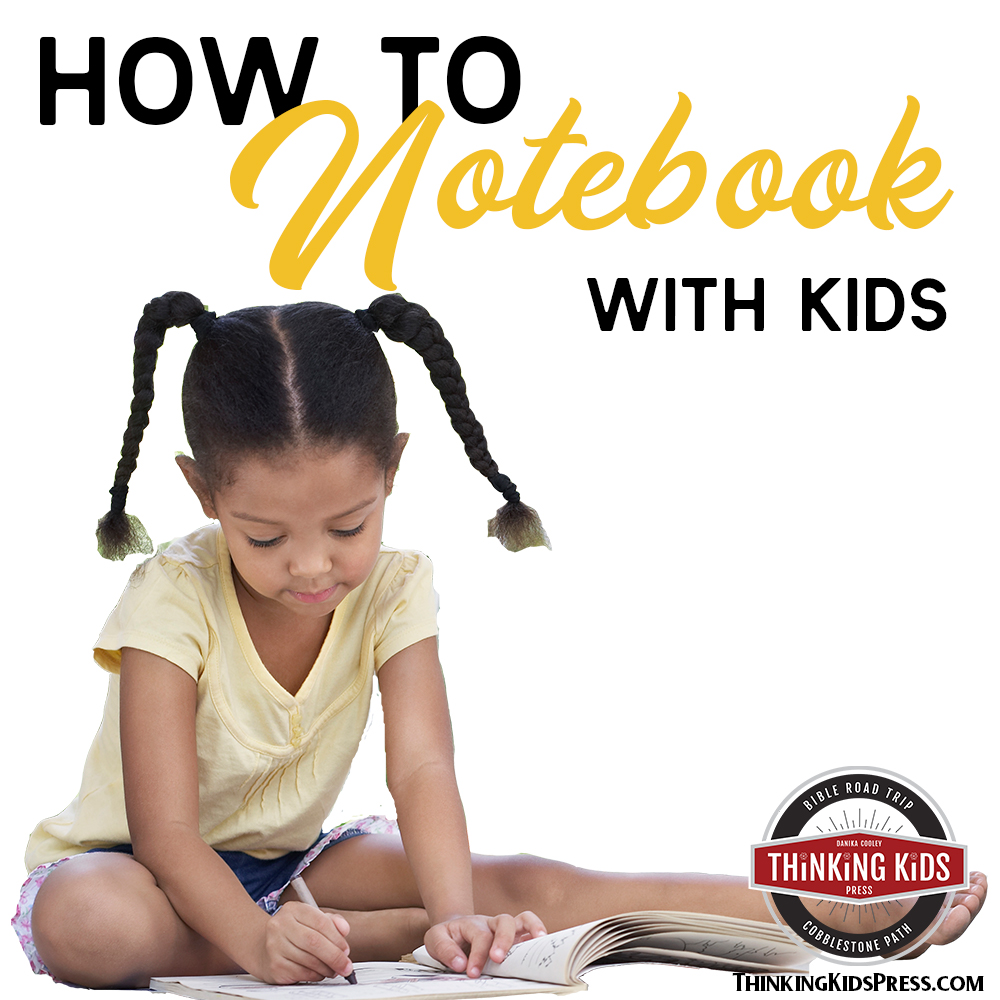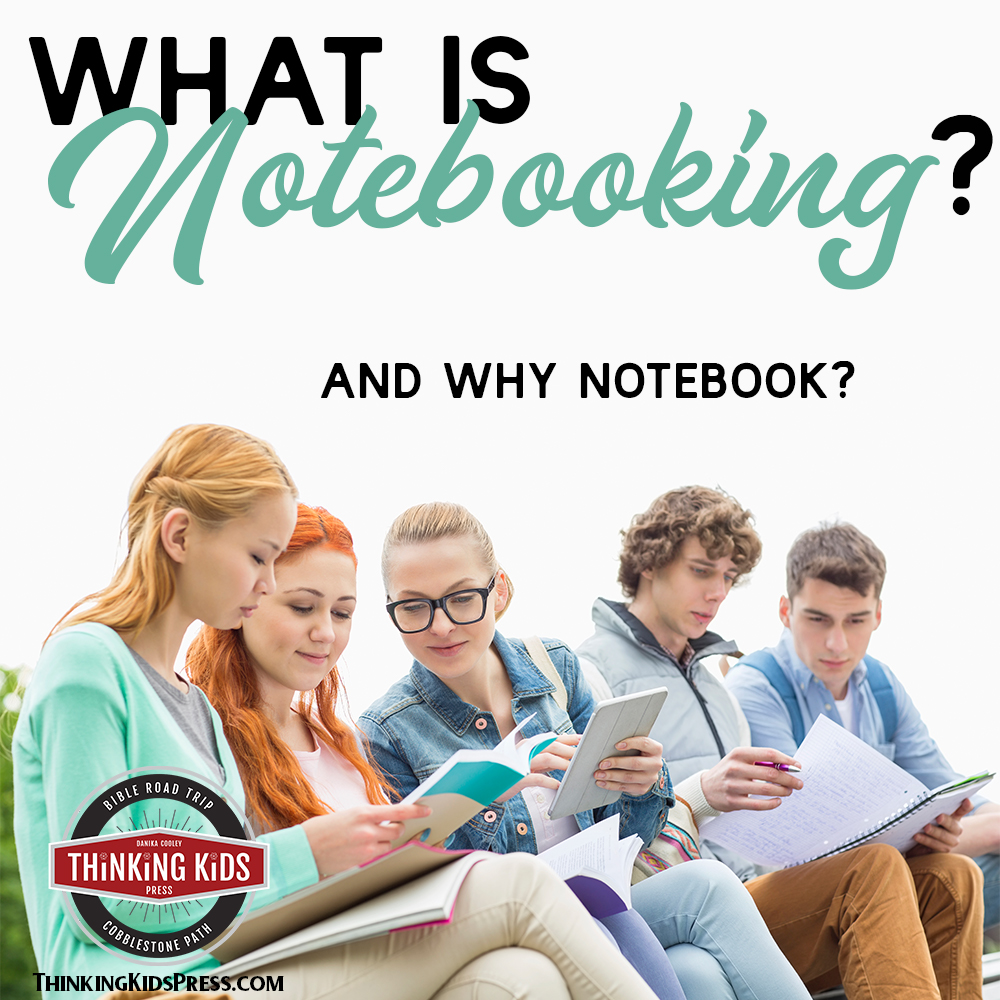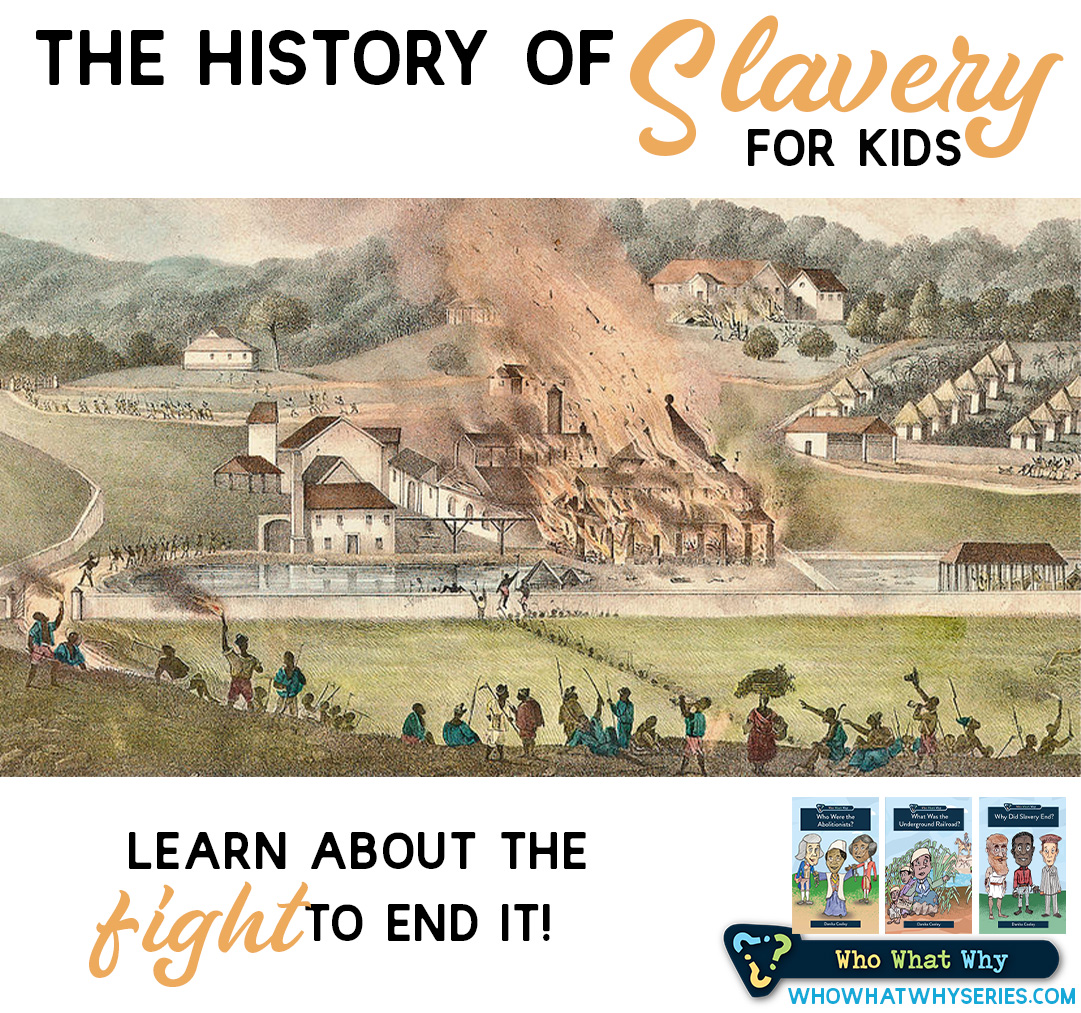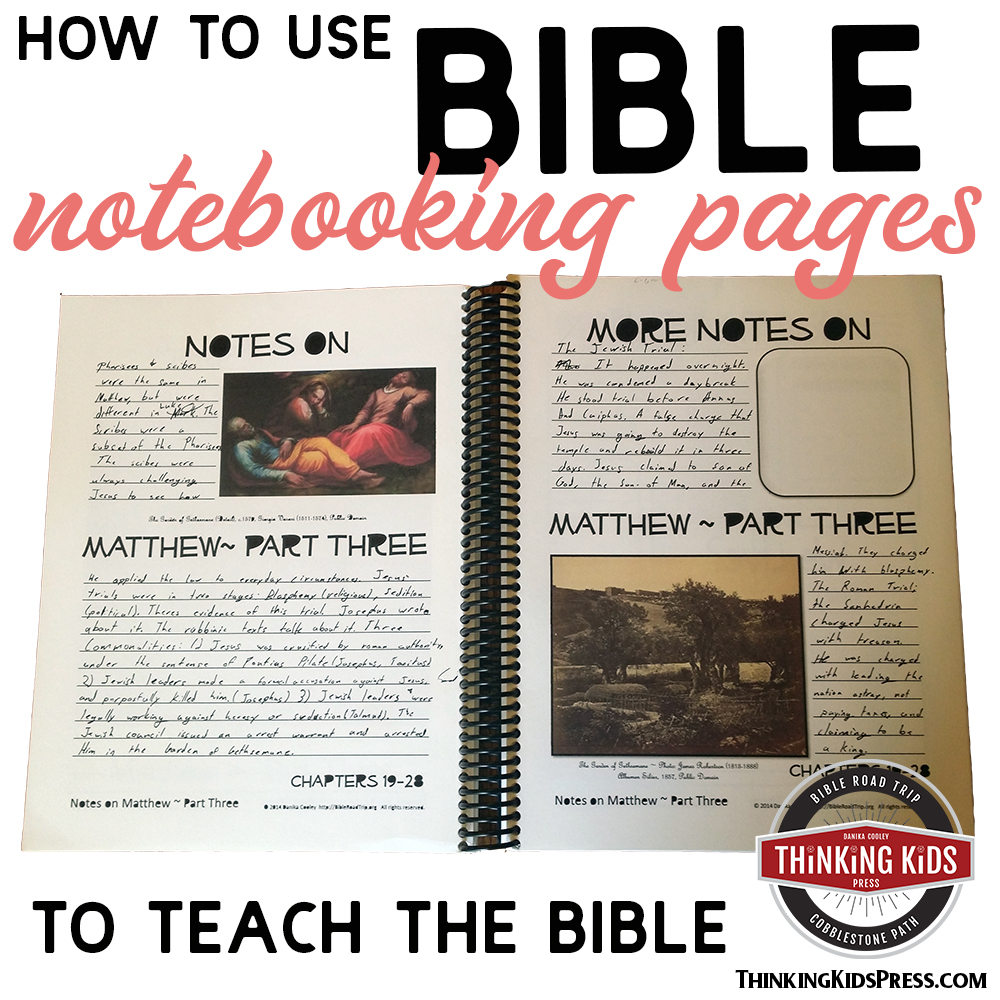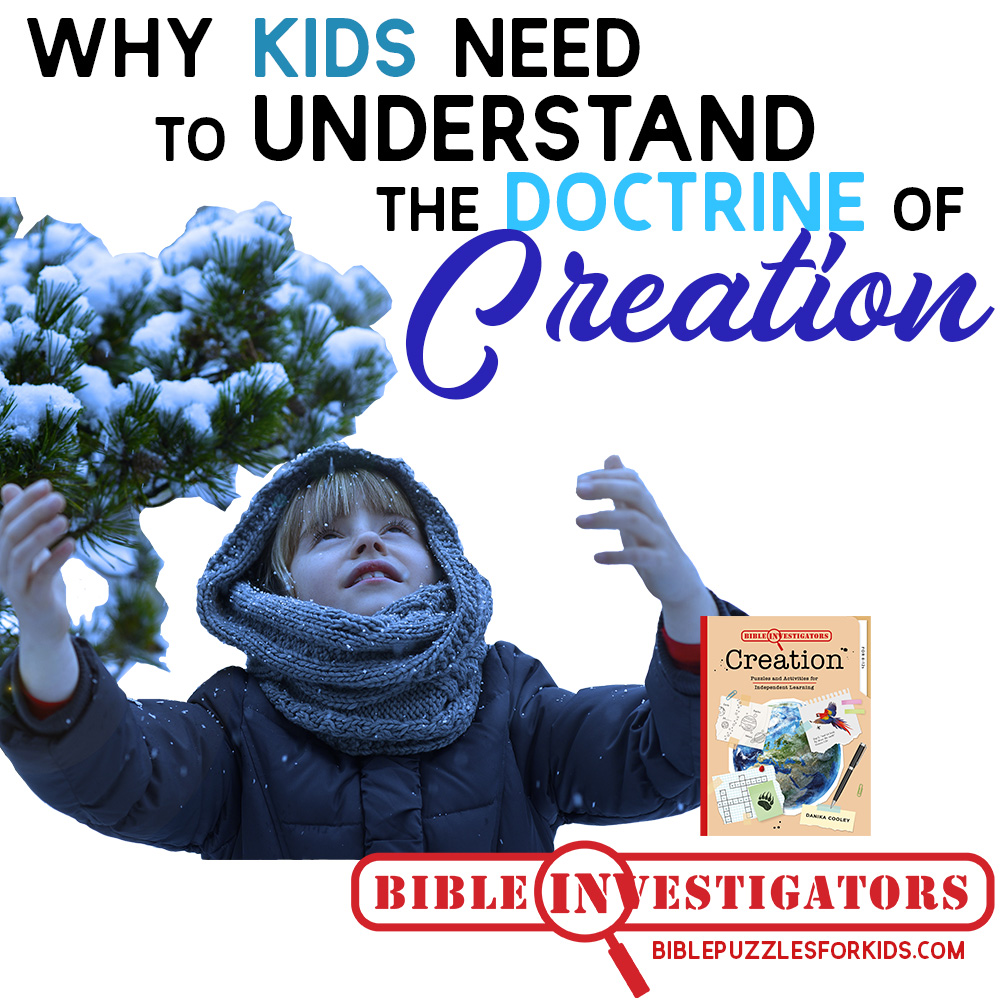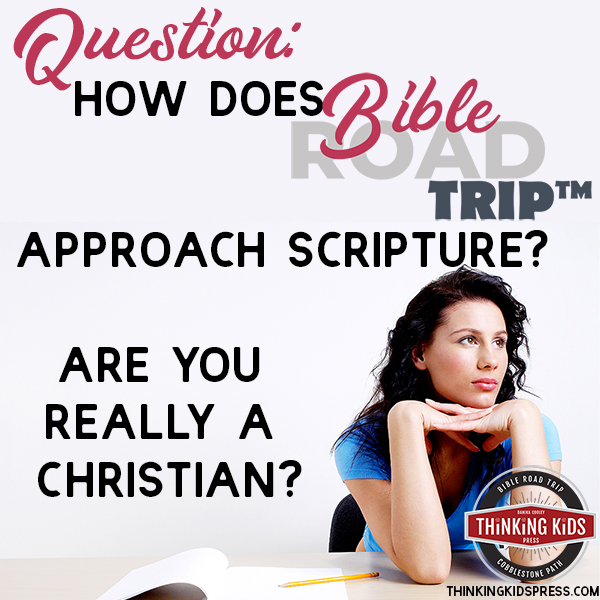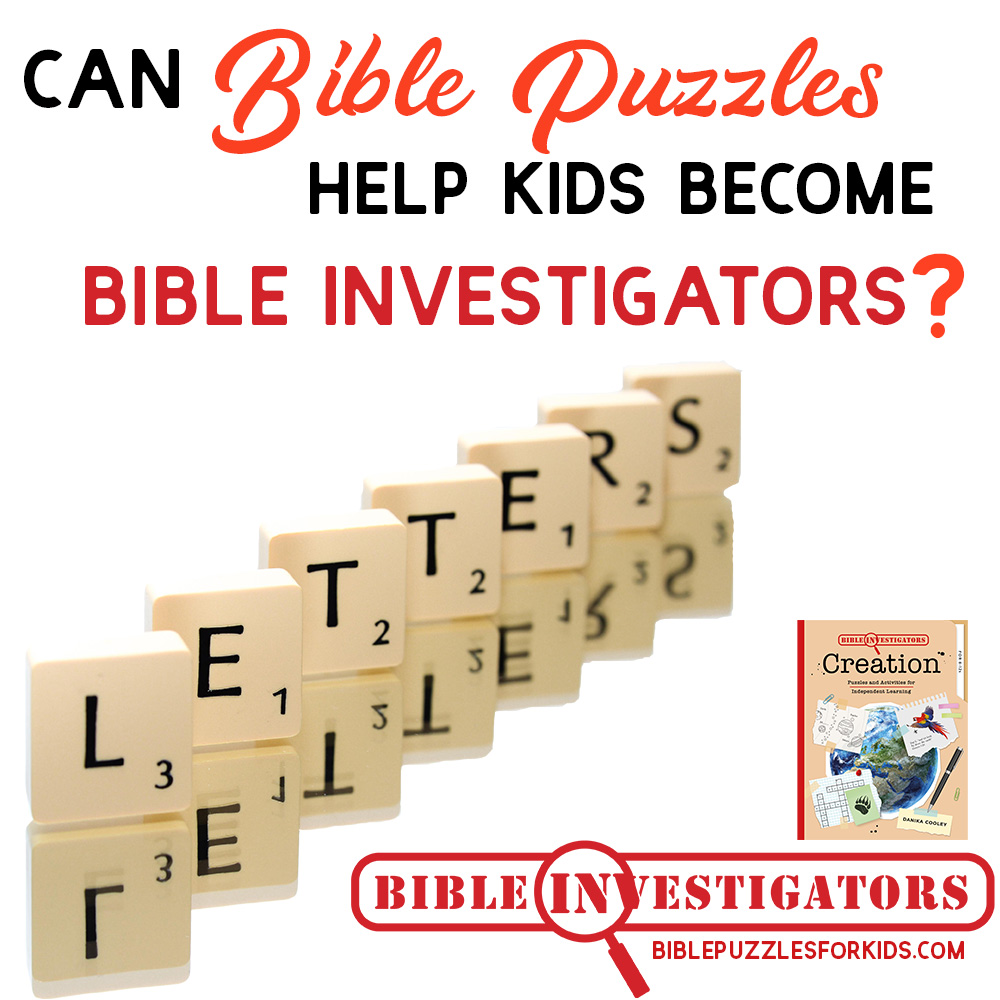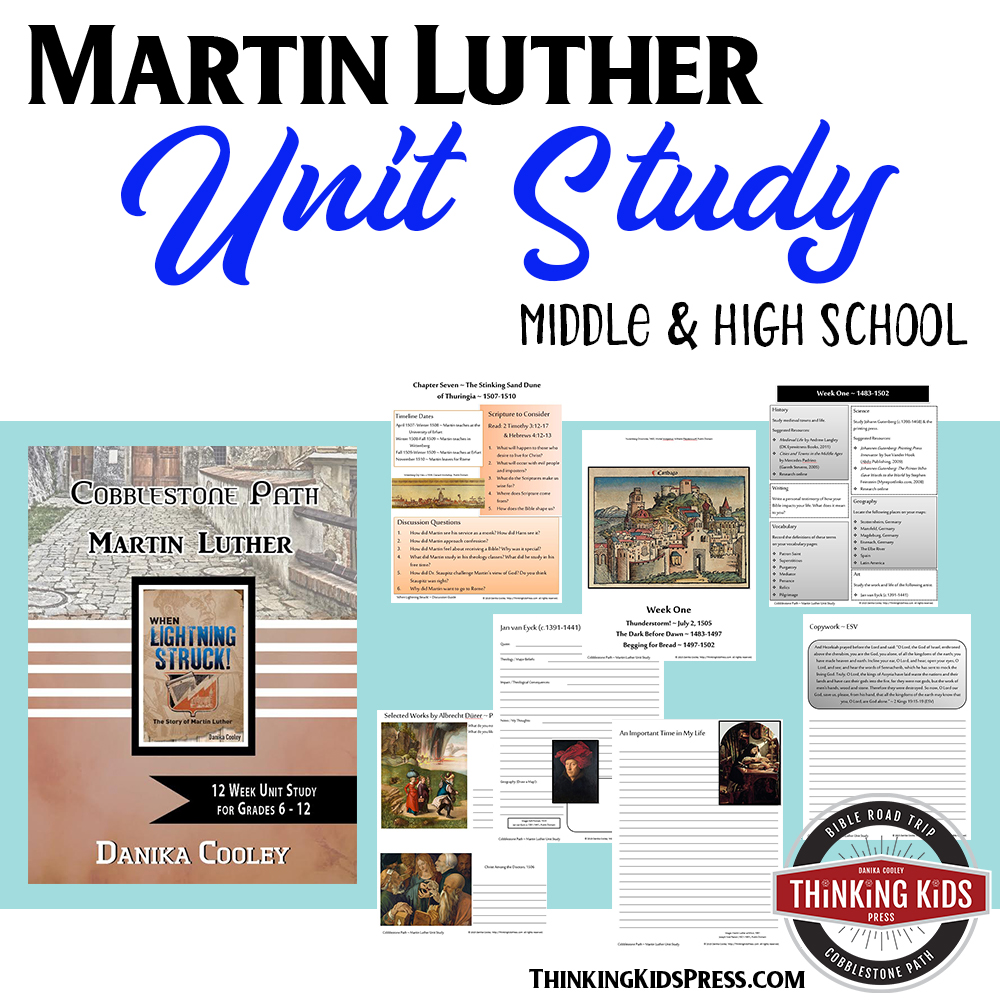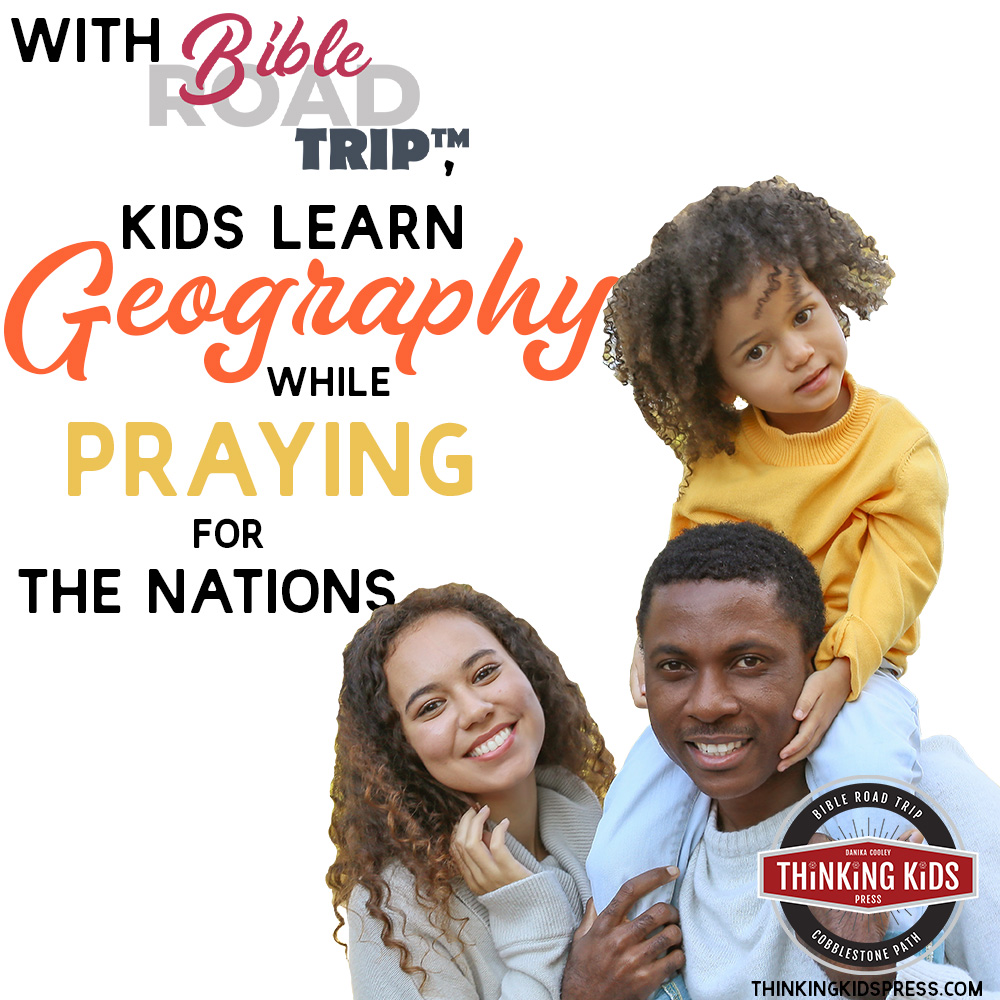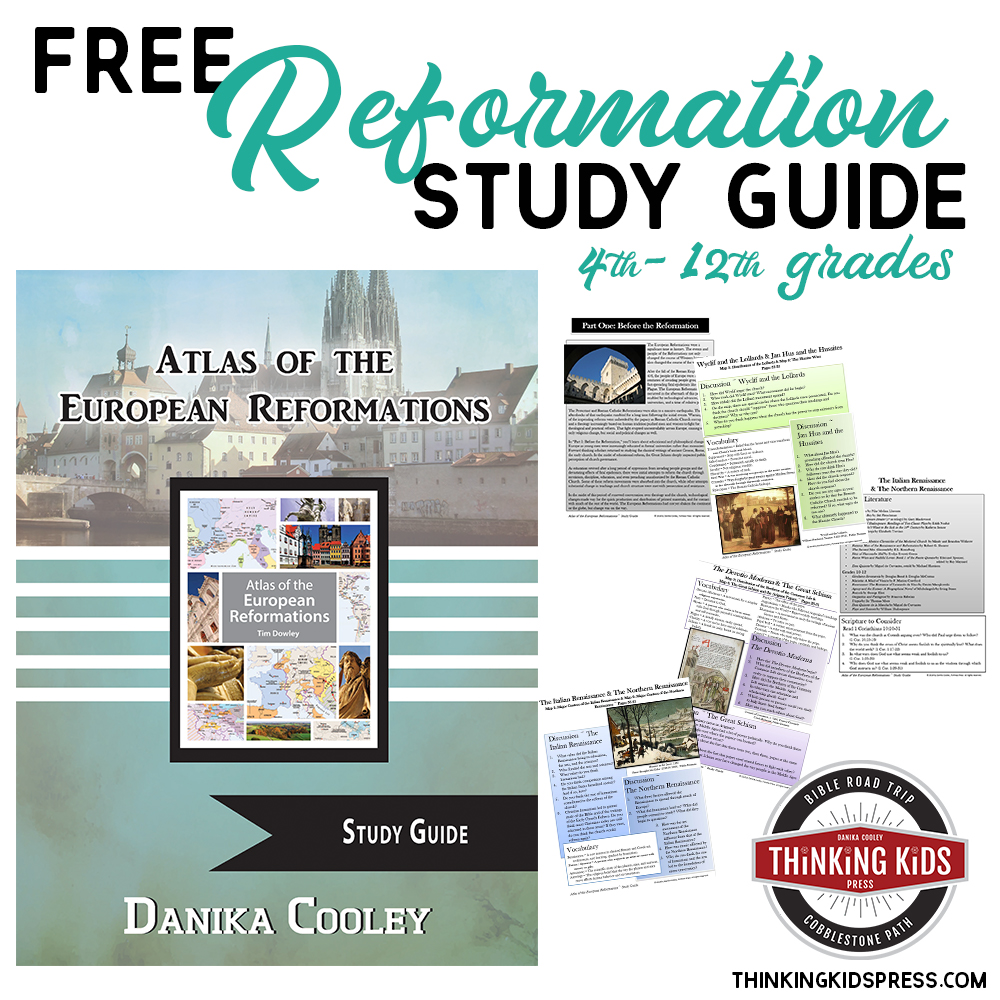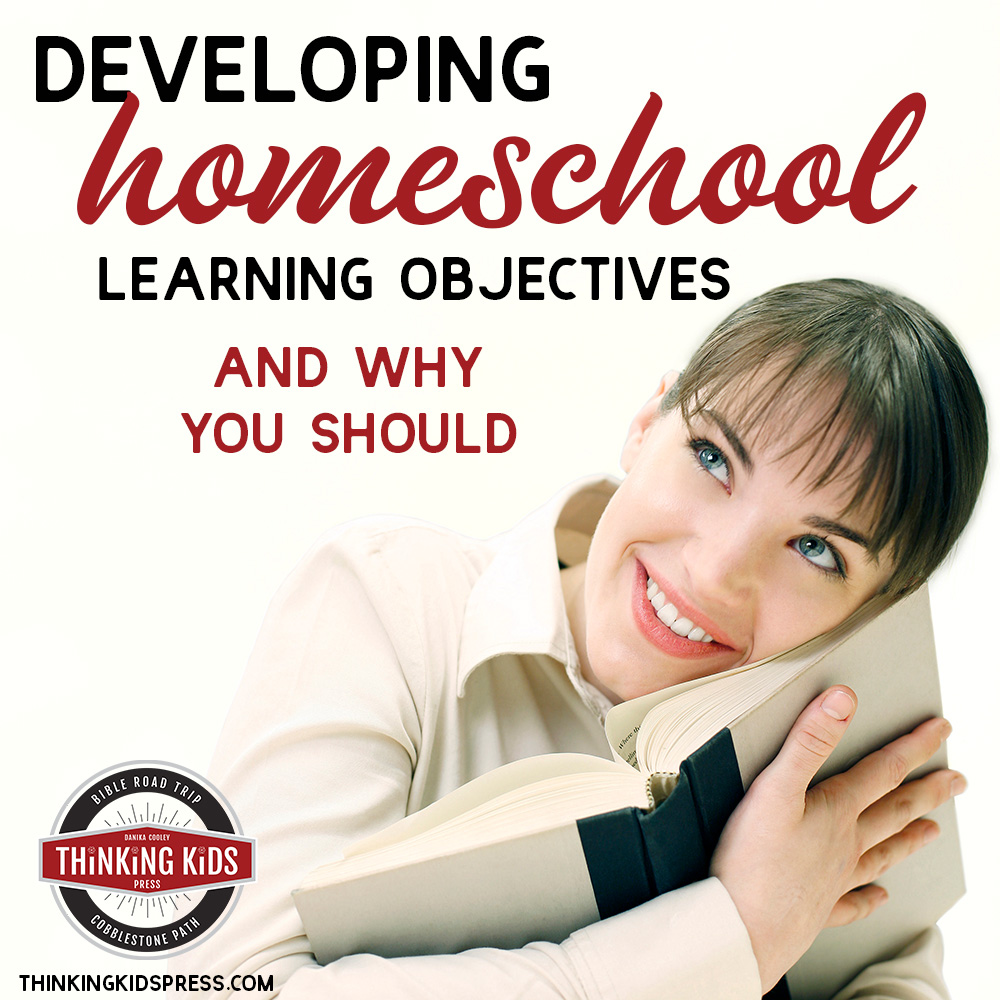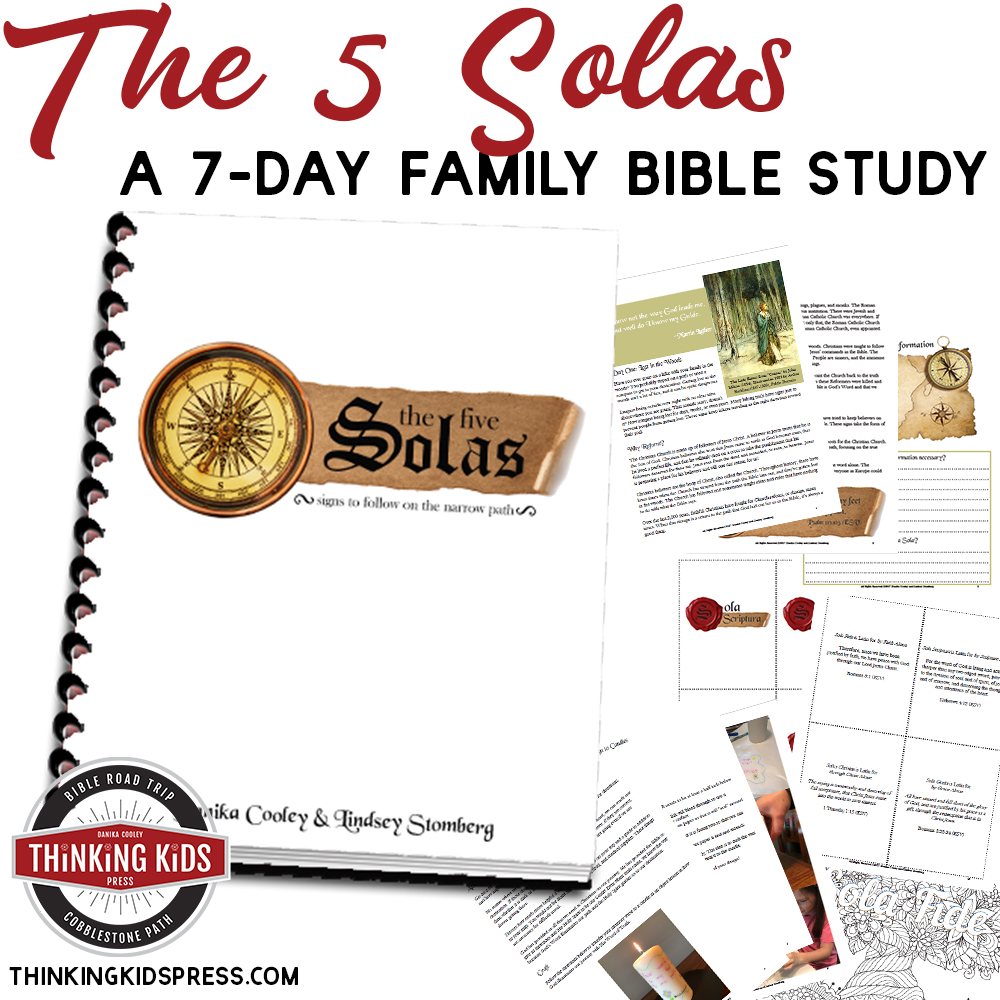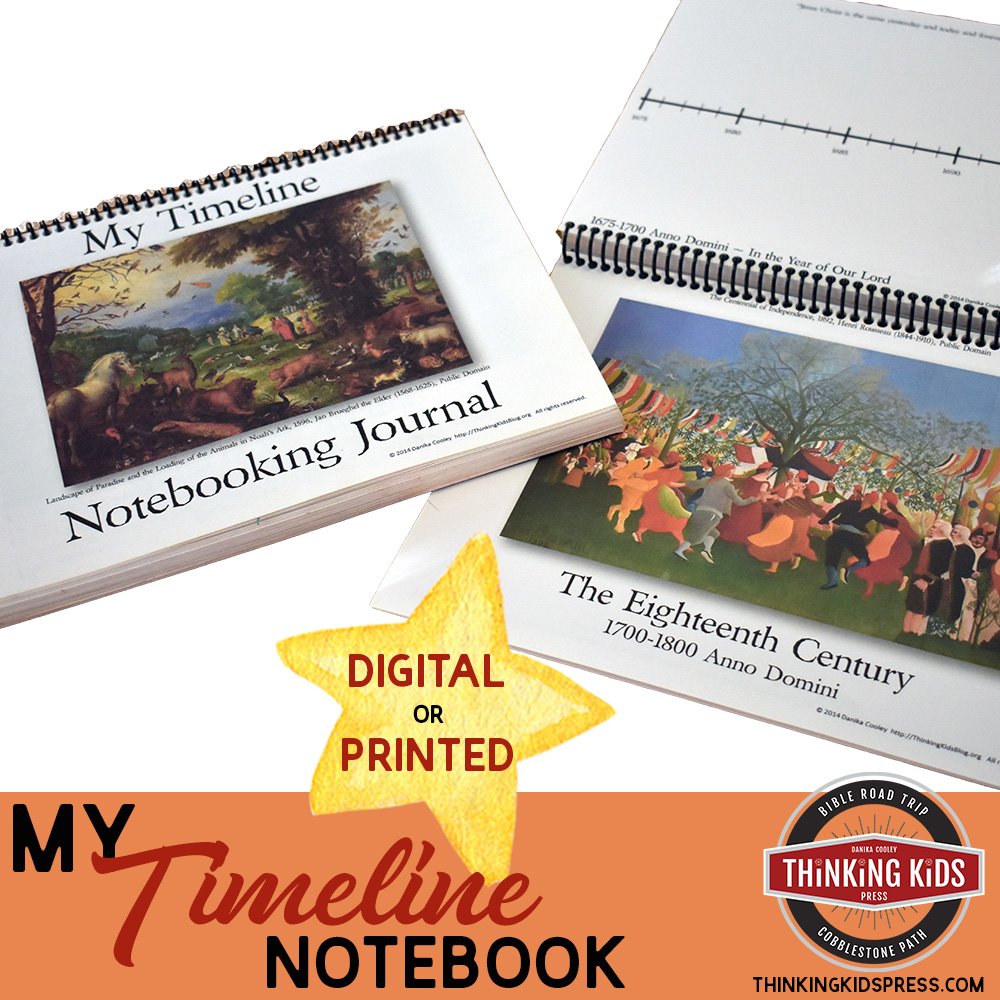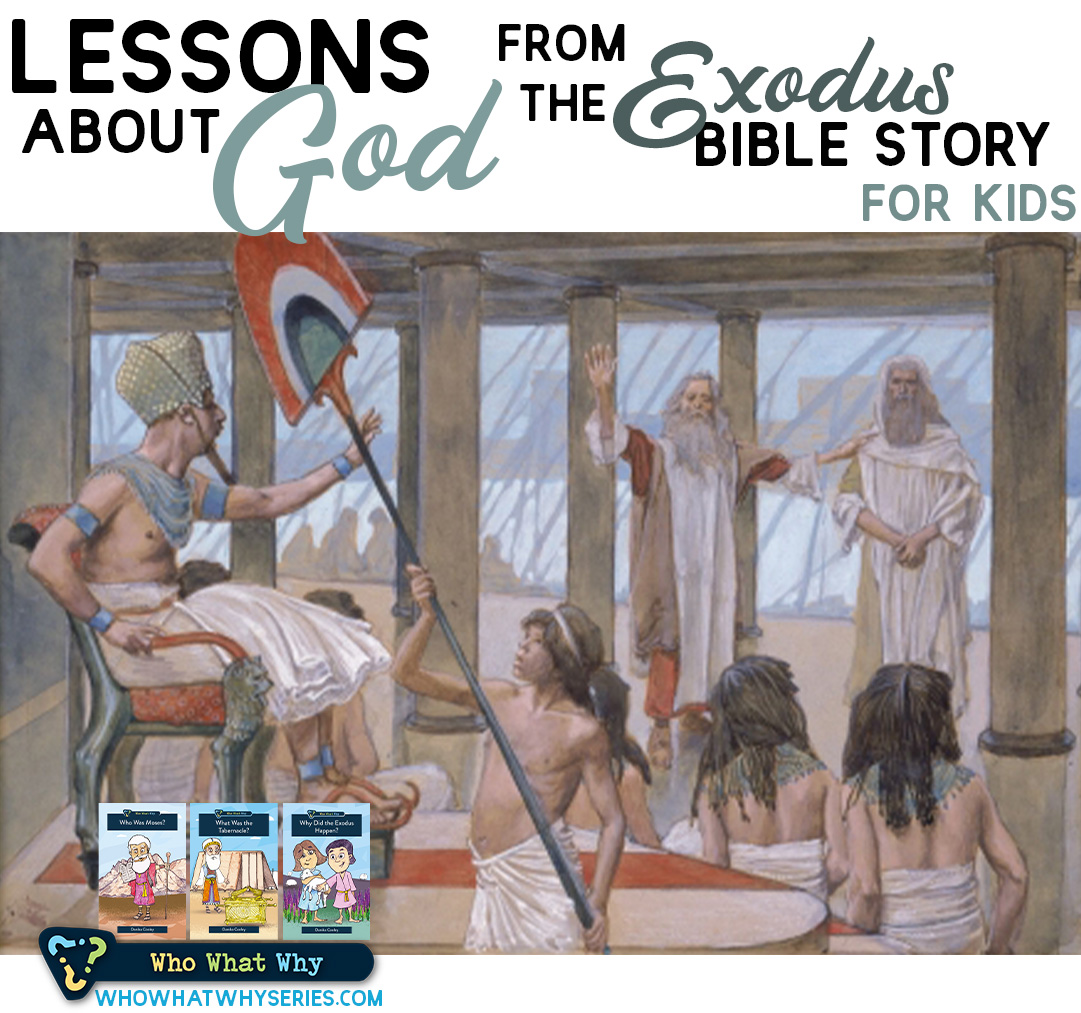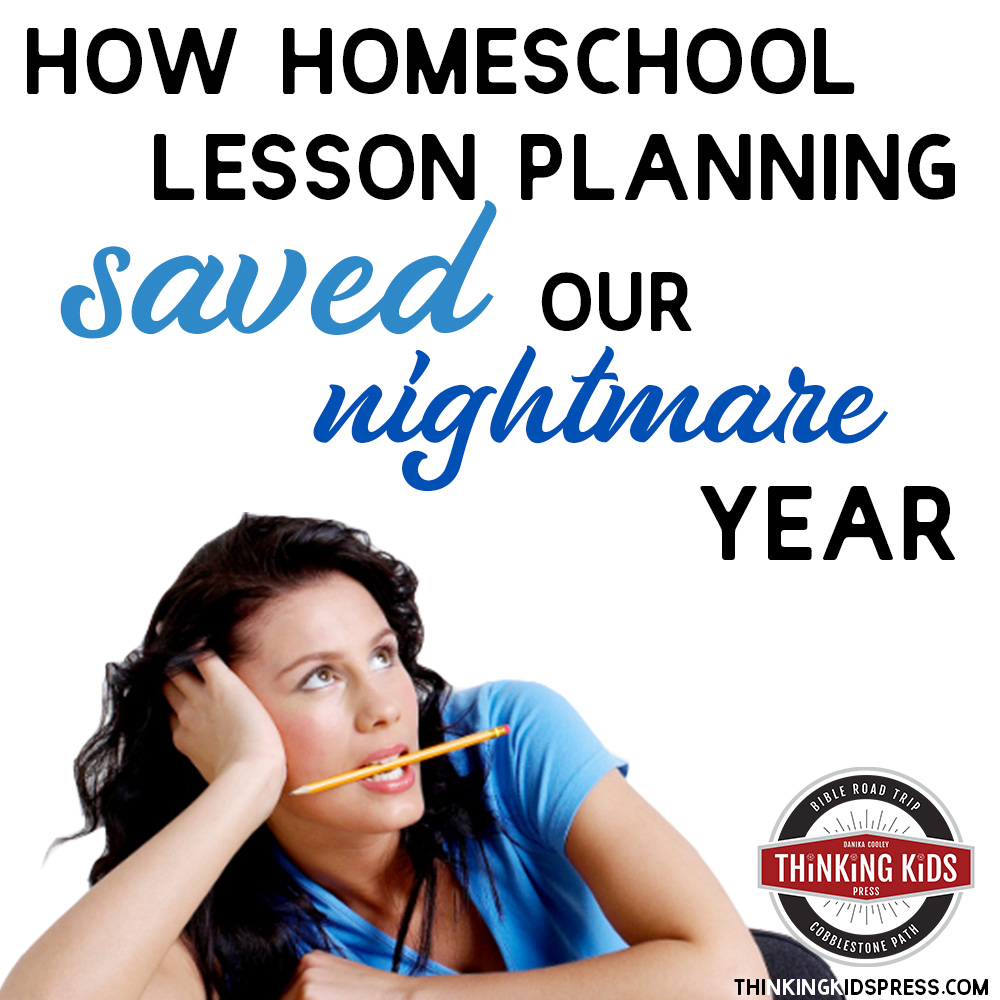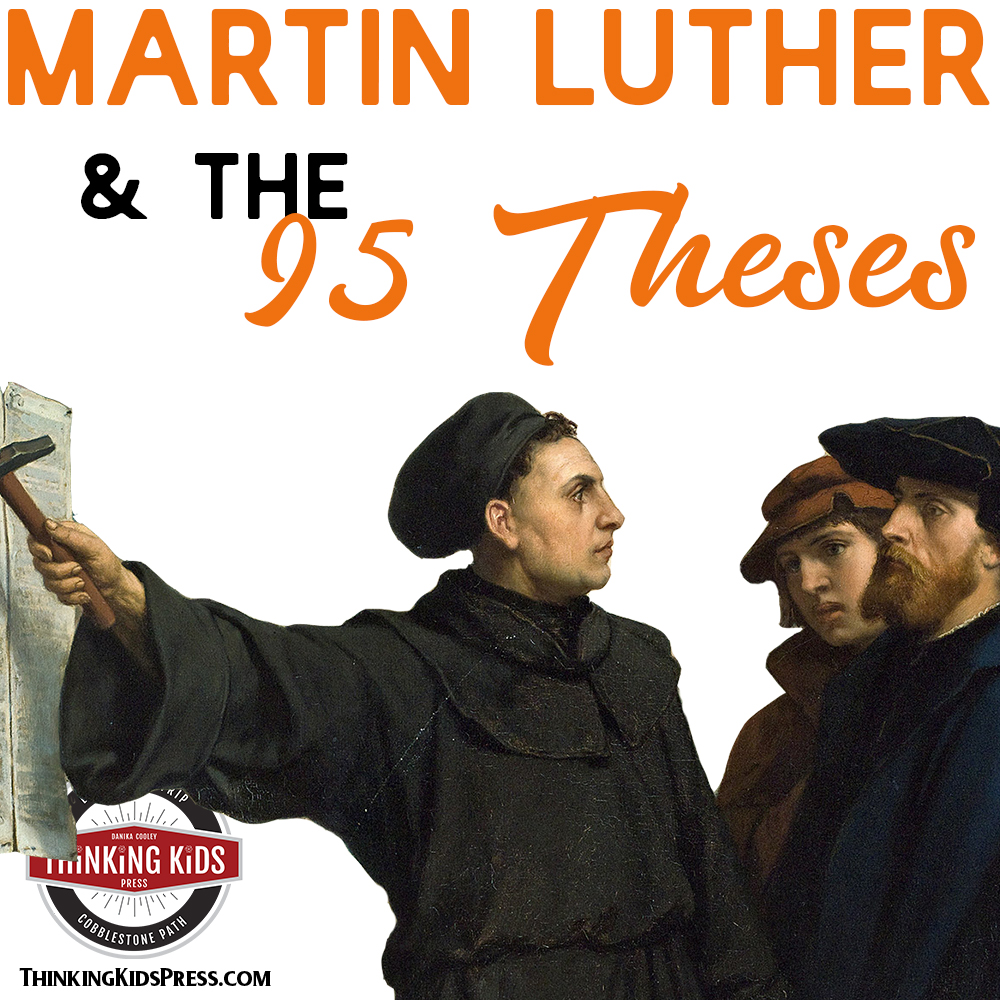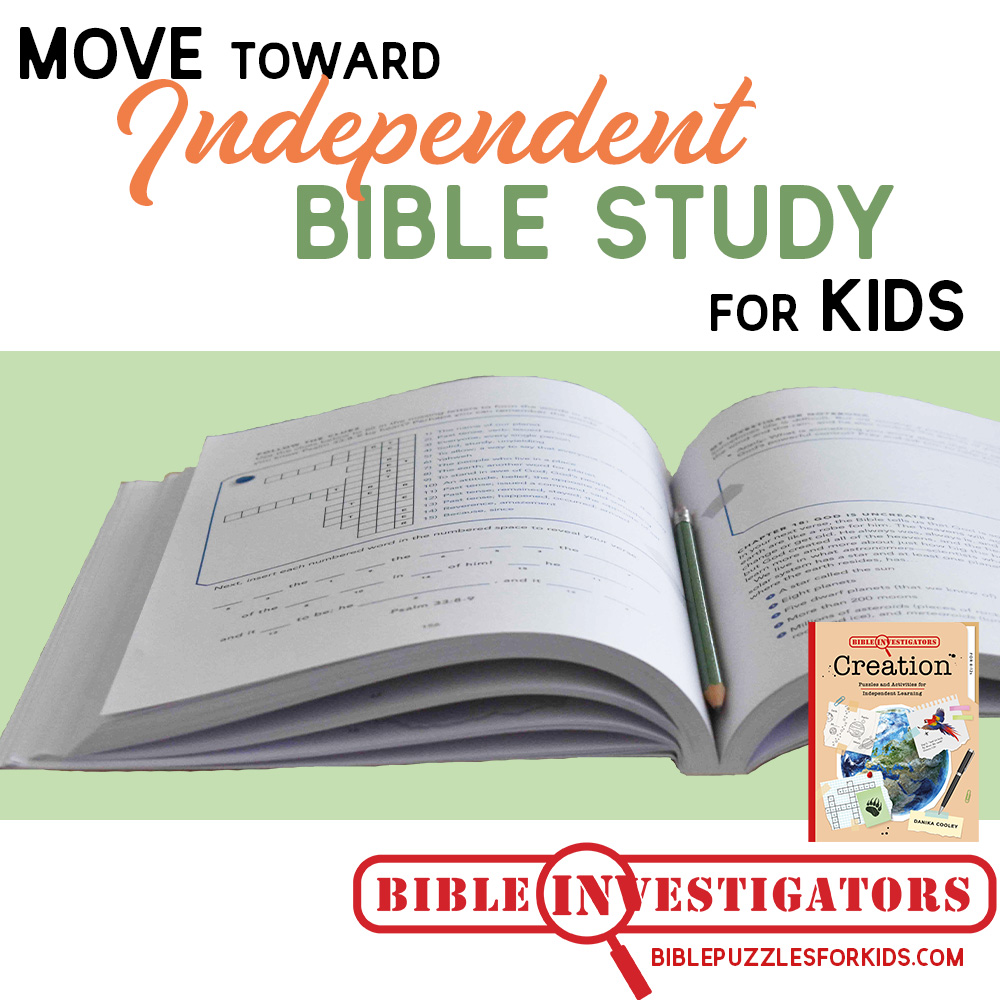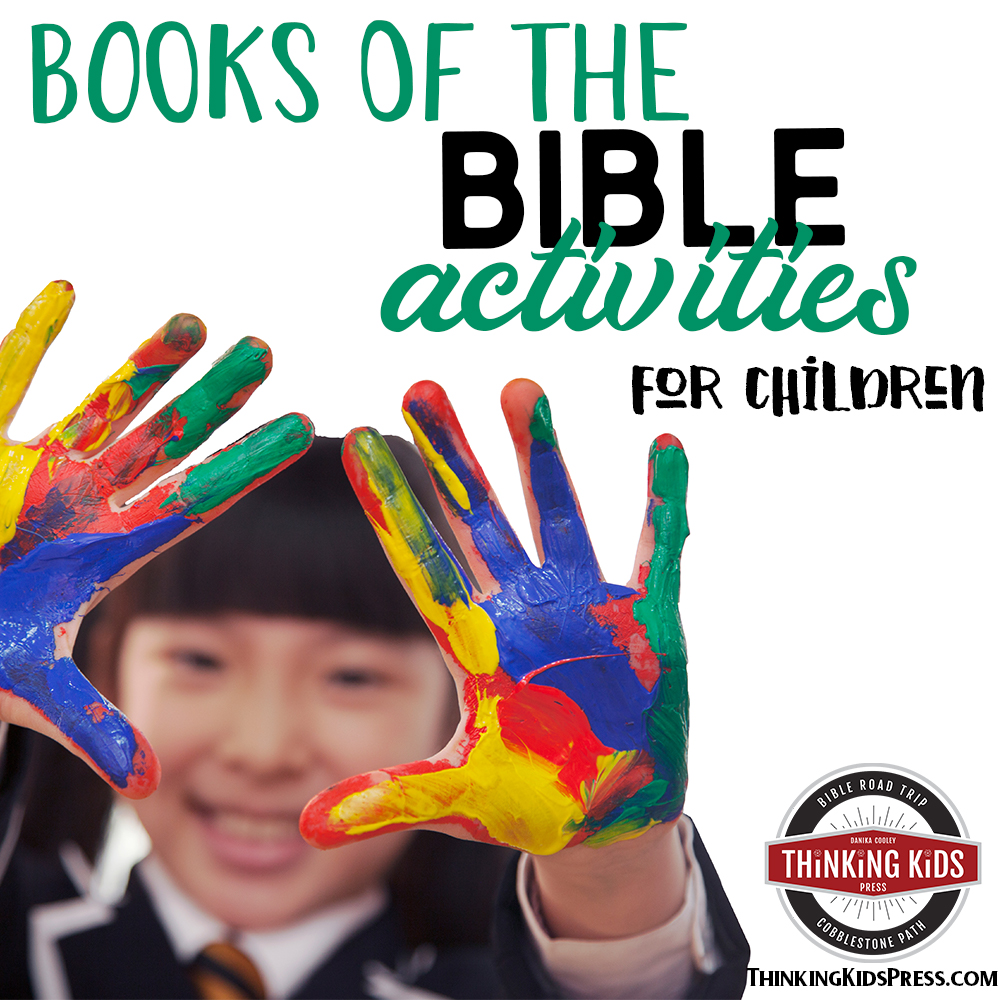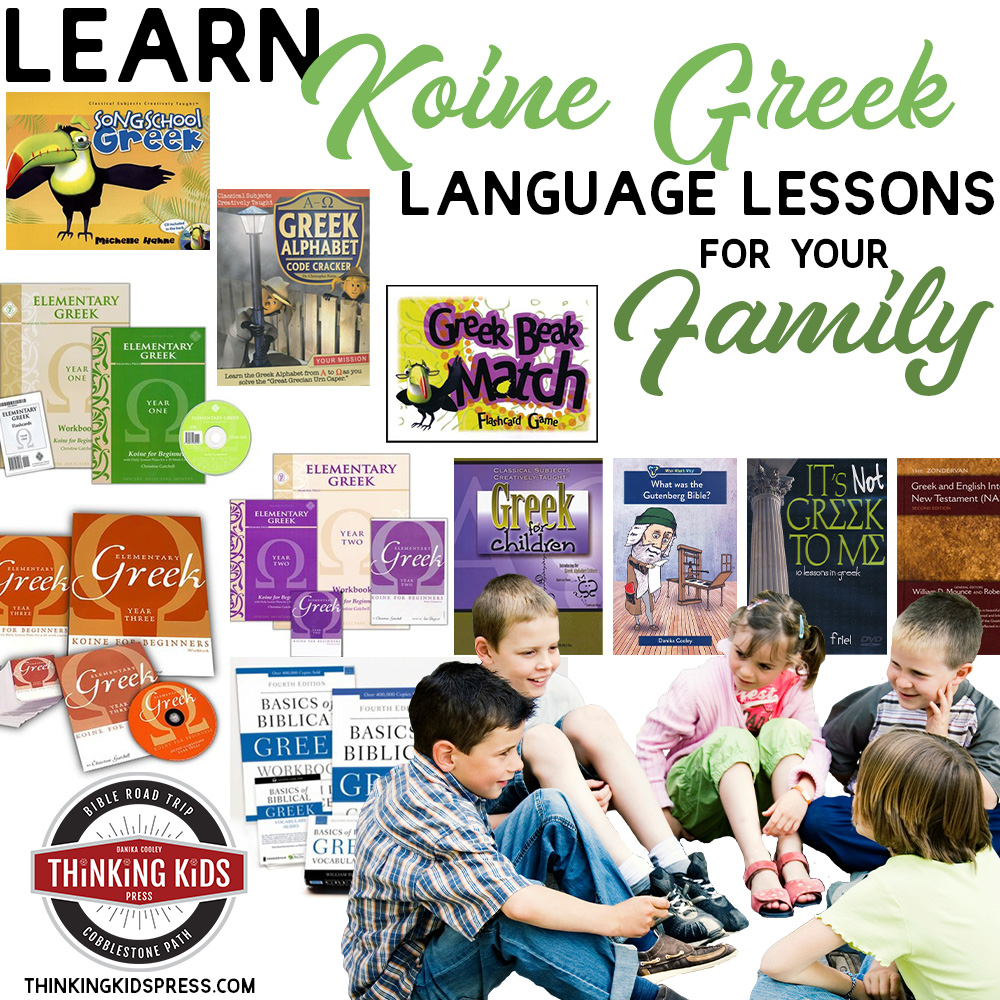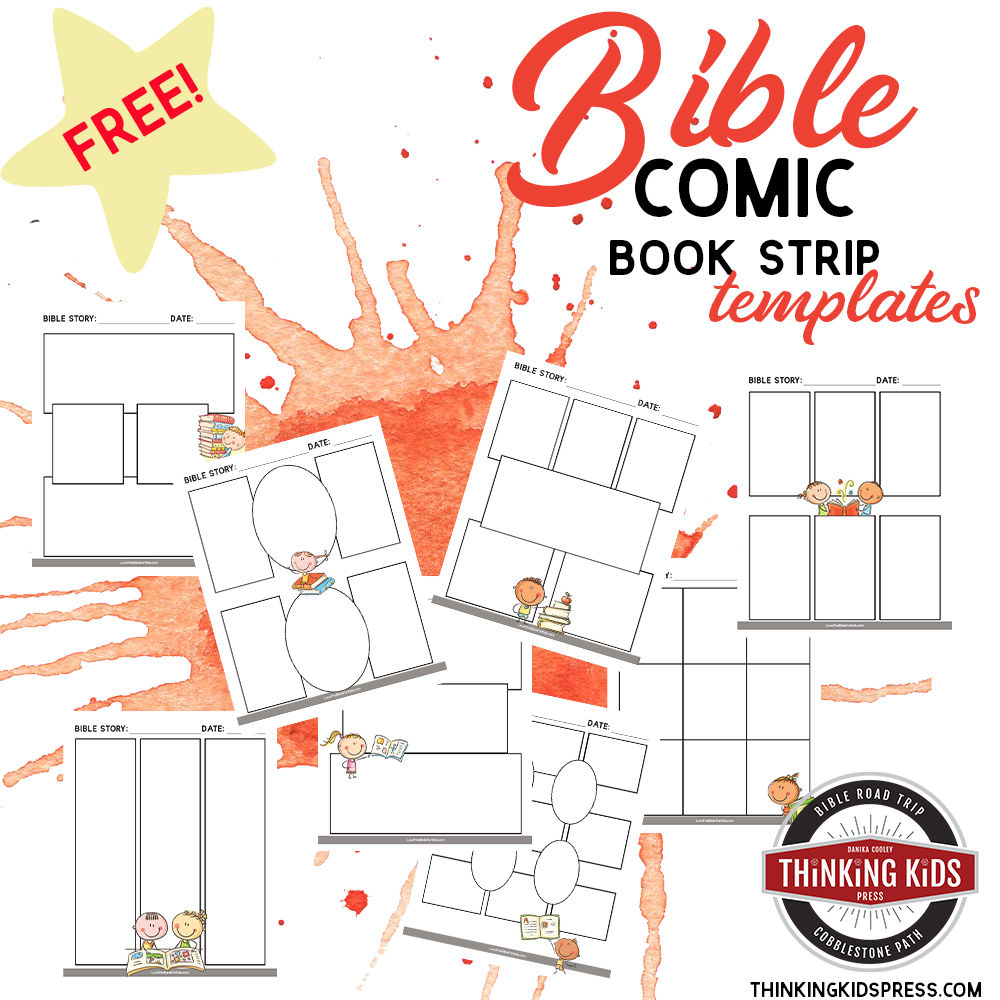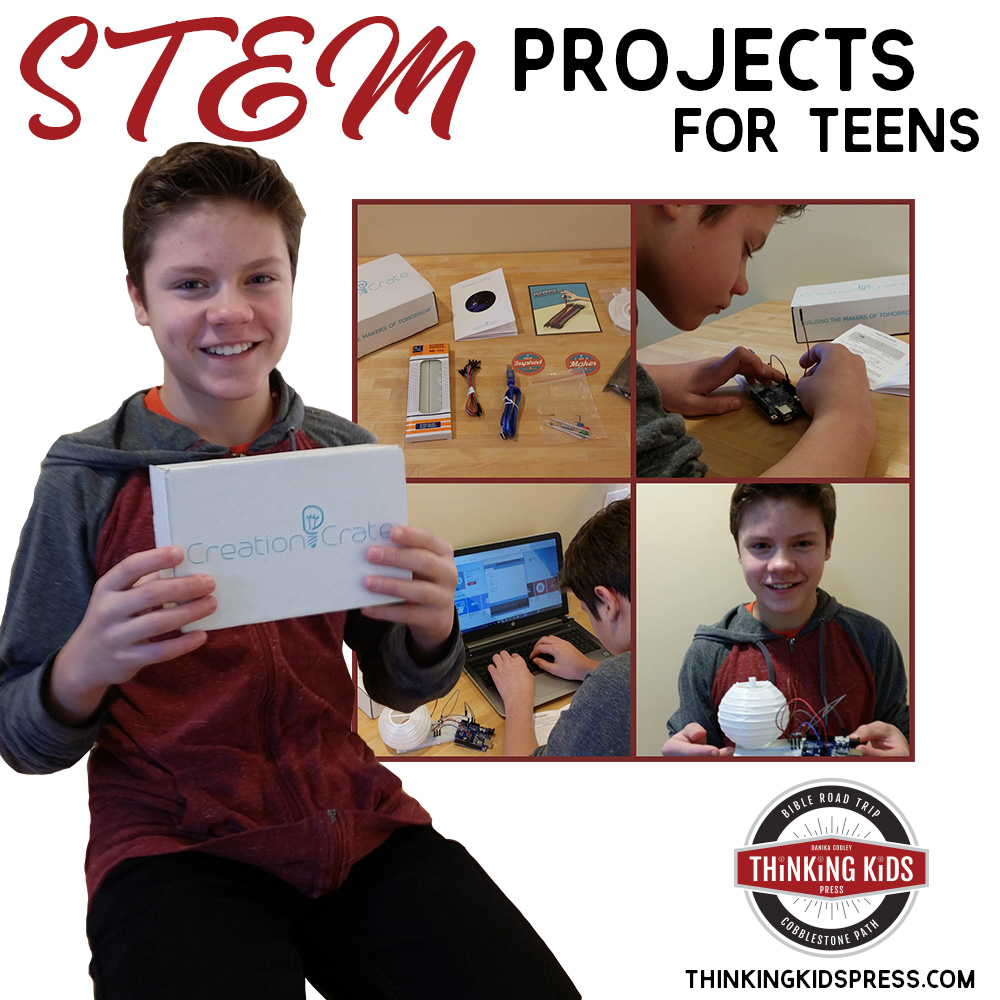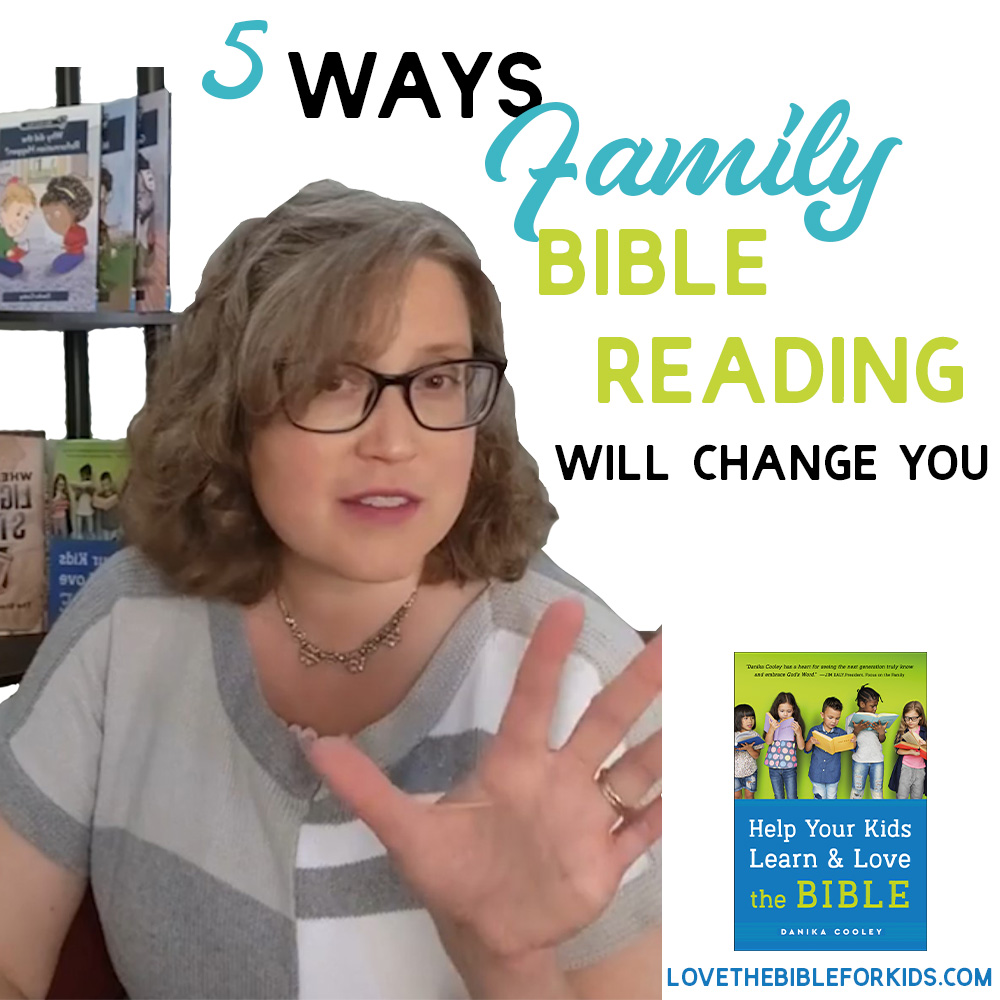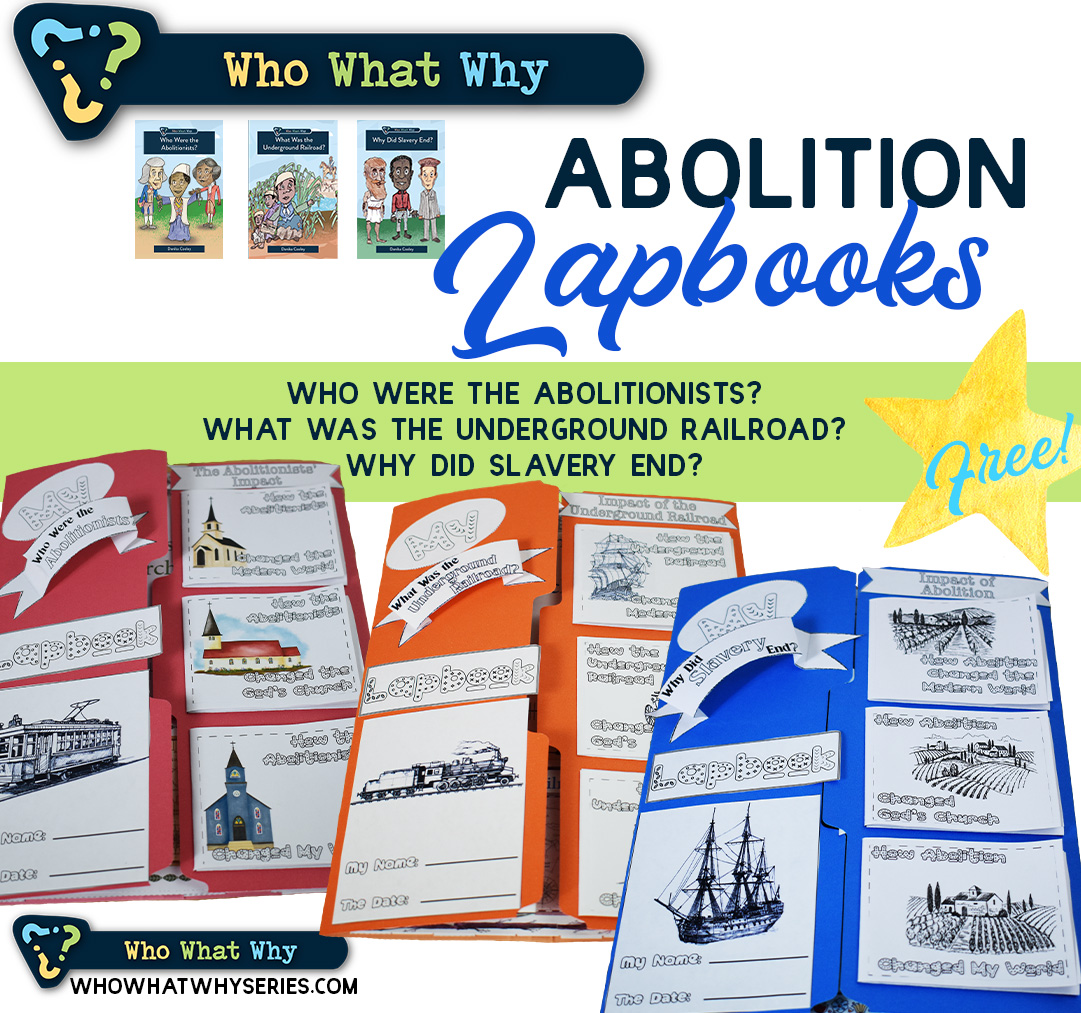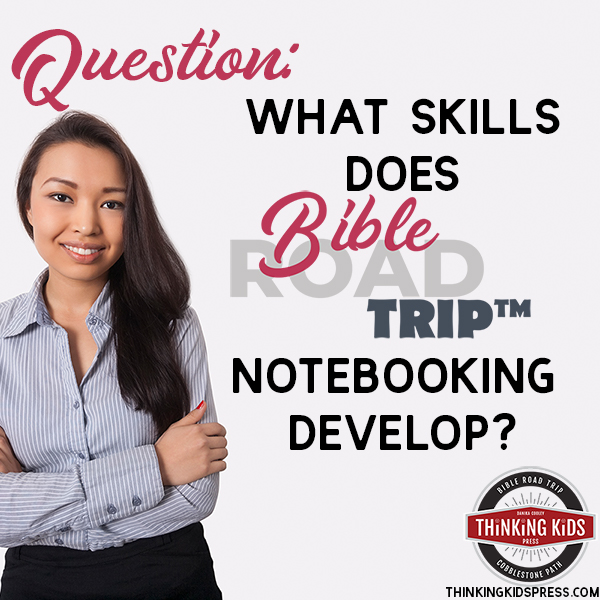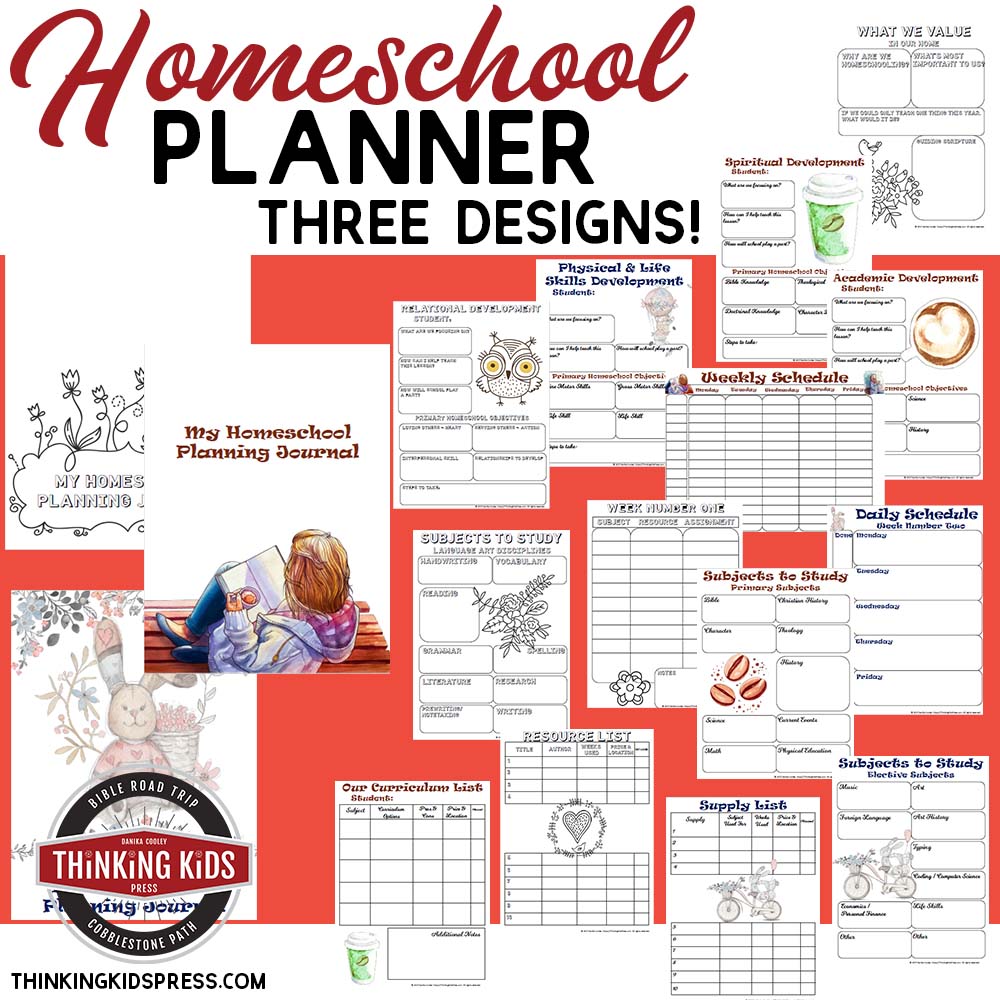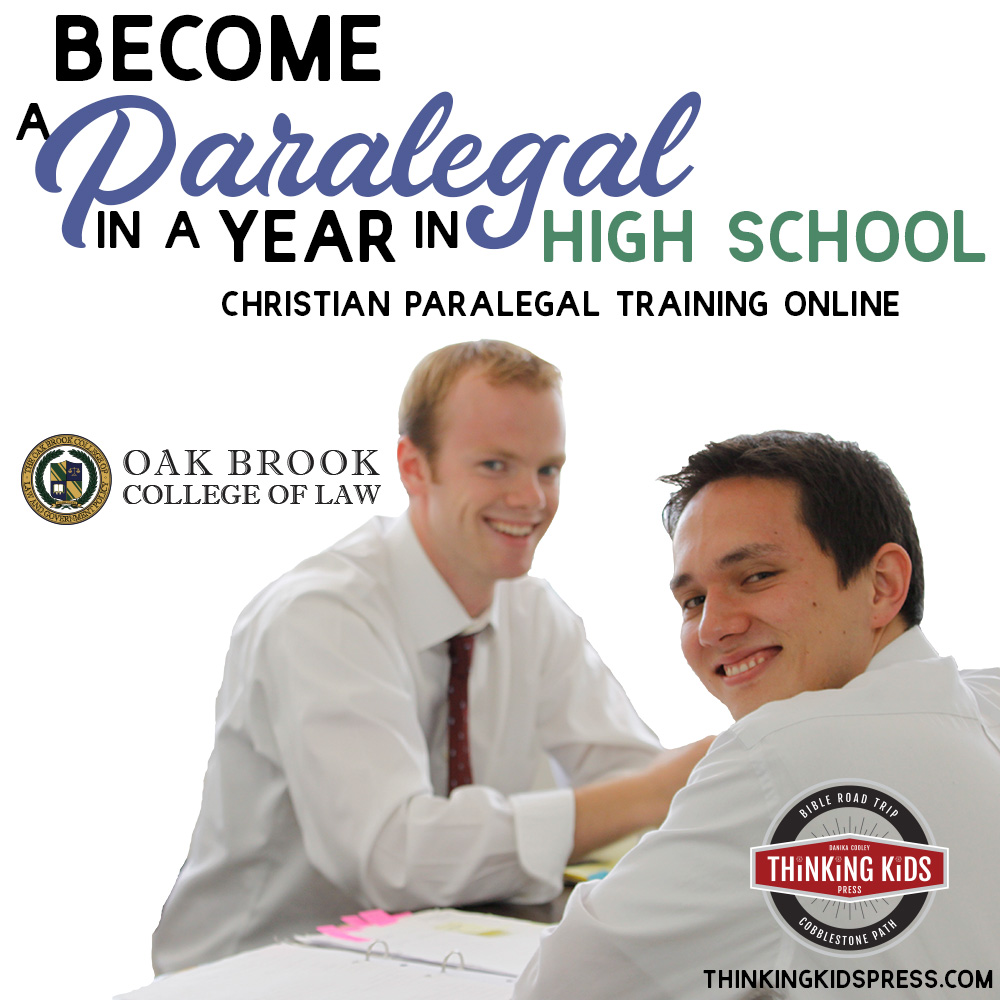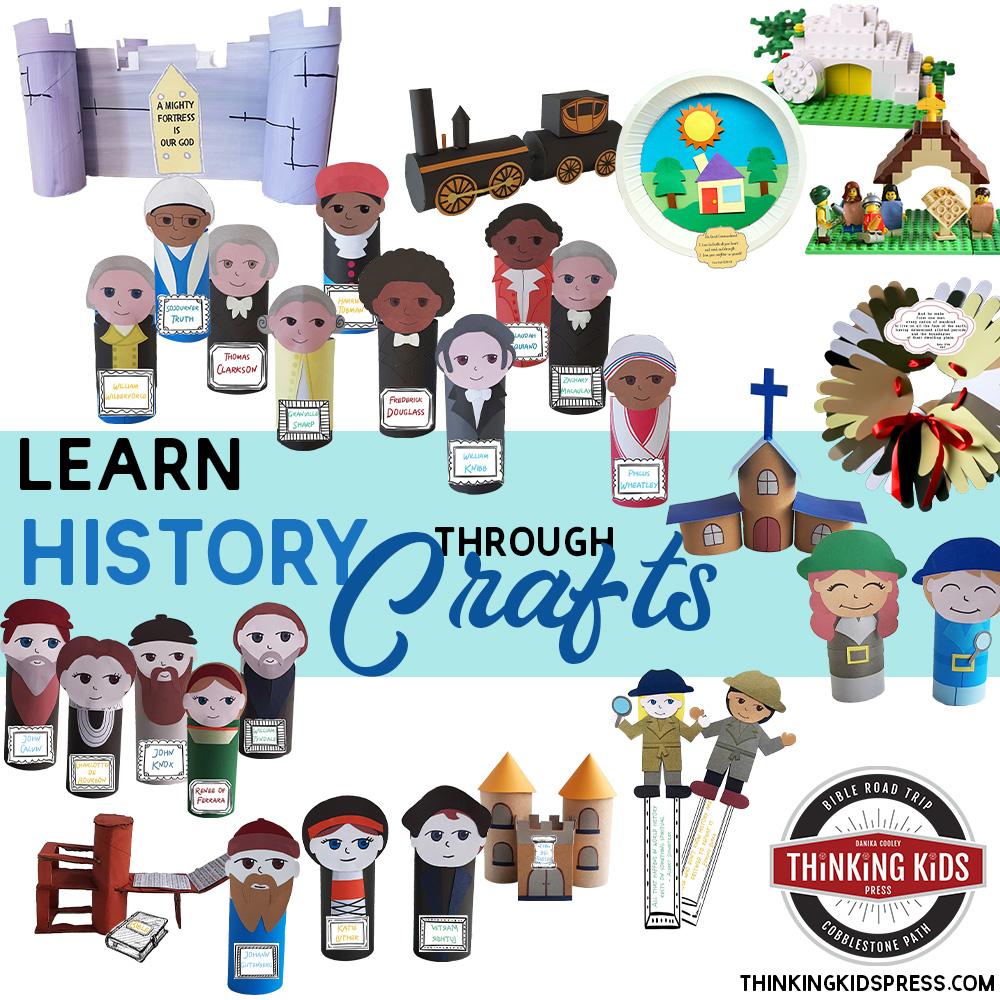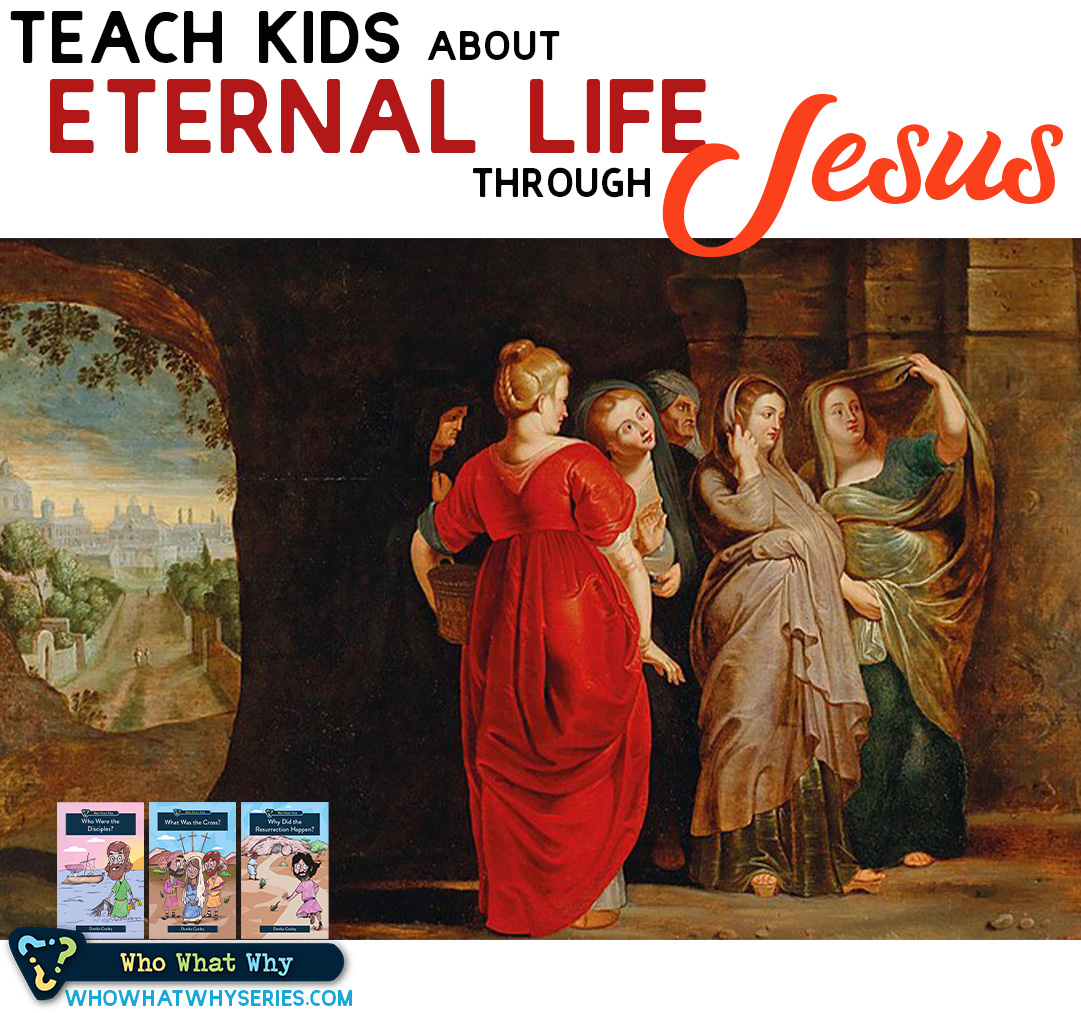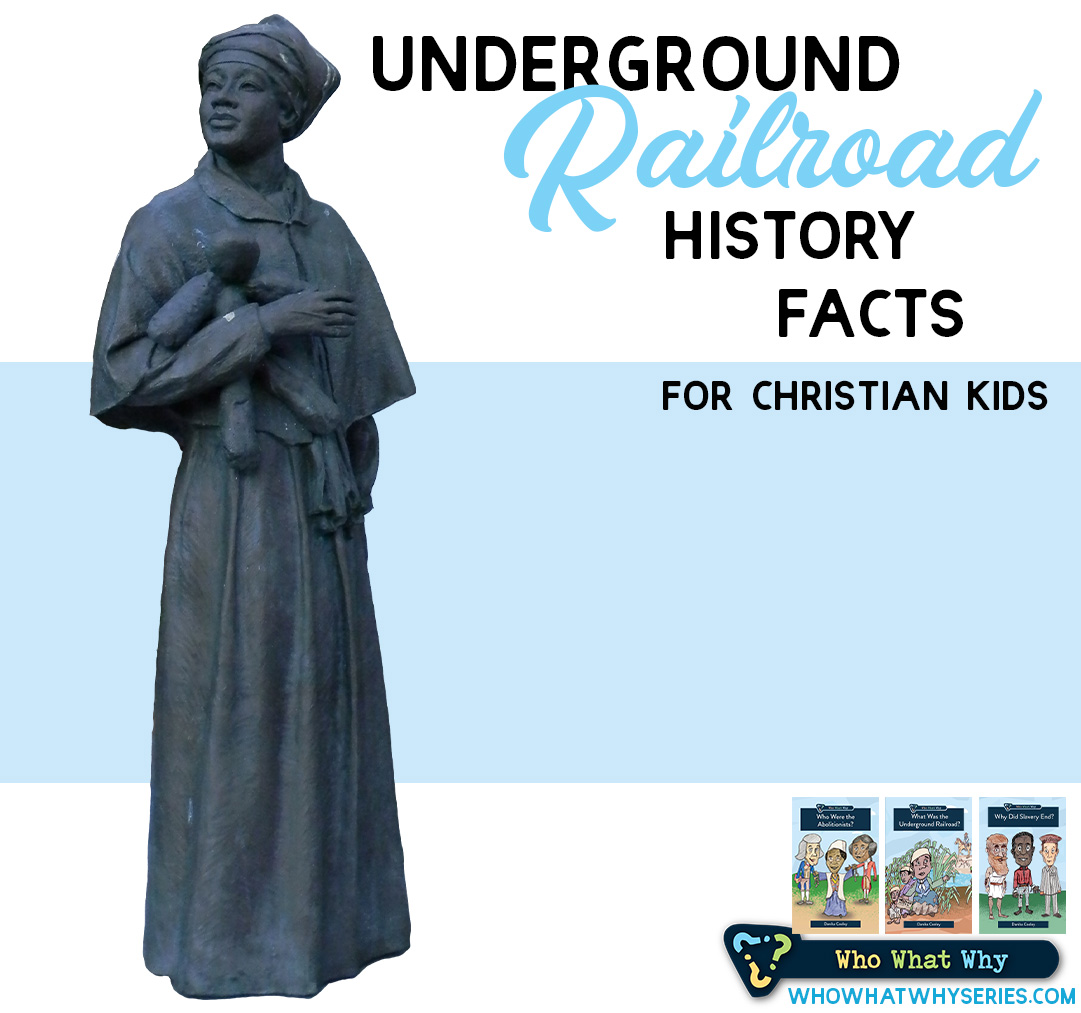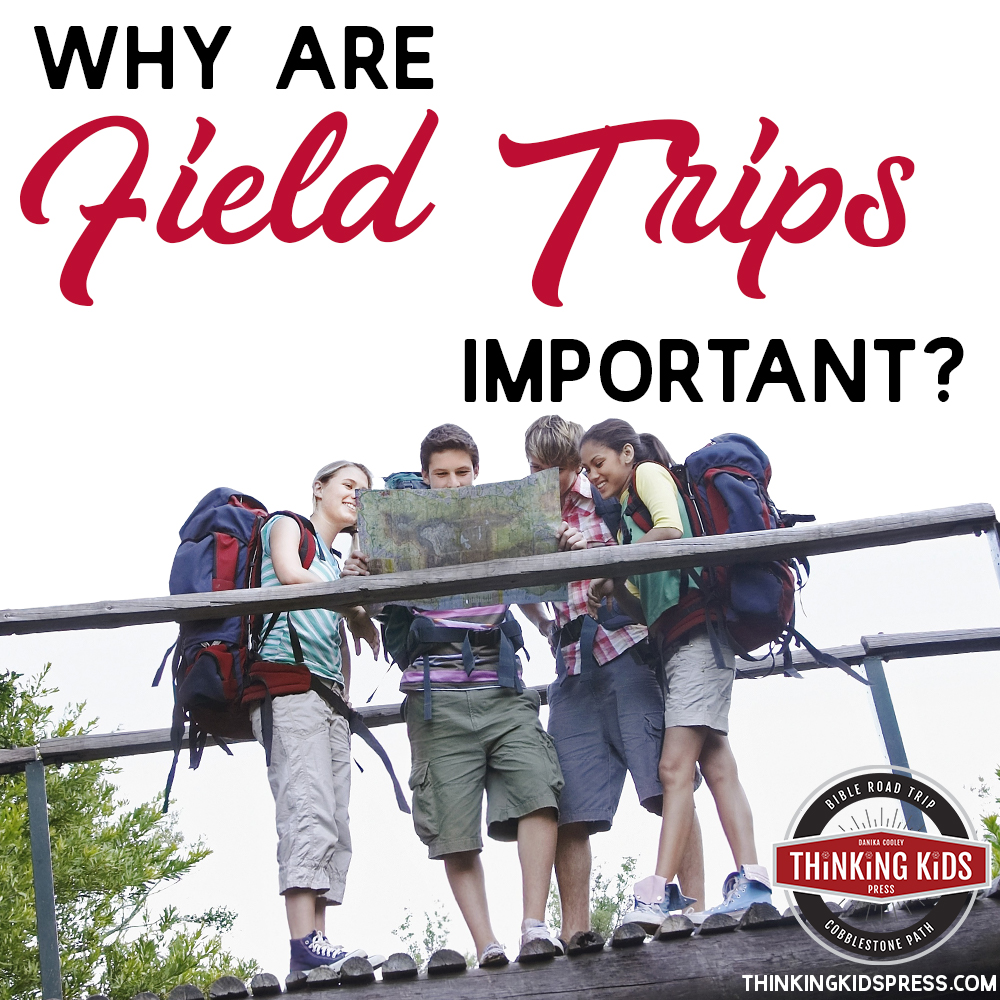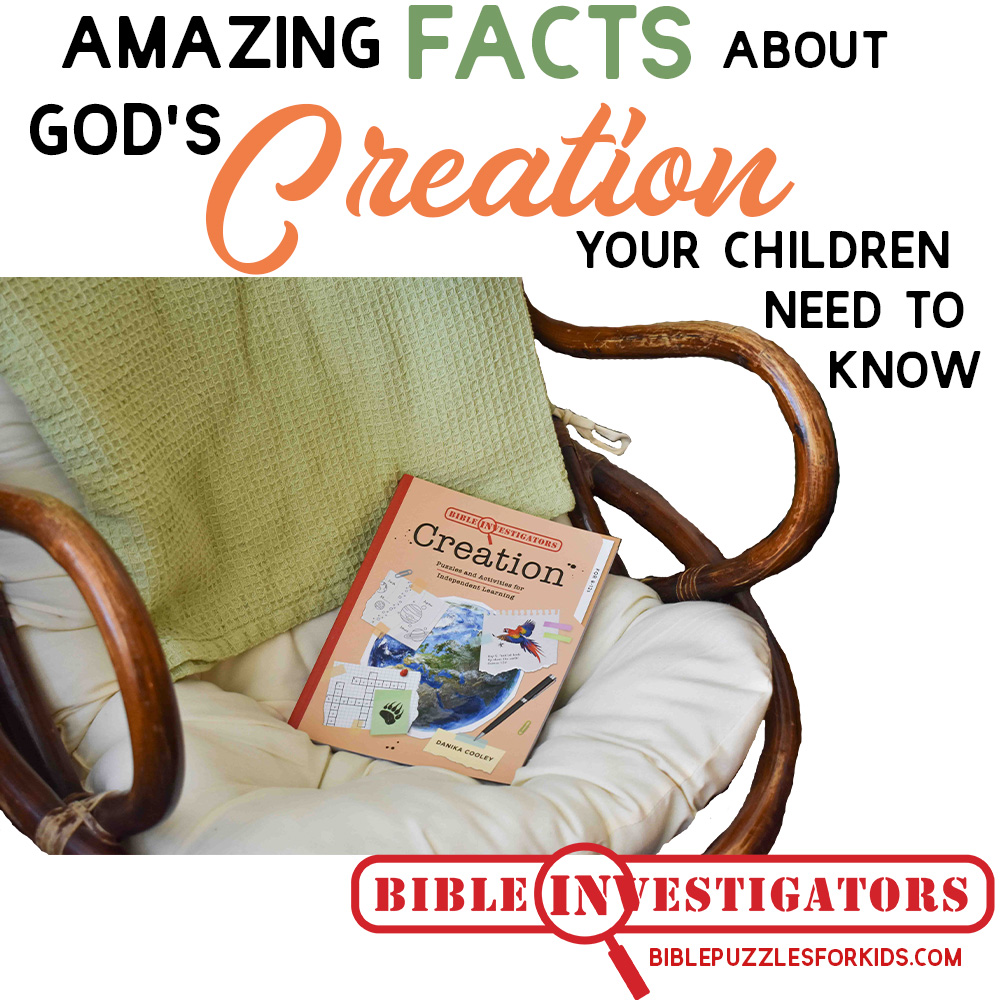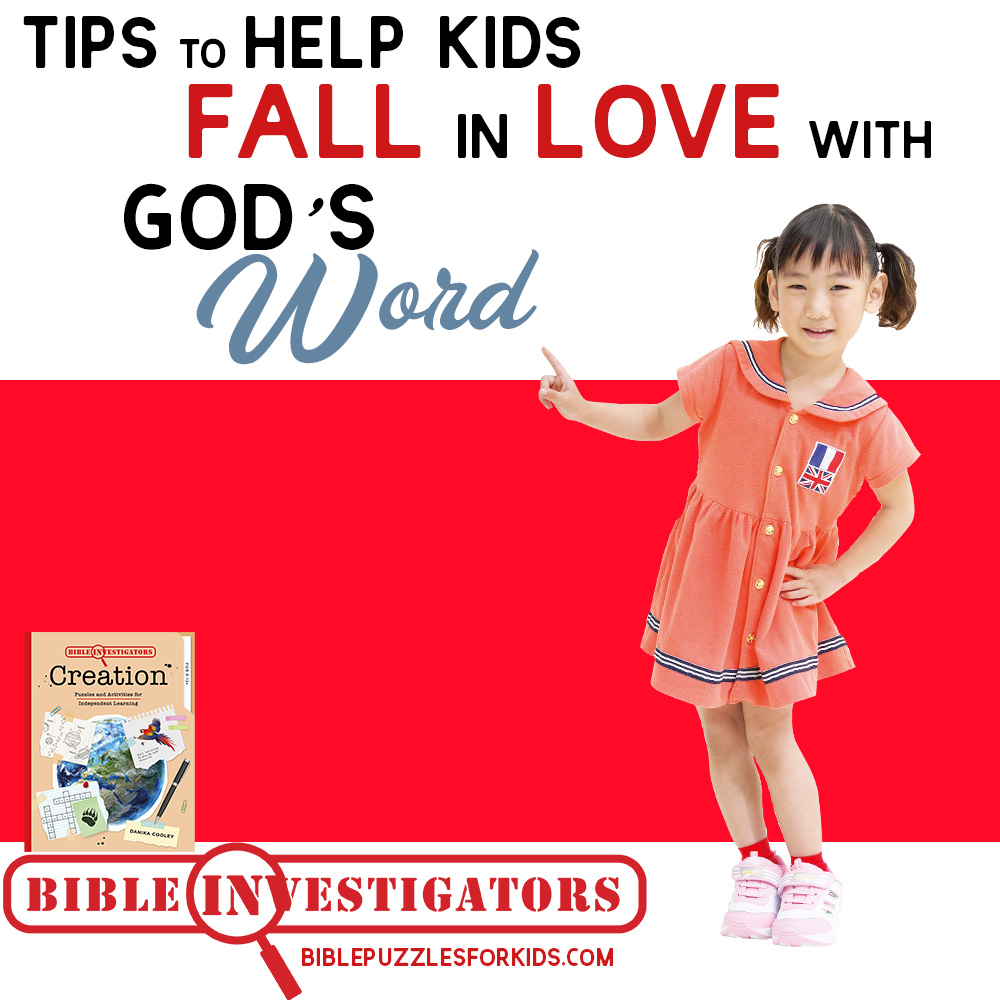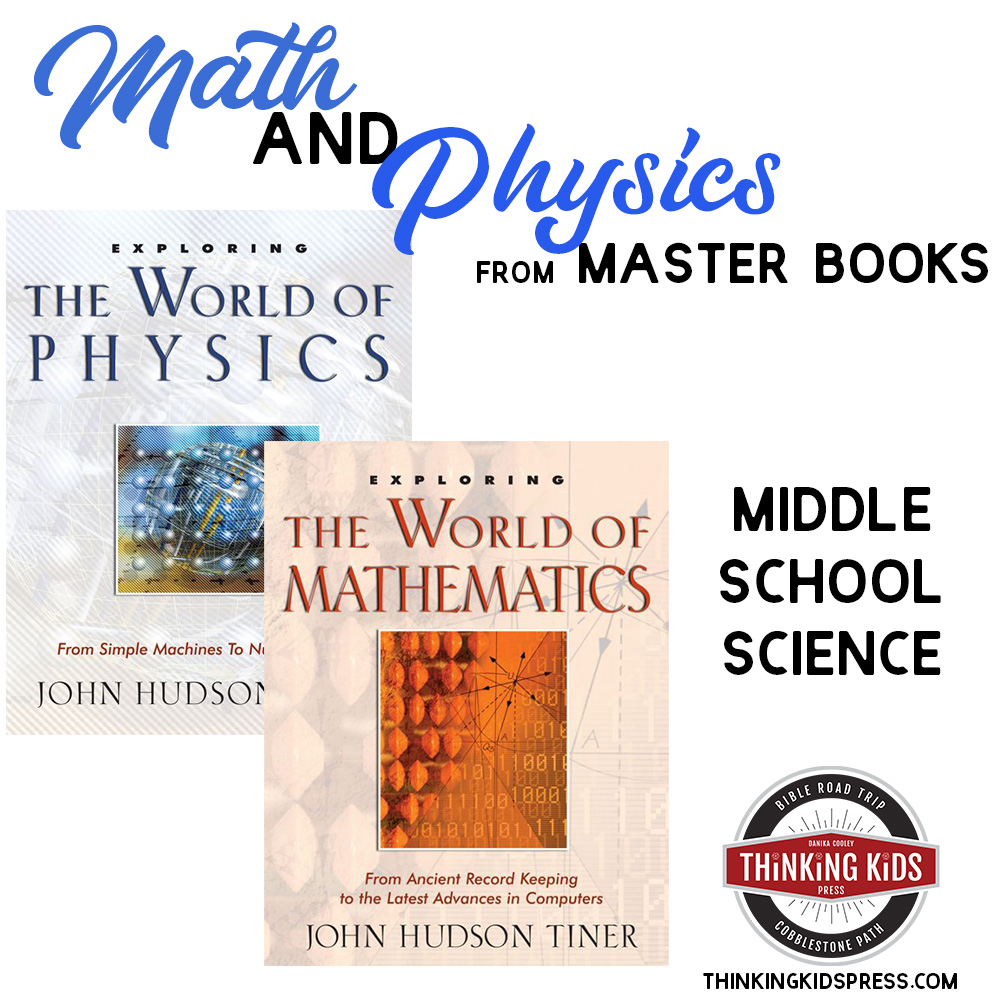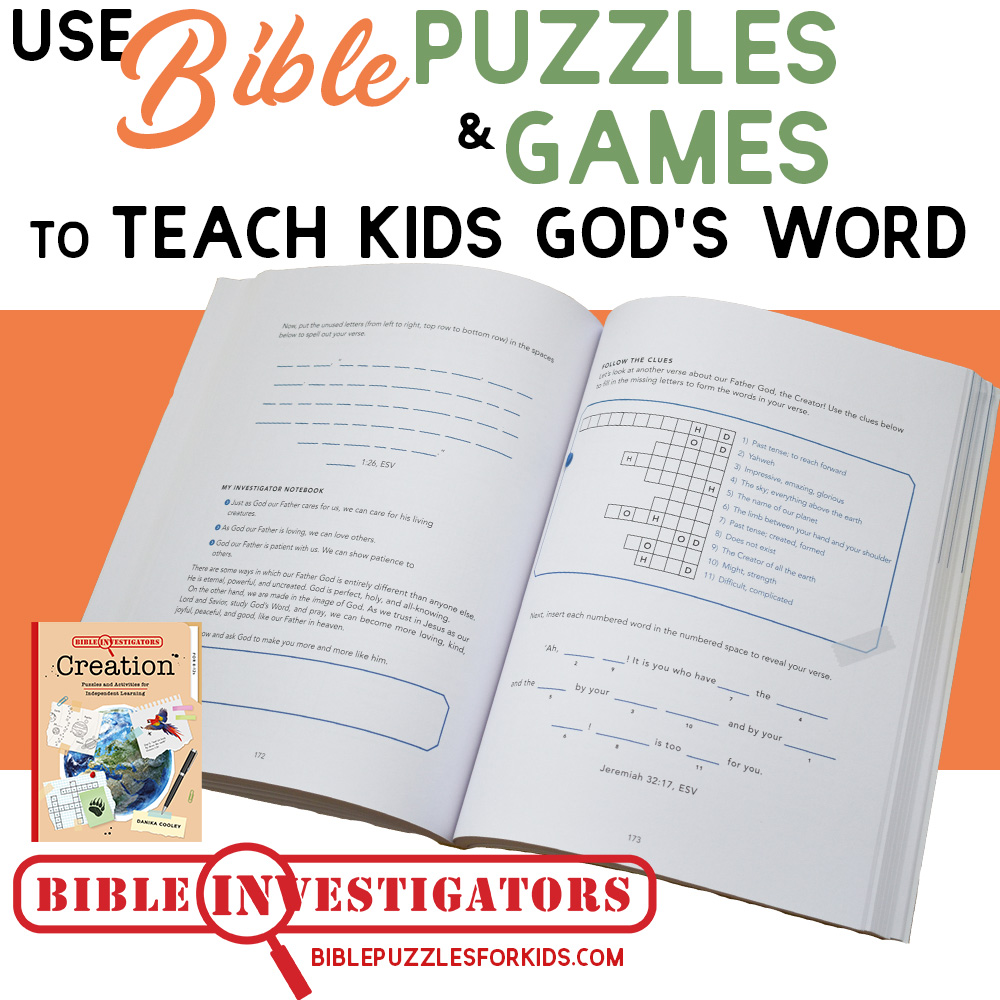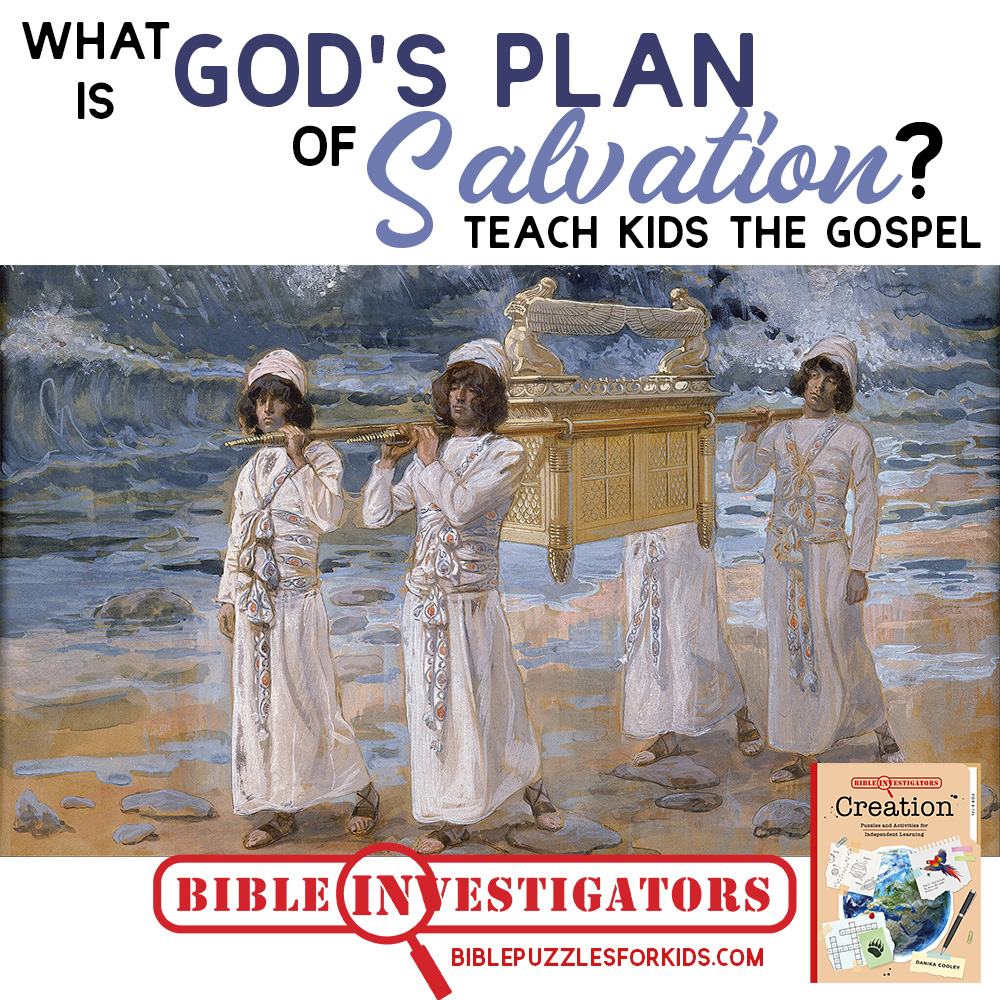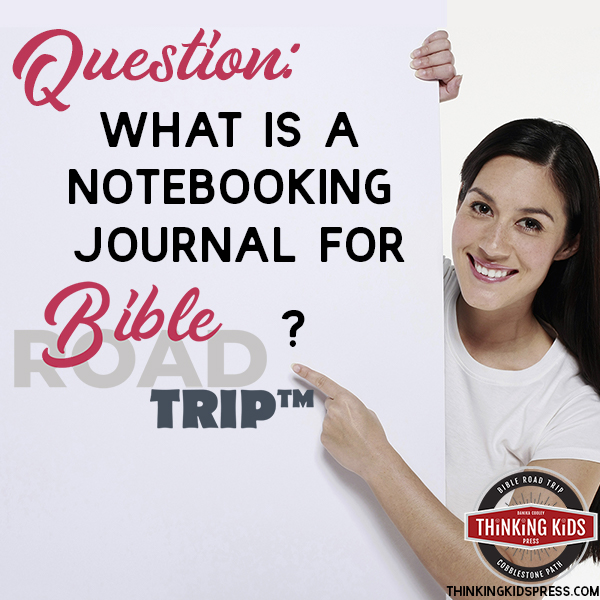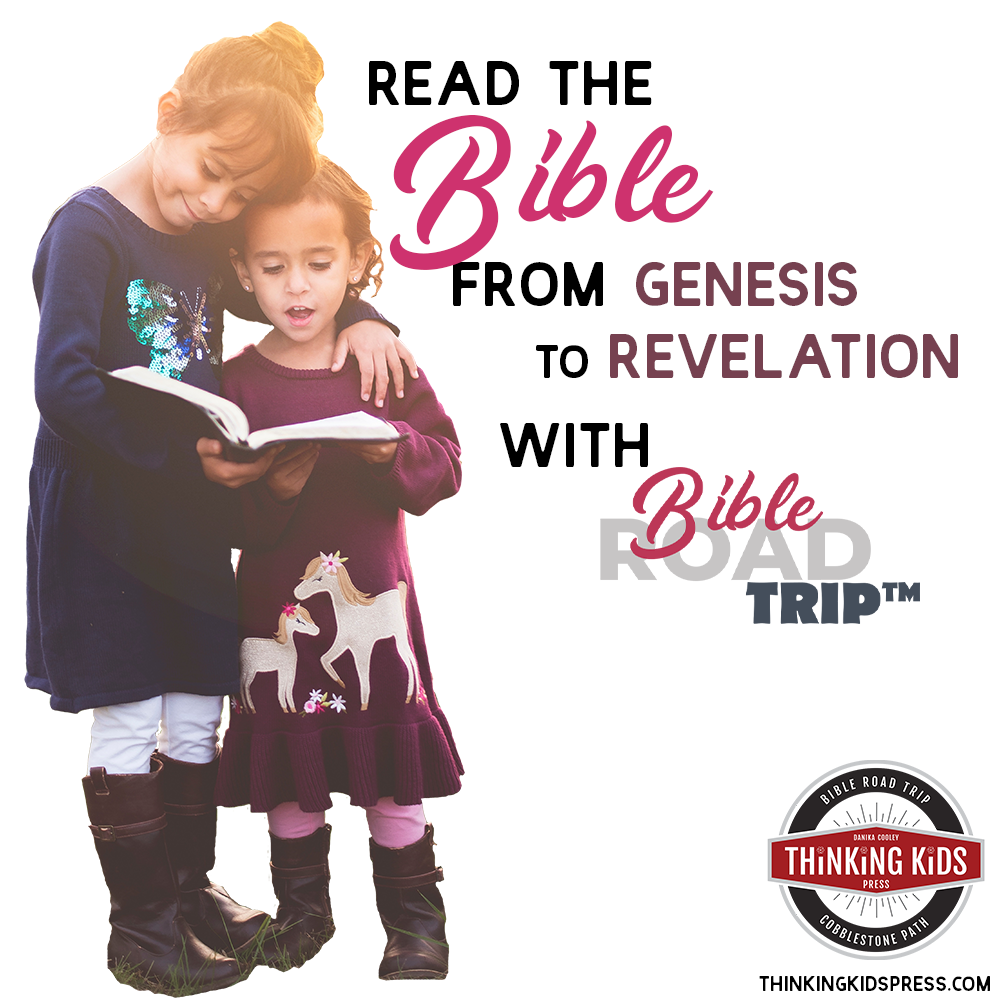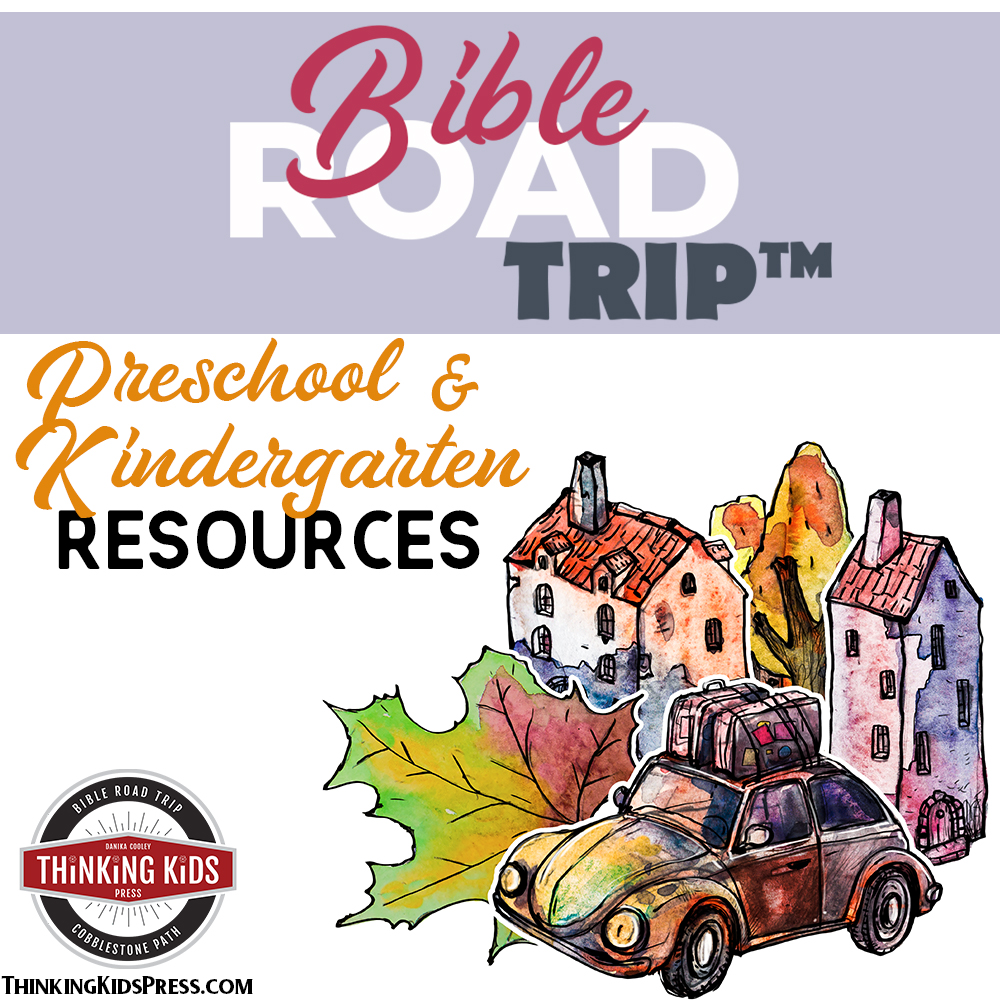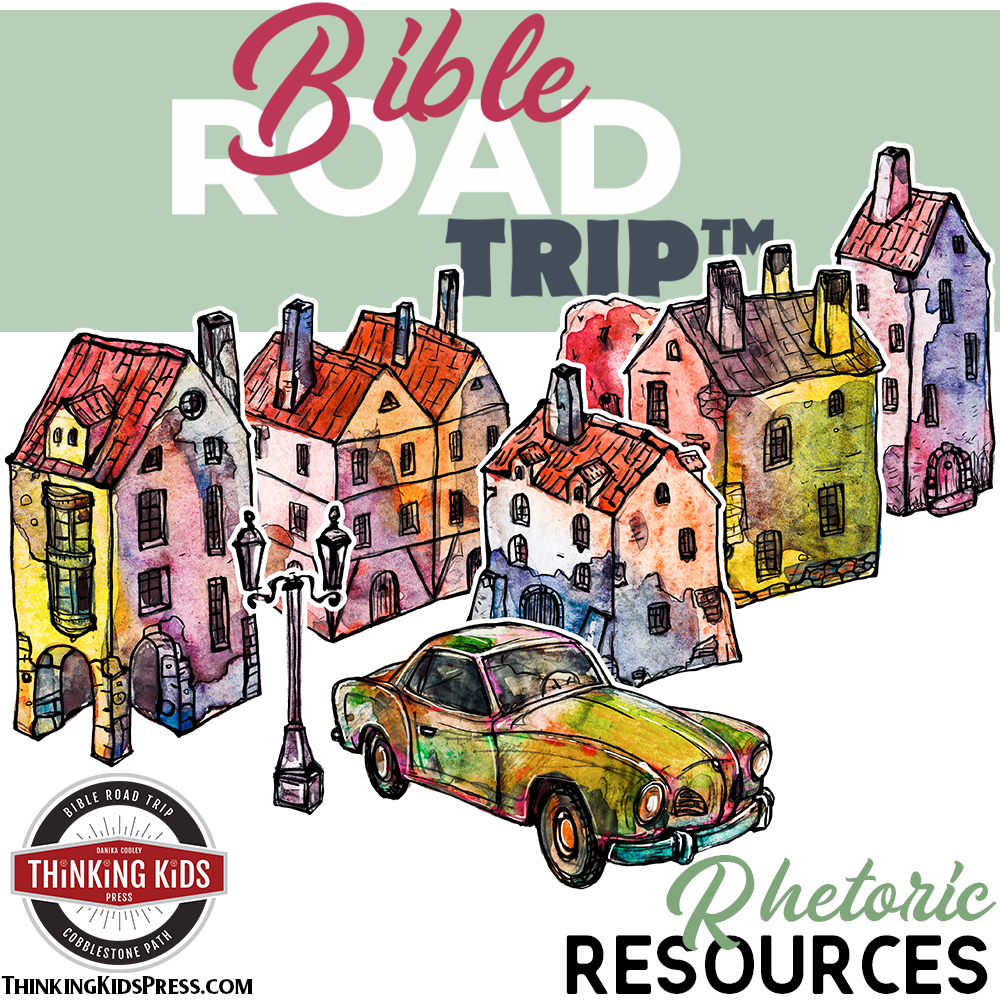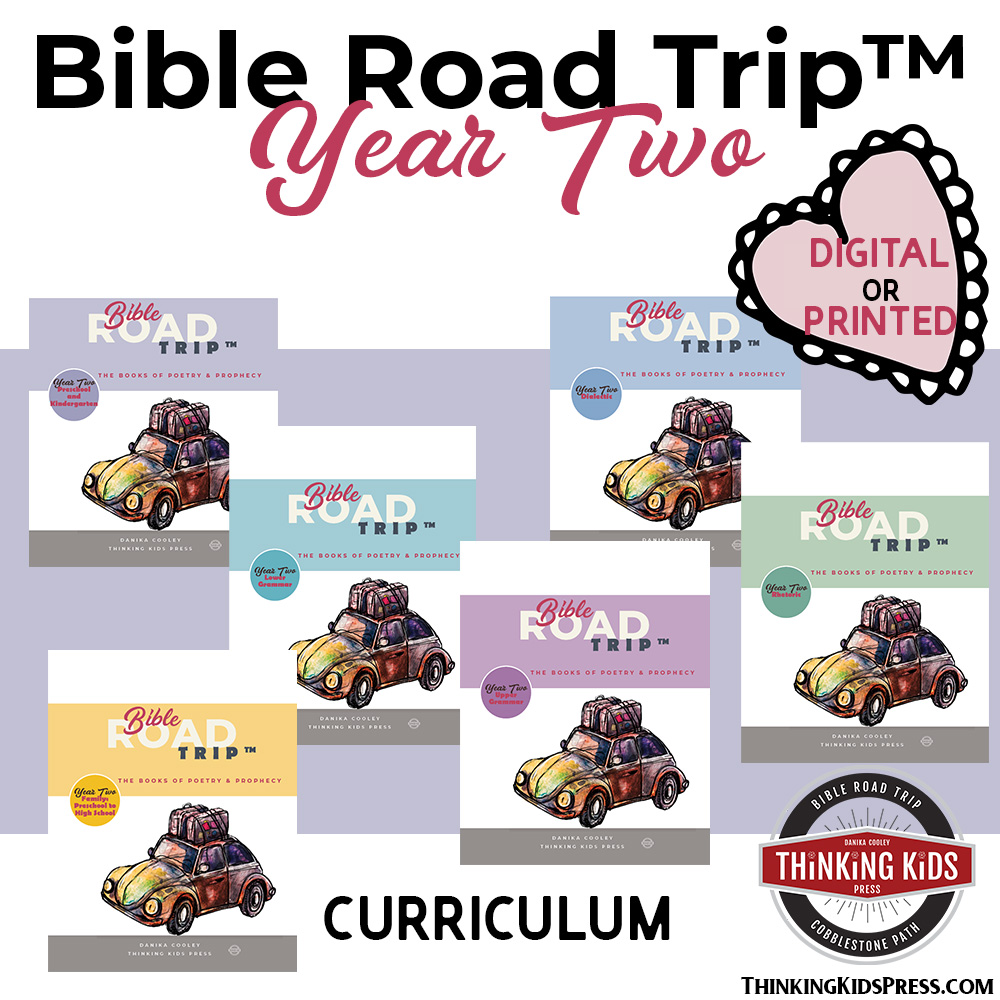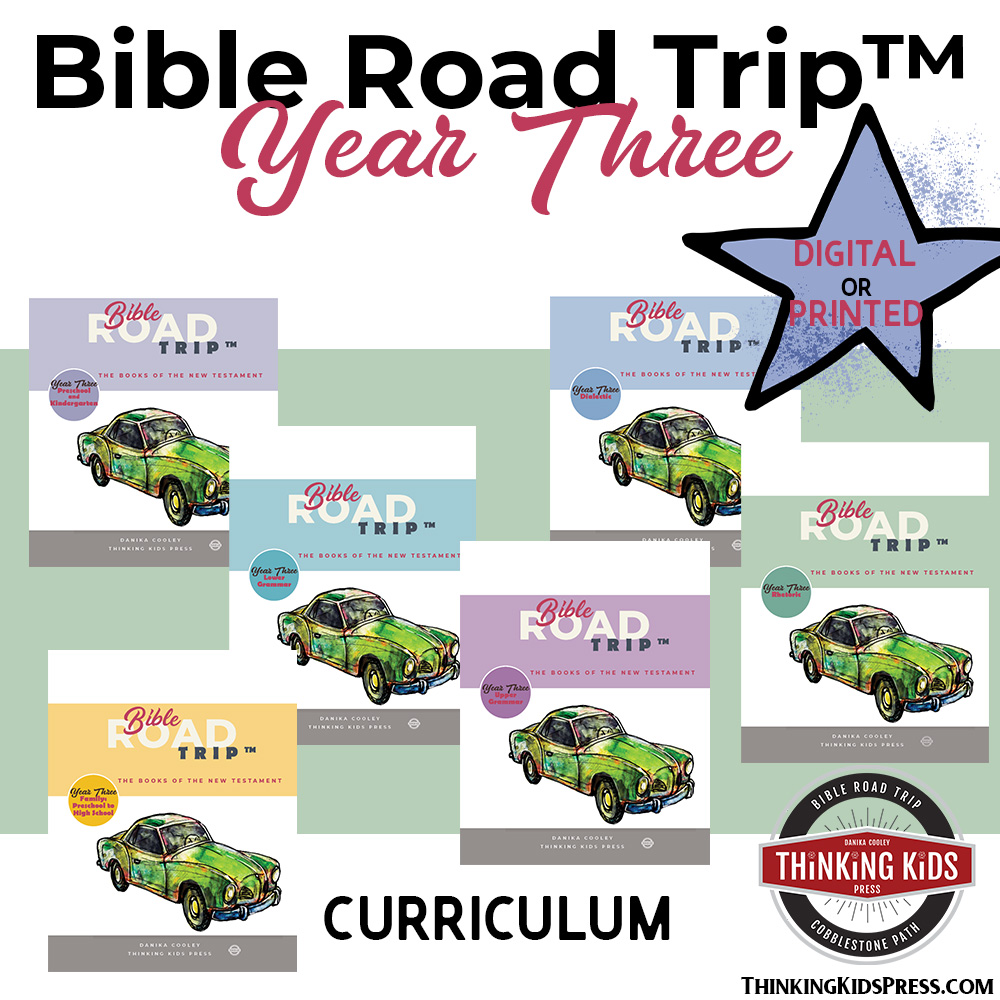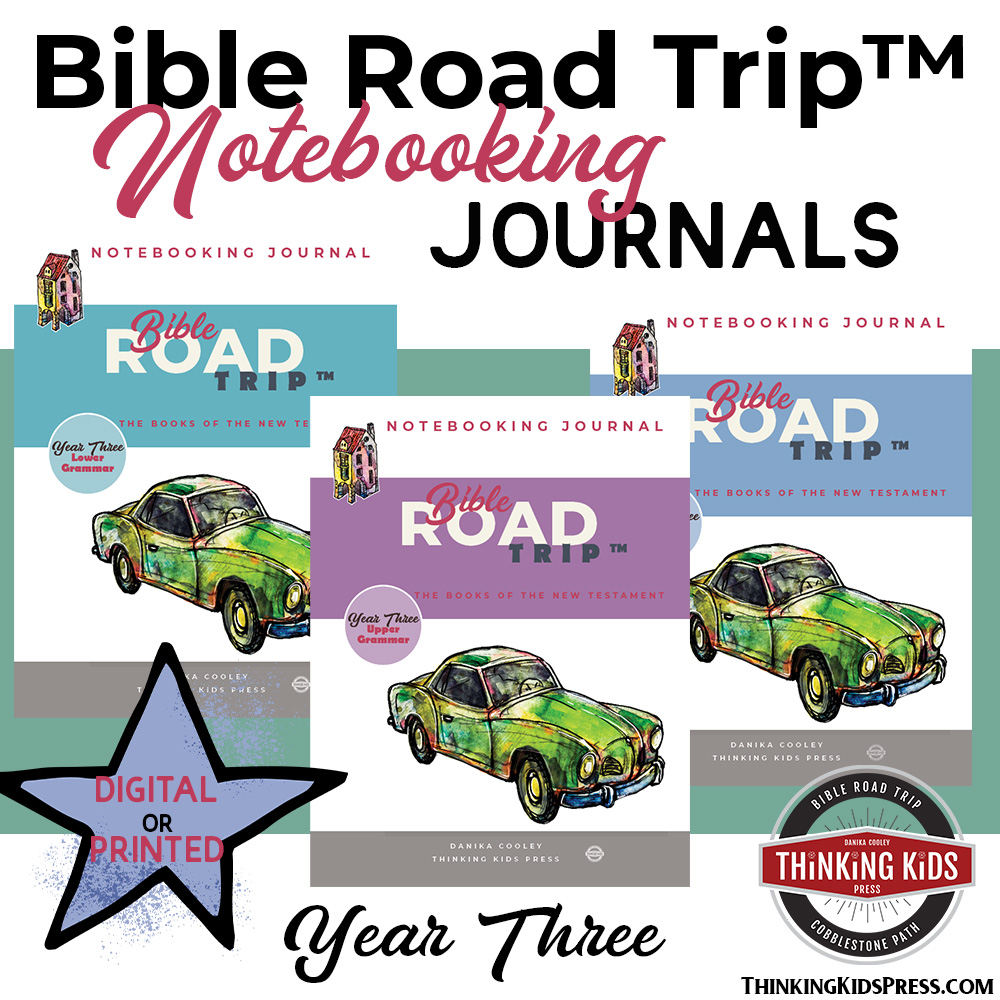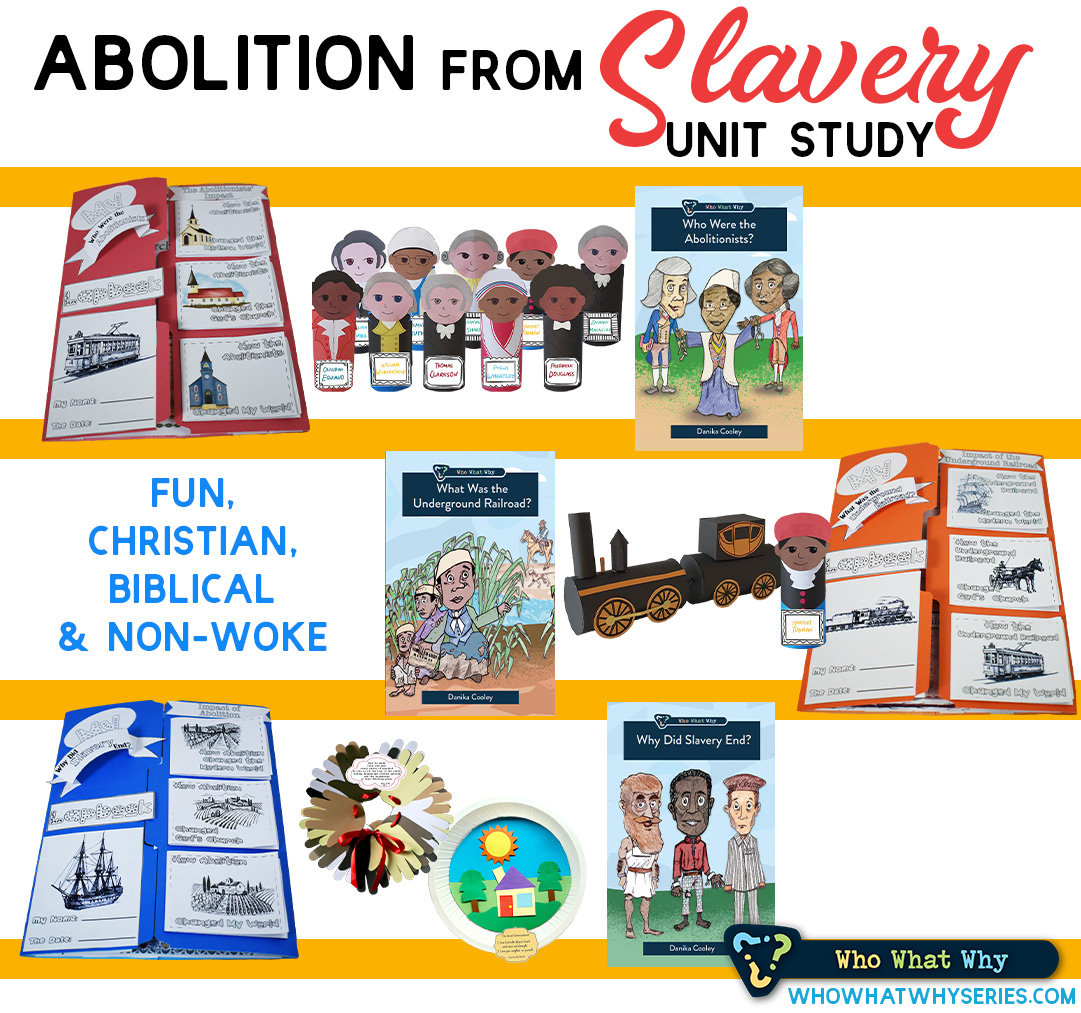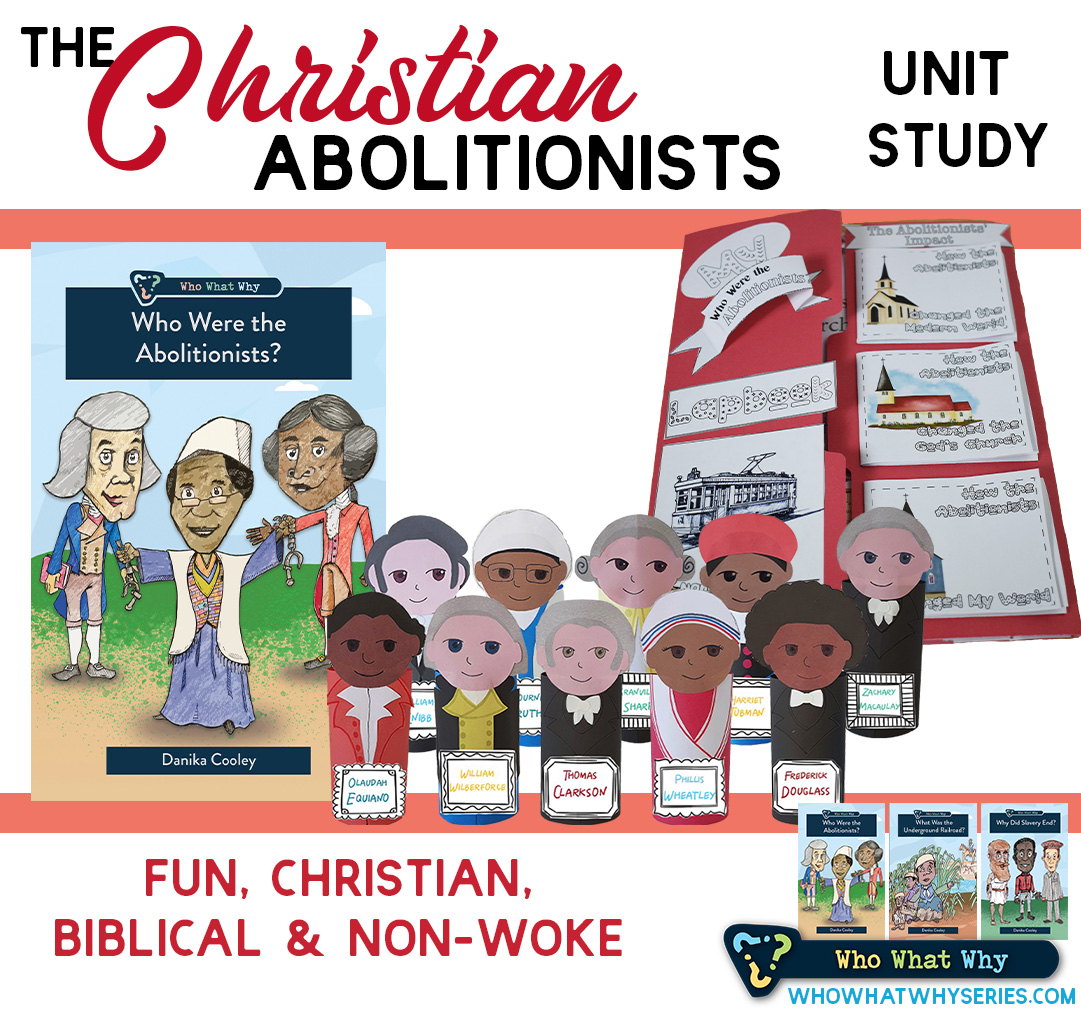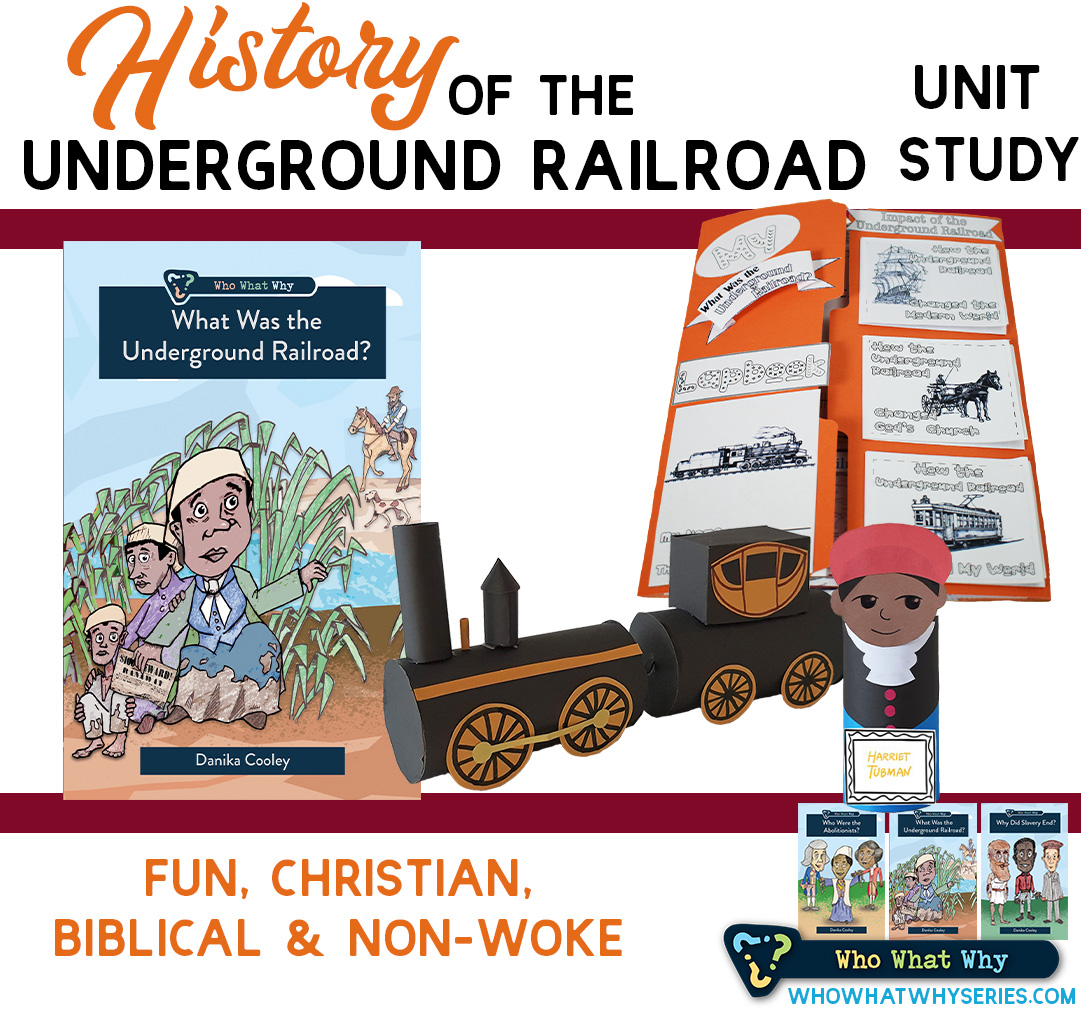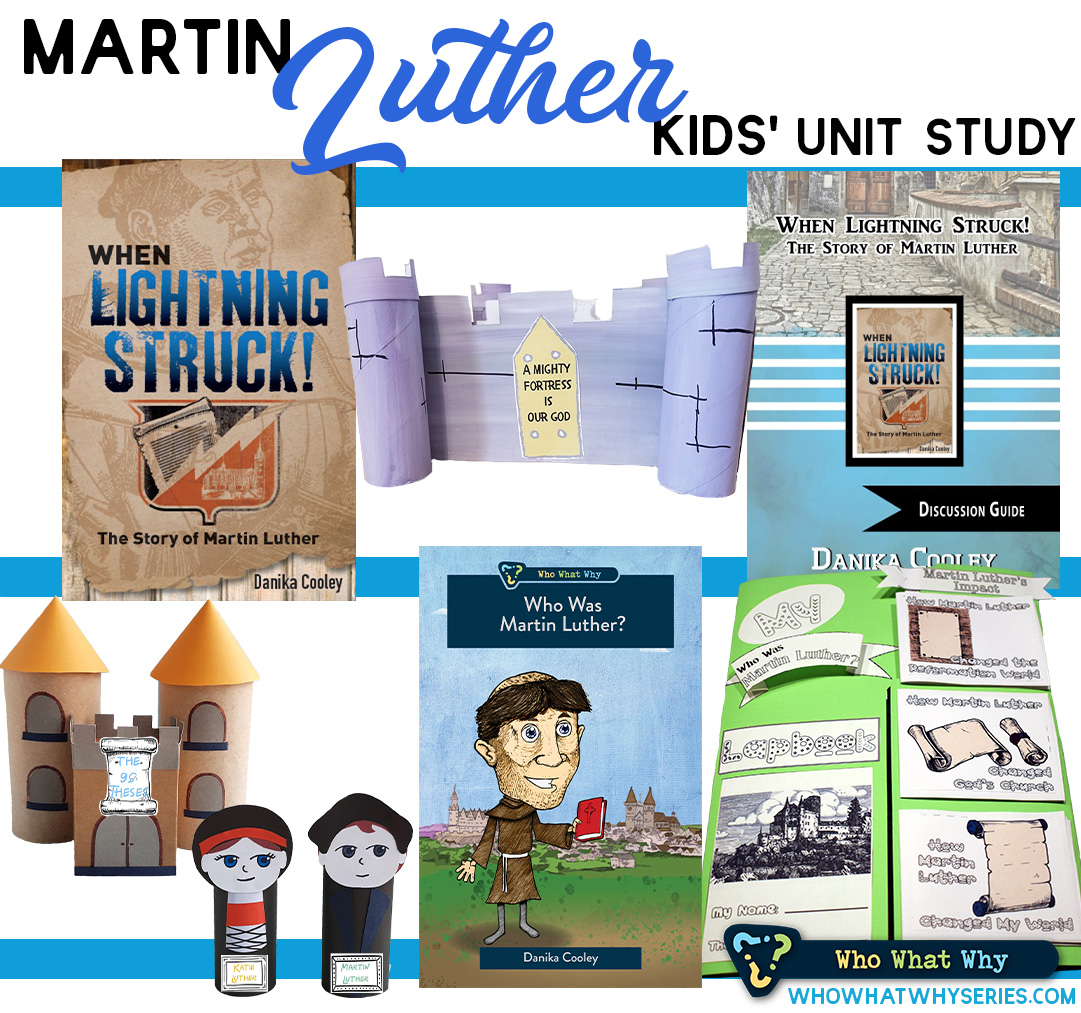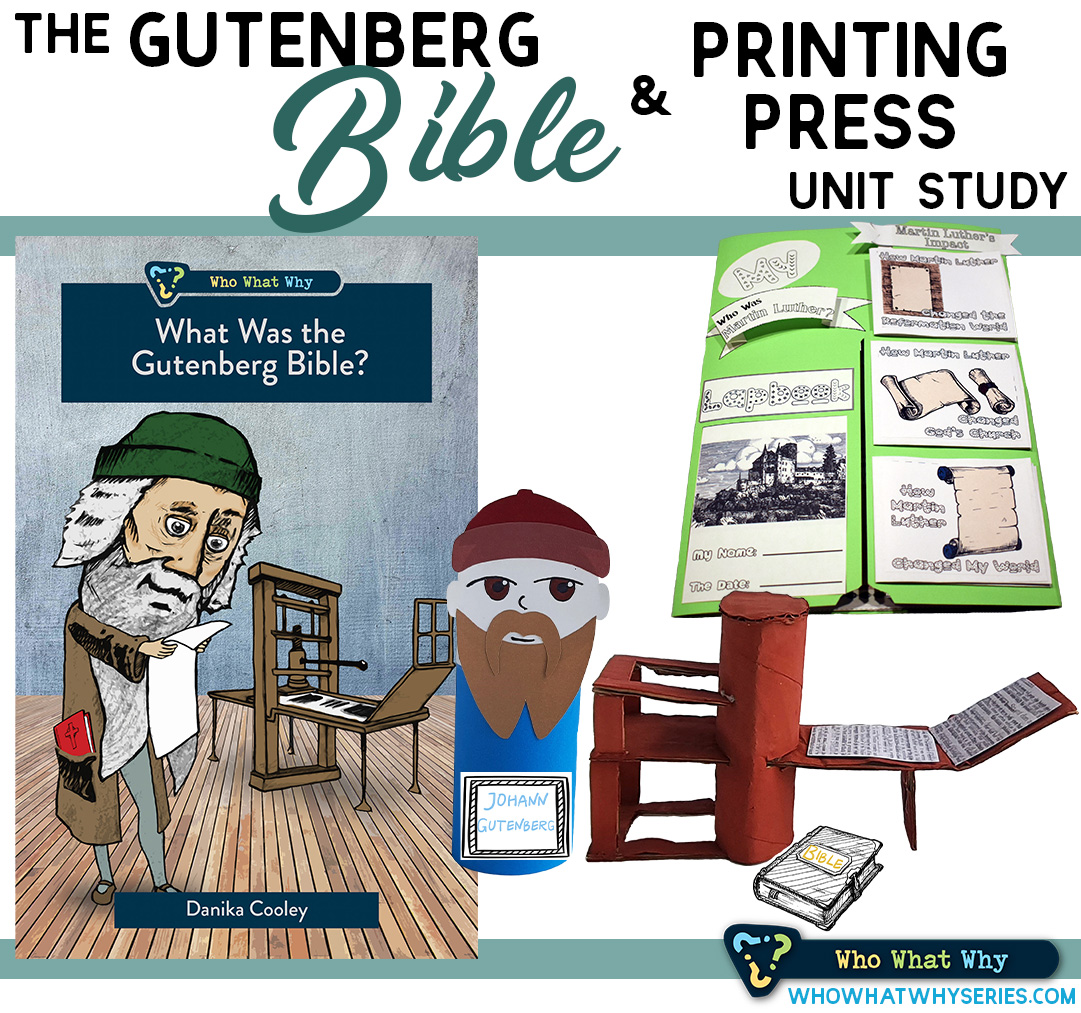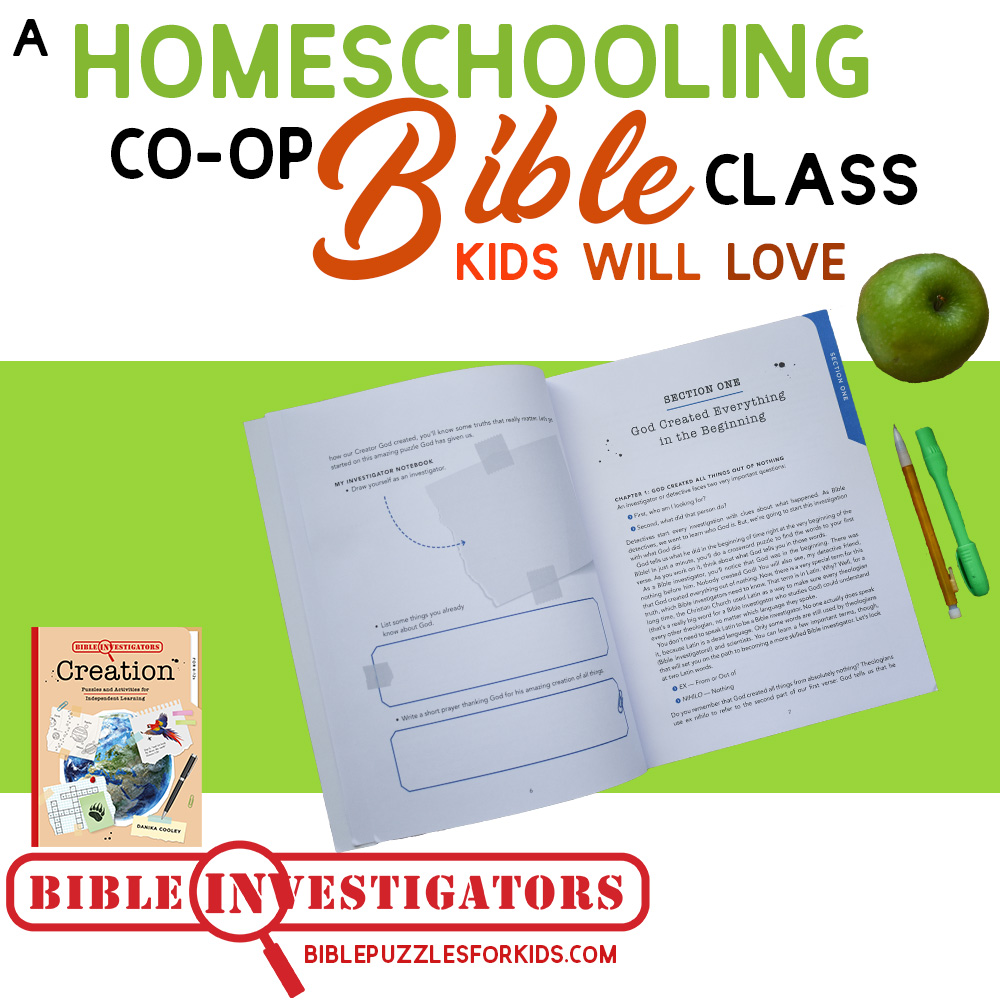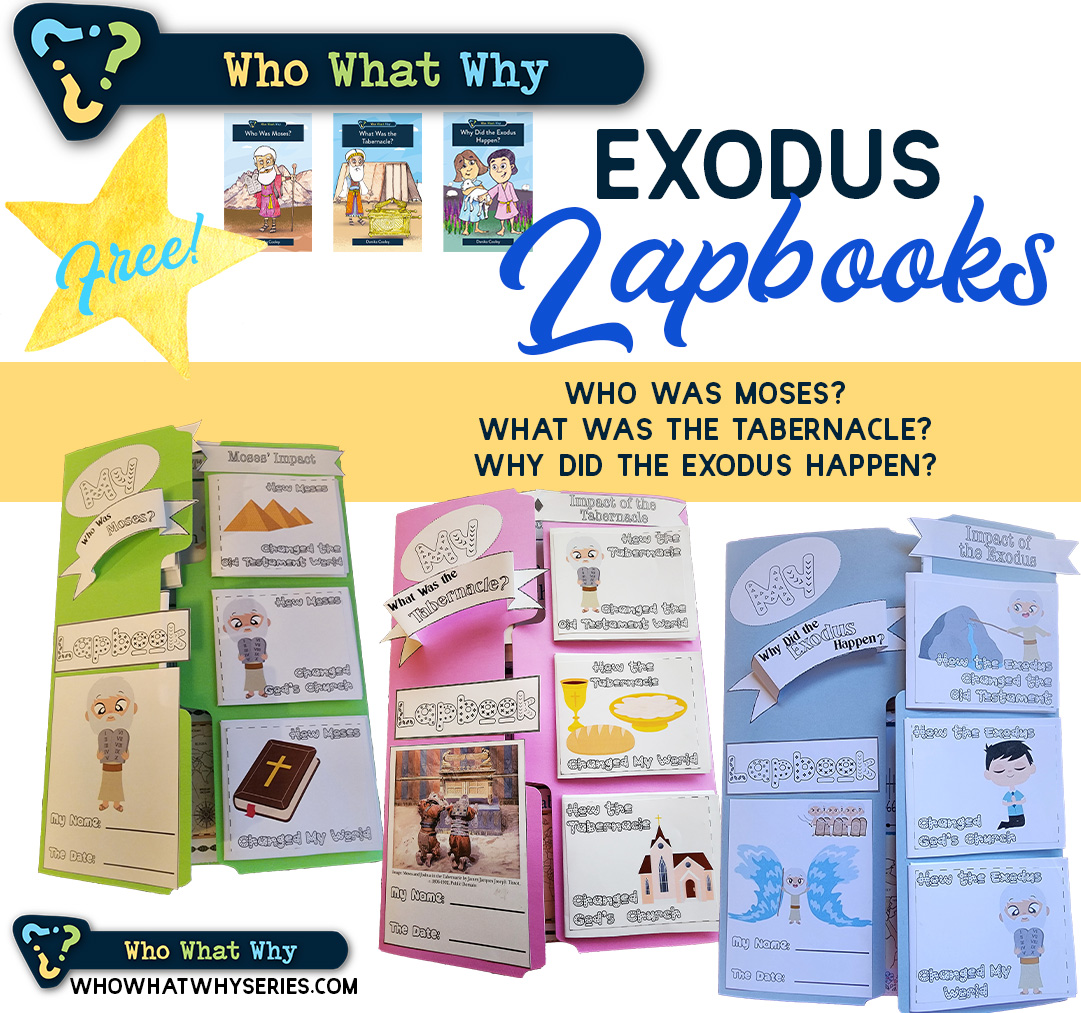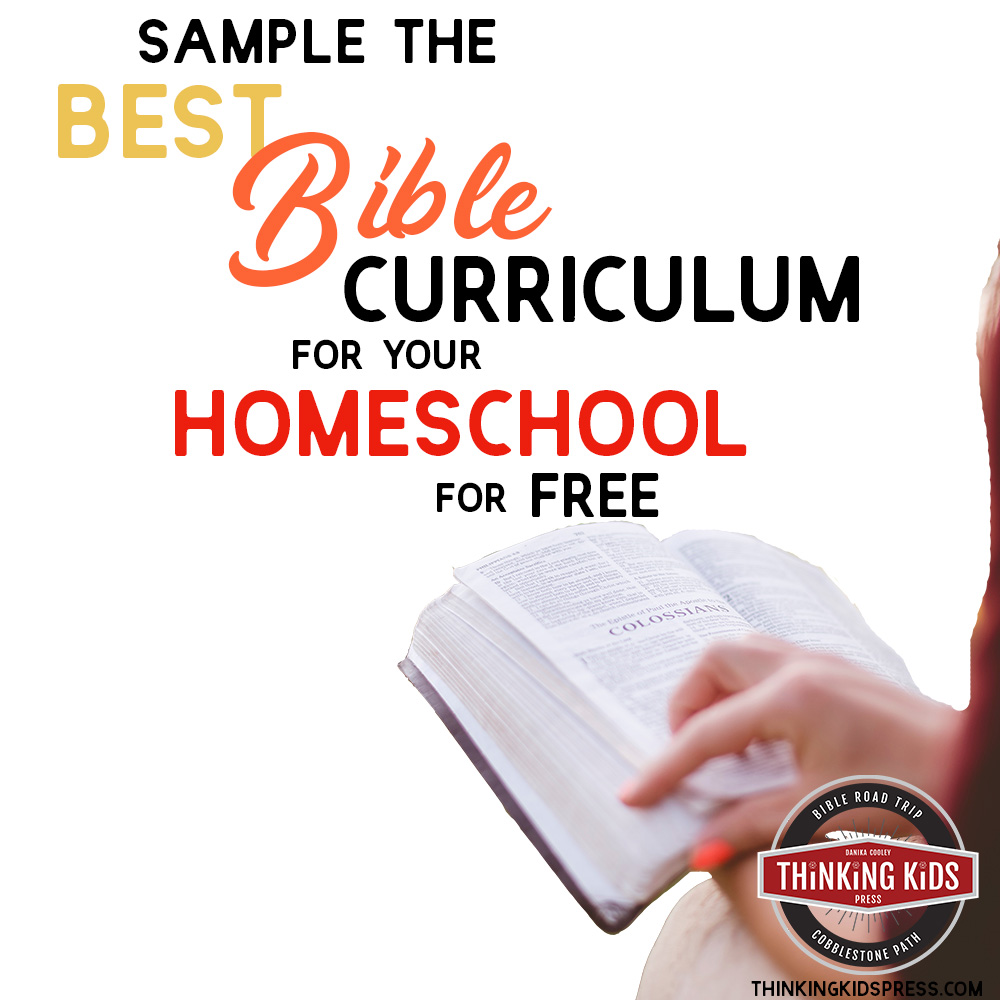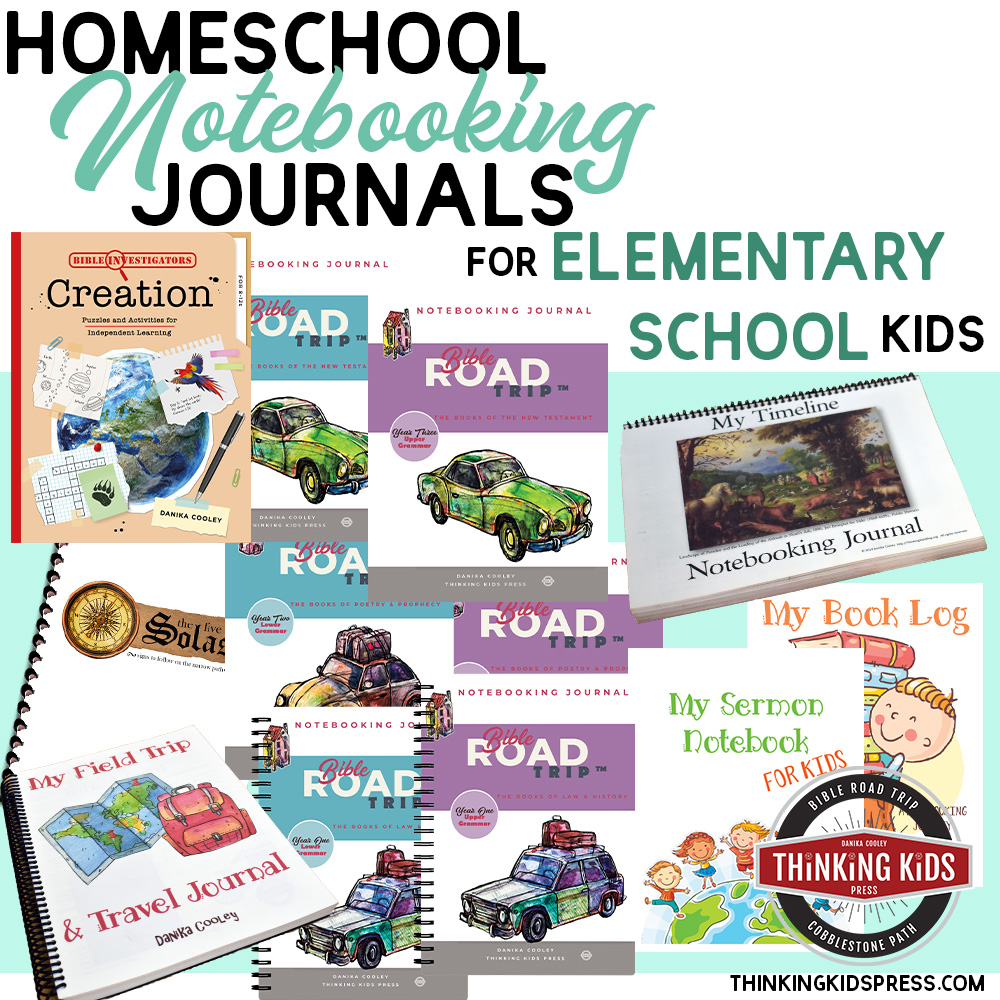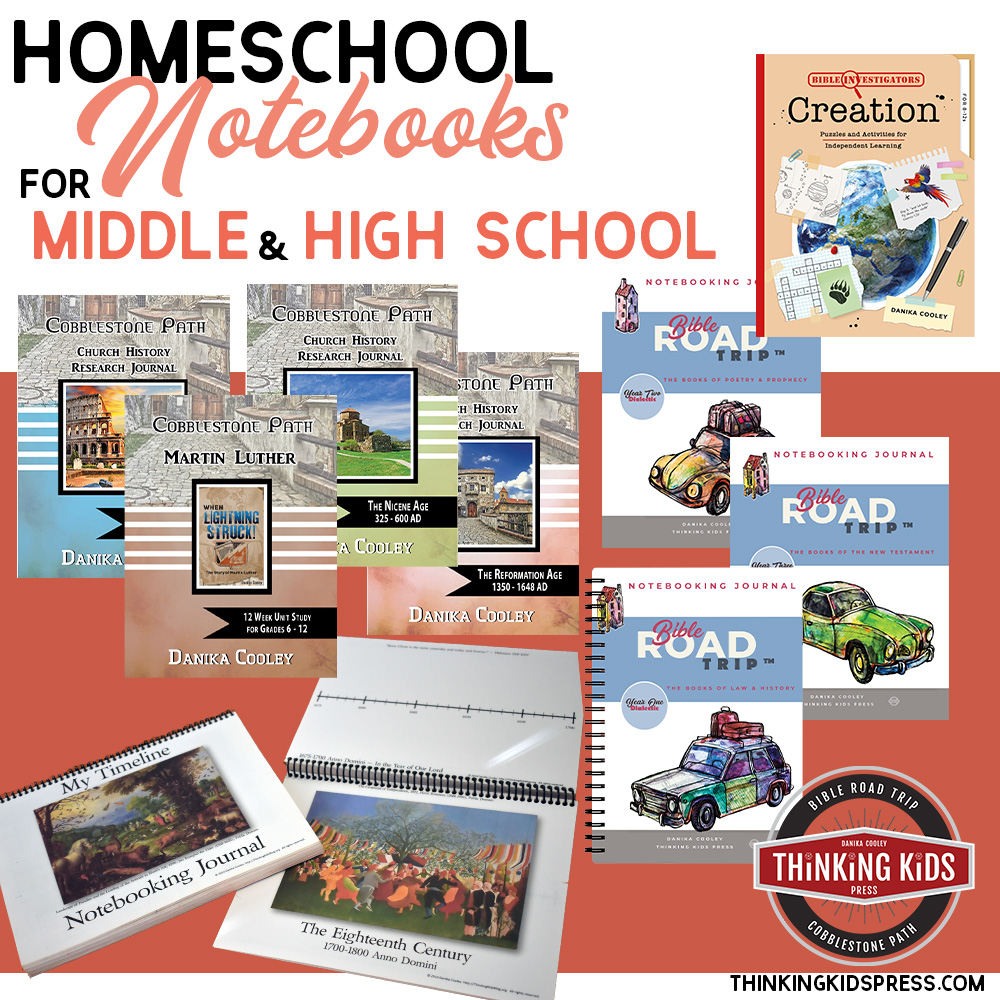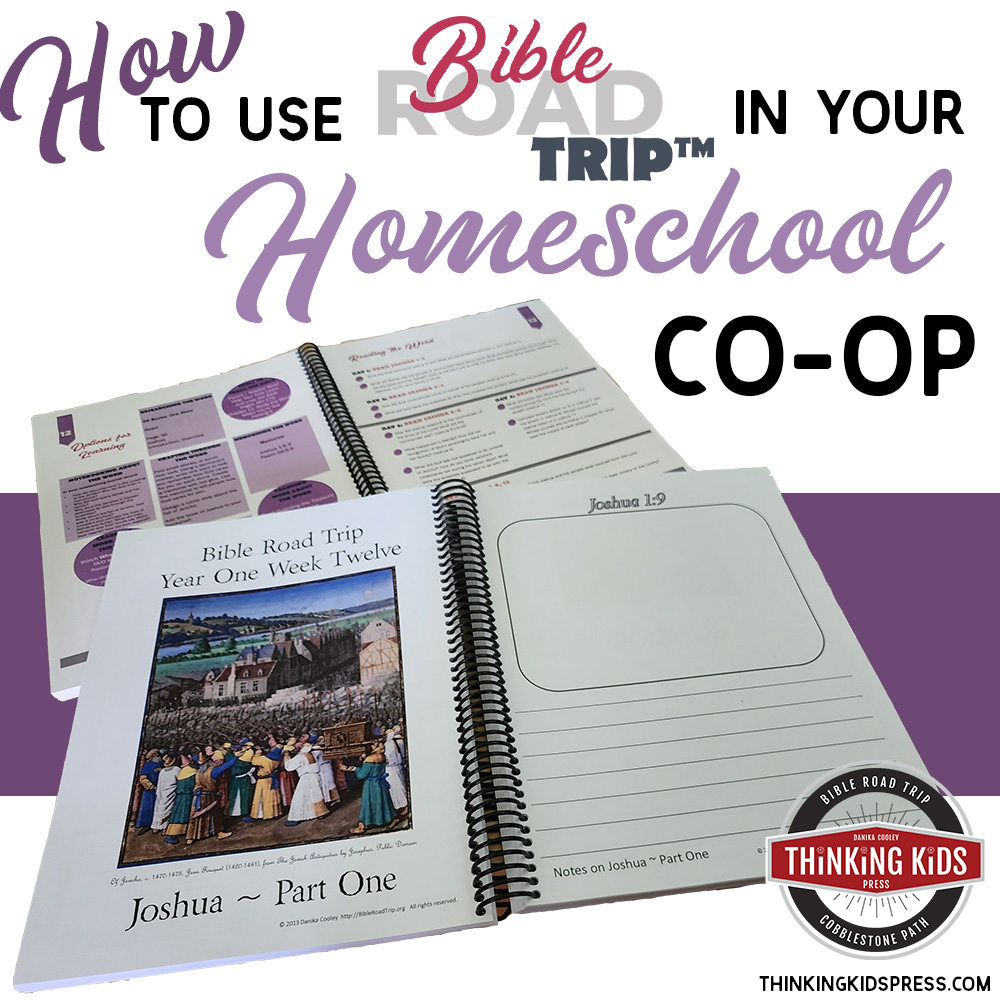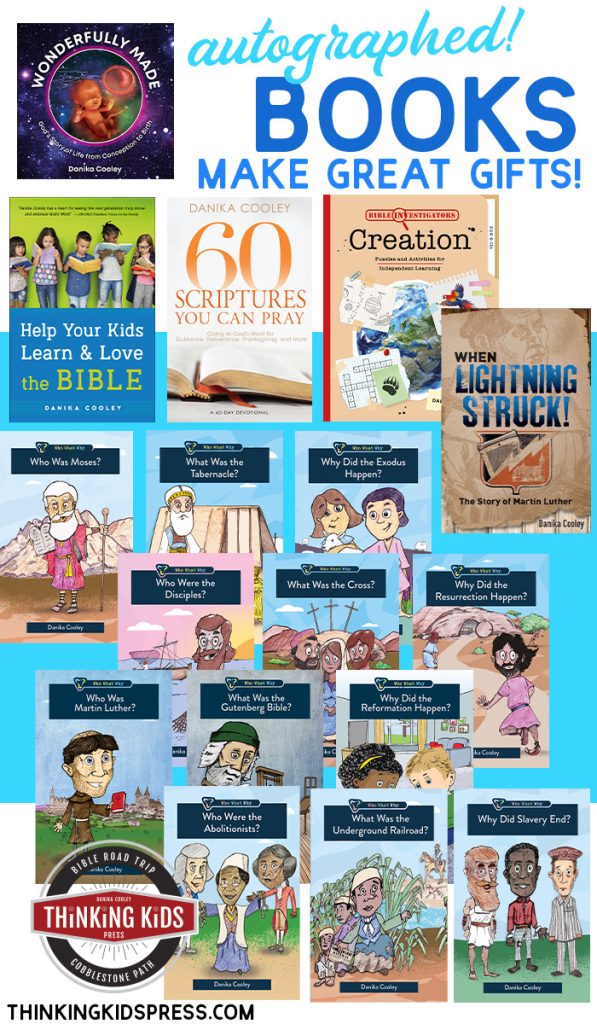Want Christian homeschool science curriculum you and your children will love? Check out three options for elementary, middle, and high school students.
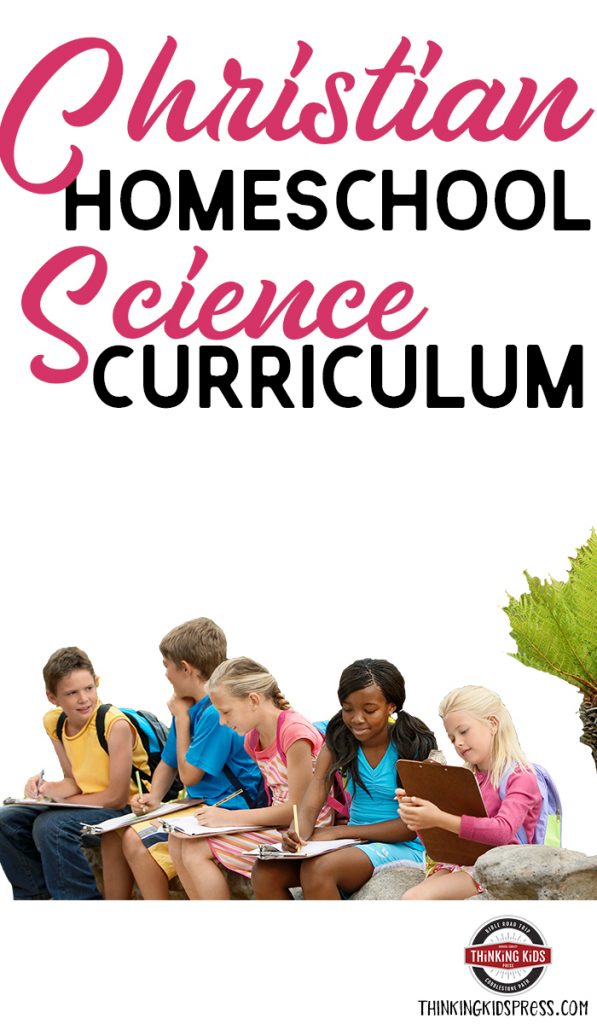
Science. The very word used to bring to mind long algebraic formulas, brain-numbing laws, and useless facts. Oh… and repetition. Lots and lots of repititious experiments.
Mind you, it’s not that I don’t have a solid background in science. I was, after all, pre-med for almost two years before I suddenly decided to become an artist. Now I write–there are so many great things to do with one’s life!
It’s just that from the very beginning for me, science was a spiral of facts and disciplines, never spending enough time in any one area to truly interest me until college. By that time, it was no longer interesting to me–it was brain-numbing. Sure, there were the occasional bright spots–like the day I caused an explosion in the lab and we had to use that awesome shower. But for the most part, science put me to sleep.
When we decided to teach our kids at home (gasp), science had me sweating. The boys wanted to be scientists, and one of the great disappointments of their little lives was that the Christian school they attended didn’t allow them more time in the incredible science lab.
How could I meet their needs? I didn’t even have a science lab!
That’s when a friend suggested Apologia Science. Oh, how I love Apologia’s elementary science series, written by Jeannie Fulbright.
We’ve gone on through high school, using amazing Creation science homeschool curriculum, all of it focused on the Creator–God, who made all of the heavens and the earth and everything that holds it all together. We added some really fun resources, and used other curriculum to supplement (I mentioned that my boys LOVE science, right?).
Here are our three favorite homeschool Creation science companies, and the resources I suggest.

Elementary Homeschool Science Curriculum
1) Apologia Exploring Creation Series
We used all of the Apologia Exploring Creation series, except for Chemistry and Physics, because it was published after our kids had already moved on to middle school science. We loved notebooking with their notebooks as well!
What do I love about Apologia elementary homeschool science curricula? Let me give you a list:
- It focuses on God and His design of creation.
- It is in-depth, and kids come away with quite a bit of knowledge in the area they’ve studied.
- It’s fun and interesting.
- We can do it together as a family, rather than individually studying science at different levels.
- The experiments use regular household items, and almost always work. When they don’t (only twice), I am quite certain the failure is mine, as it was the day I caused that nifty lab explosion.
- There are about 14 lessons, so at two days a week, we could cover a book in 28 weeks. We’ve also sometimes did a lesson a week (rather than every two weeks), but my kids tended to get really involved in whatever we were studying, so it was nice to have extra time. For example, oncewe spent an entire morning “birding” in our backyard. They were so excited! Even at an early age, they were using technical language and classifying birds according to the rules of taxonomy.
- The accompanying notebooking journals are fantastic. (There are also junior notebooks, but we haven’t used them). They’re fun, they’re colorful, and they reinforce everything we were learning. Once, my boys spent an entire day gathering different leaves, classifying them, and taping them in their notebooks. They also journaled three pages worth of information about different types of nests. They had so much fun. The journals also have vocabulary crosswords, places to take notes, projects, experiment pages, copywork, minibooks, and a unit test.
- The kids can also make their own notebooks if they wish.
- When there is something humans just don’t know about science, Jeannie Fulbright–the author–is quick to point it out. When there is evidence against evolution and for creation, she is quick to point that out as well.
In elementary school, the boys drew pictures in their journals while I read aloud. At the end of each little section, I paused, we discussed, and they took notes. That usually took two of the four days we spent on each lesson. We spent another day working on written review (minibooks, a vocab crossword, etc), and the fourth day covered an experiment, and sometimes an additional activity.
Exploring Creation With Astronomy (Young Explorer Series) (Young Explorer (Apologia Educational Ministries))






A 272-page puzzle-based Bible study on the doctrine of Creation for 8-12 year olds? Yes, please! Grab your free sample here!
2) Berean Builders by Dr. Jay Wile
This series by Dr. Jay Wile (who wrote many of Apologia’s middle and high school science curricula) was published after my boys were out of elementary school. The set looks wonderful, and covers science in a historical manner.
The series is described as: “A hands-on, multilevel elementary science series that introduces scientific concepts using history as its guide. Because each lesson is built around an activity or experiment, it is engaging for all K-6 students. In addition, there are three levels of review for each lesson, so the parent/teacher can choose the depth at which each student is expected to grasp the material. The course contains roughly 90 hours of instruction, 35 of which are composed of hands-on activities.”
I love that! I’m already a fan of Dr. Wile’s, as we used all of his materials for our middle and high school science.
Wondering how presenting science in the context of history works out? Here’s the description of the first book: “The beginning of history is given in the Bible’s creation account, and this book uses the days of creation as a way of introducing a wide range of scientific concepts including the nature of light, energy conservation, the properties of air and water, introductory botany, our solar system, basic zoology, and some aspects of human anatomy and physiology. As the students learn about these scientific concepts, they are constantly reminded of the Creator who fashioned the marvels they are studying.”
I think this sounds like a wonderful option for studying science.
Science in the Beginning: Textbook + Hints and Helps (Teacher’s Guide) Set by Jay Wile




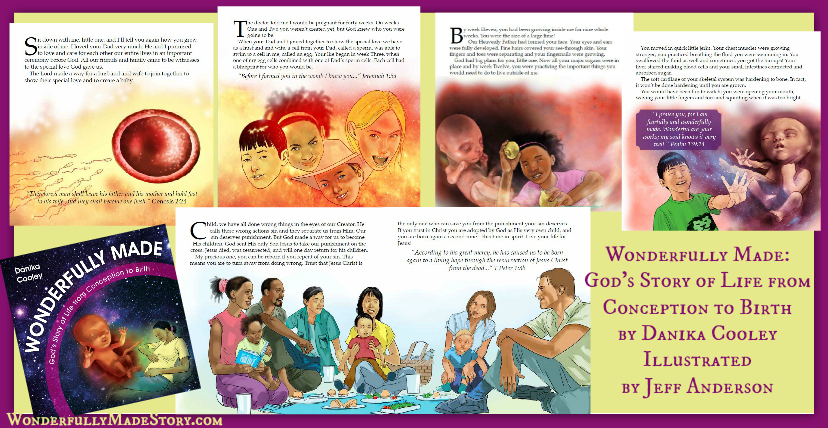
Check out God’s story of life from conception to birth with your elementary aged kids!
3) Master Books
We have really enjoyed the science resources from Master Books. Their books come with Teacher Guides and can be used as curriculum.
I personally think the MB line of science resources is less intense than Apologia resources (and than I suspect Berean Builders curriculum is). We added their resources to our readings because they are gorgeous and informative. They were so much fun to read! I loved this anatomy set by Dr. Lainna Callentine.
Elementary Anatomy: Nervous, Respiratory, & Circulatory Systems Teacher Guide (God’s Wondrous Machine)


Middle School Homeschool Science Curriculum
1) Apologia by Dr. Jay Wile
We continued using Apologia resources in Middle School. Our kids enjoyed using both General Science and Physical Science, and they set up a great foundation for high school science. Each was an overview of a broad range of subjects.
Exploring Creation with General Science


2) Master Books
We love the resources available from Master Books. The Wonders of Creation series was perfect for adding to our studies in late elementary / early middle school. In middle school the boys also read The Exploring series by John Hudson Tiner.
Both series are wonderful. You can purchase parent teacher guides, or just allow your kids to read these fascinating books. If your kids aren’t on a science-heavy track, I think these are perfect.
For kids like ours, who wanted lab-based science, and as much knowledge as they could get their hands on, these were all wonderful additions to our library and to the middle school years. Master Books, like Apologia and Berean Builders, gives glory to the Creator while kids learn about the creation.
The Mineral Book (Wonders of Creation)














High School Homeschool Science Curriculum
1) Apologia
Just as we loved Apologia for elementary and middle school, we’ve loved it for high school as well. The course work takes about 3-4 hours each week, with a module requiring 2 weeks of labs. This is a wonderful program for college-bound kids who care about science.
We love to use the notebooks with our work. The boys are doing Health and Nutrition this year (along with chemistry), and the student notebook is necessary to complete that course. They are doing the course at the same time they’re doing Discovering Design with Chemistry*, and the workload has been fine.
The boys are currently studying for the Biology CLEP test to earn college credit, and we haven’t encountered many concepts they didn’t cover in Apologia’s Exploring Creation with Biology 2. We’re very happy with this curriculum!
*Note: We are using Dr. Wile’s Discovering Design with Chemistry from Berean Builders. He felt there were serious issues with the 3rd edition of his Apologia Chemistry book after he left the company, so he wrote one for Berean Builders (his own company). We decided to use the Berean Builders text instead.
Exploring Creation with Biology







2) Berean Builders by Dr. Jay Wile
Again, we’ve used Dr. Wile’s Discovering Design with Chemistry as a replacement for his Apologia text, which he felt was impacted negatively by revisions made by the company once he left.
Discovering Design with Chemistry Textbook
3) Master Books
We haven’t tried the high school level science curriculum from Master Books, but I suspect it’s wonderful. It’s a Creation Science option worthy of checking out!
Building Blocks in Earth Science



Looking for more Creation Science resources? Check out our lists of books for kids and teens!
Books Make Great Gifts!
Teach Your Kids the Bible with Bible Road Trip™

Bible Road Trip™ is a three-year Bible survey curriculum. Take your family through the Bible five times from preschool to high school.
To help you get the most out of your studies, Bible Road Trip™ has an array of coordinating weekly activities:
- Researching the section of the Bible you’re studying
- Reading and discussing the Bible
- Memorizing Scripture
- Notebooking about your studies
- Praying for the nations
- Suggestions for further study
- Crafting about what you’ve learned
- For your older students: A project to share what they’ve learned
- Bible Road Trip™ also has some great tools you can use along with it, such as:
- Notebooking Journals for grades 1-9. Want a structured notebooking journal for high school? Don’t hesitate to use the Dialectic journal (grades 7-9).
- Bible Memory Card Sets for all five levels of study, preschool to high school. These are available in both ESV and KJV.
Grab your Bible Road Trip™ Year One Sample Pack. You’ll get:
- The Bible Road Trip™ Parent / Teacher Guide.
- The first three weeks of the curriculum for all five learning levels. Week Three is where we really dive into the Bible and begin to our systematic study. Week Three will give you a good feel for the rest of the curriculum.
- The first three weeks of the Bible Memory Card sets for all five levels, in ESV and KJV.
- The first three weeks of each of the three leveled Notebooking Journals.
Grab the Sample Pack for FREE:

Disciple your kids by taking your family through the Bible together in a meaningful way!
The 2024 Practical Homeschooling® Reader Awards™ were announced in the Fall 2024 issue of Practical Homeschooling® magazine.
The Reader Awards have been a regular feature in the magazine since 1998.
Thousands of homeschoolers rank the curriculum they have used, and the products with the highest satisfaction ratings win.
Bible Road Trip™ Curriculum
Take a look inside the Bible Road Trip™ curriculum! Let me show you around:
Bible Resources for Your Kids
Learn More HereLearn More HereLearn More HereLearn More HereLearn More HereLearn More Here
More Thinking Kids Posts You’ll Love
